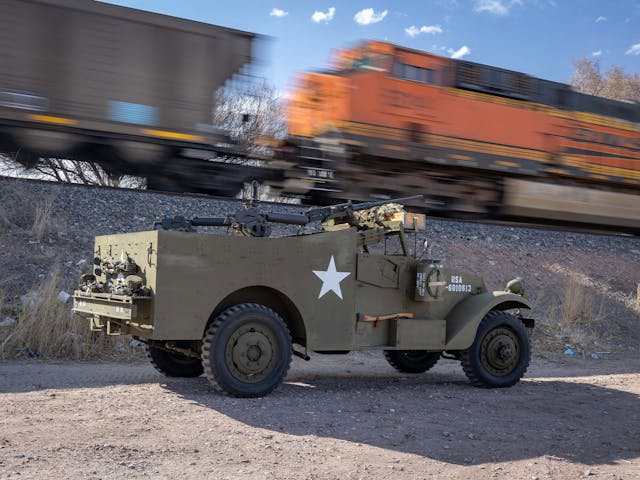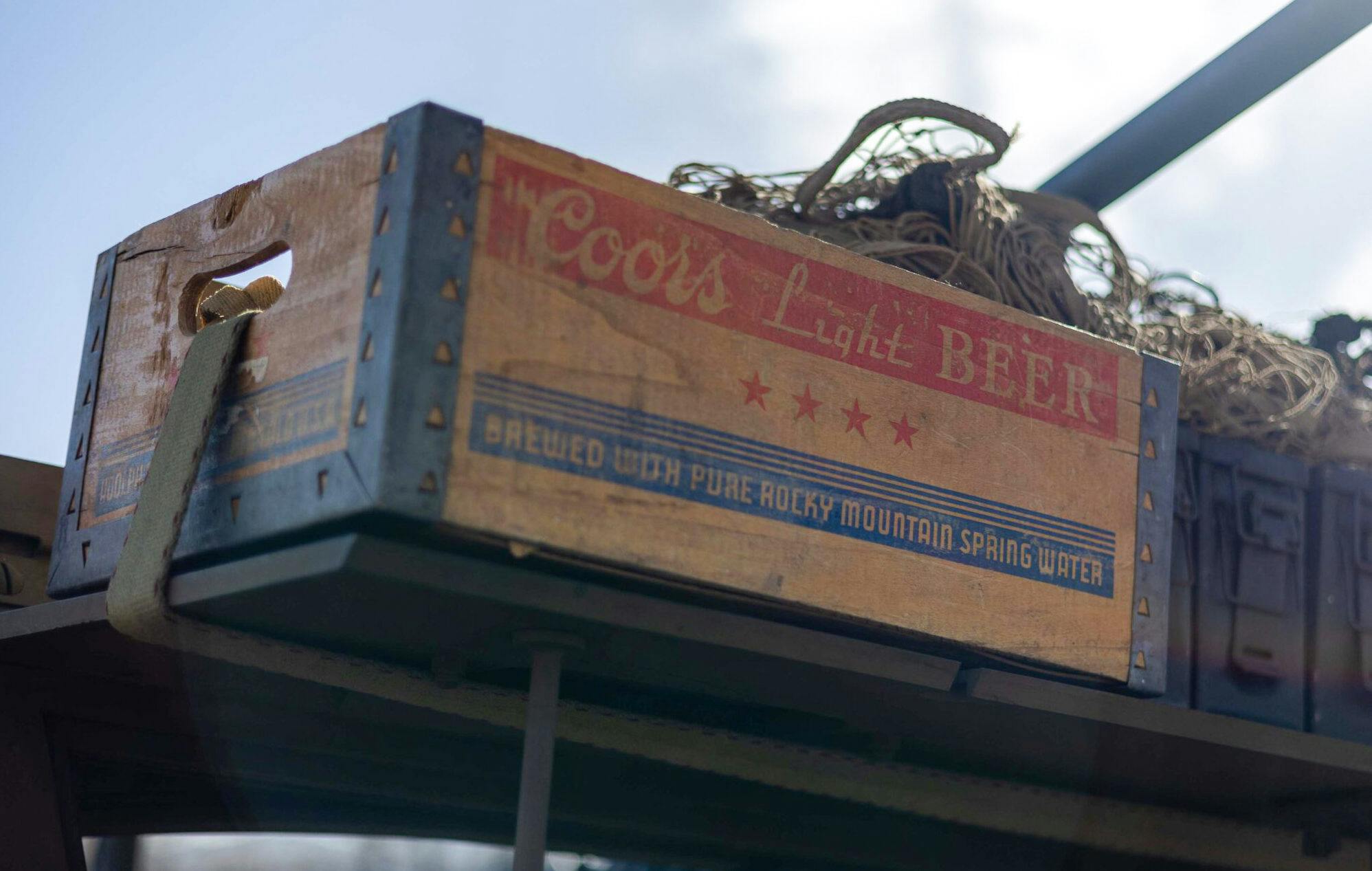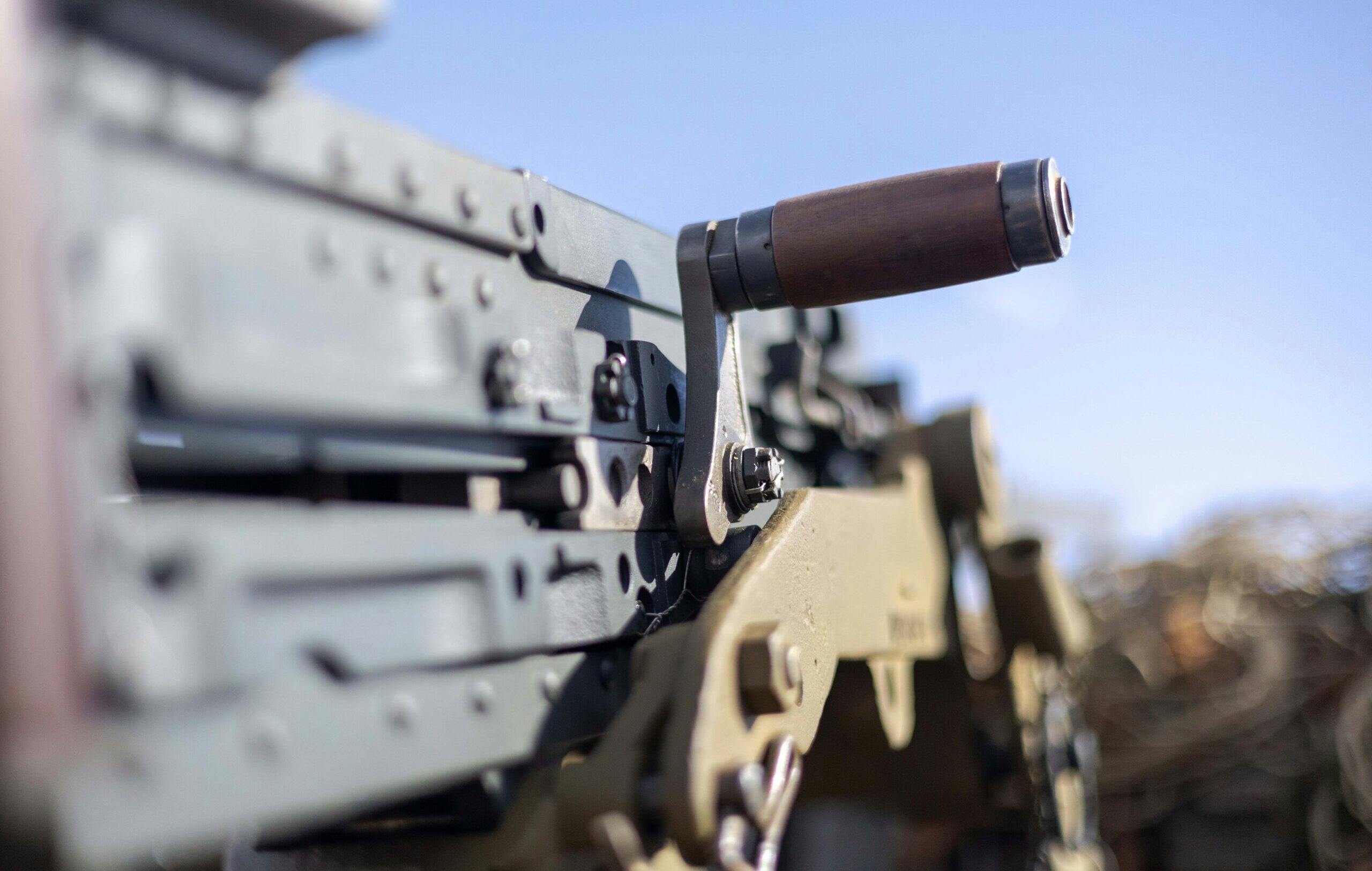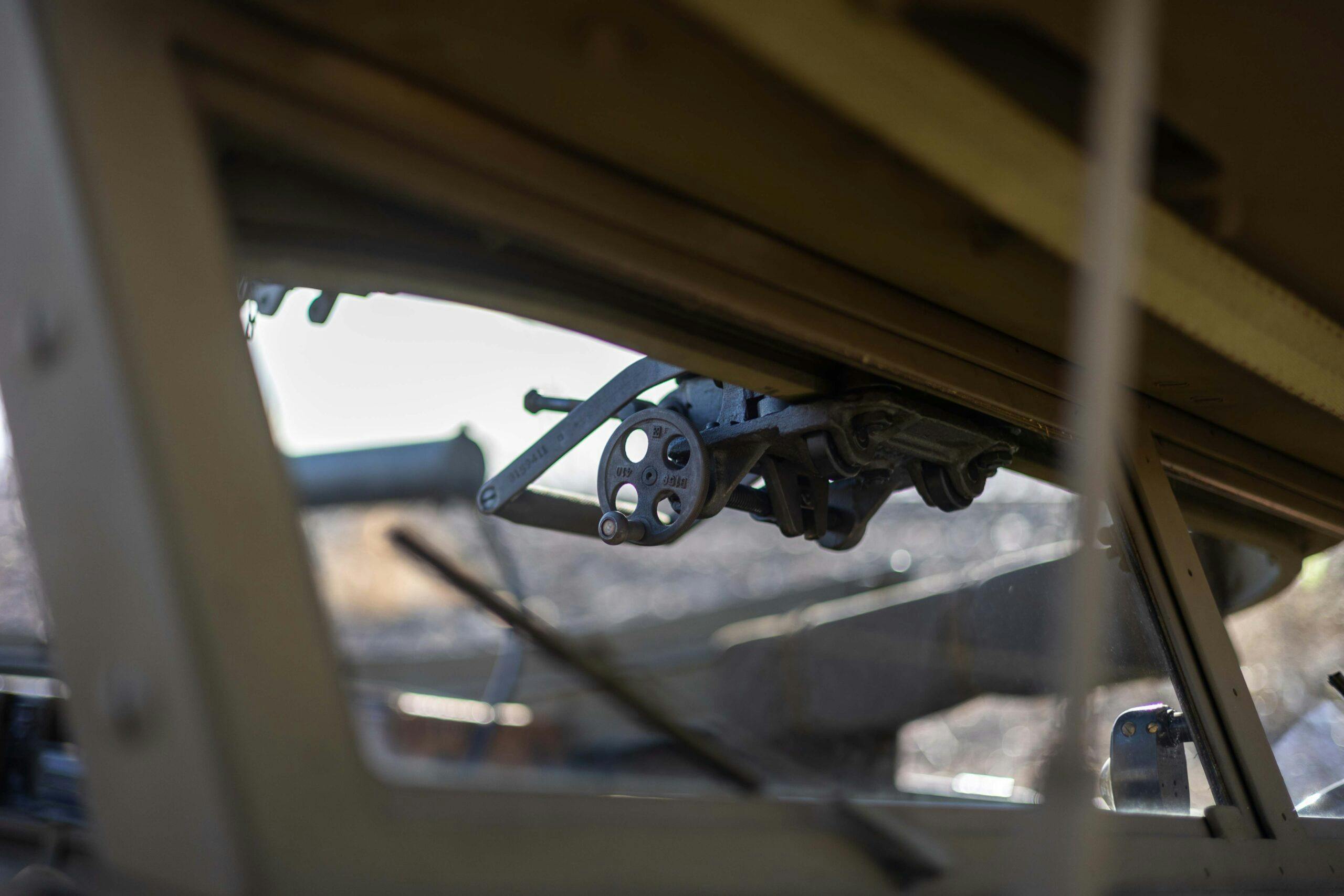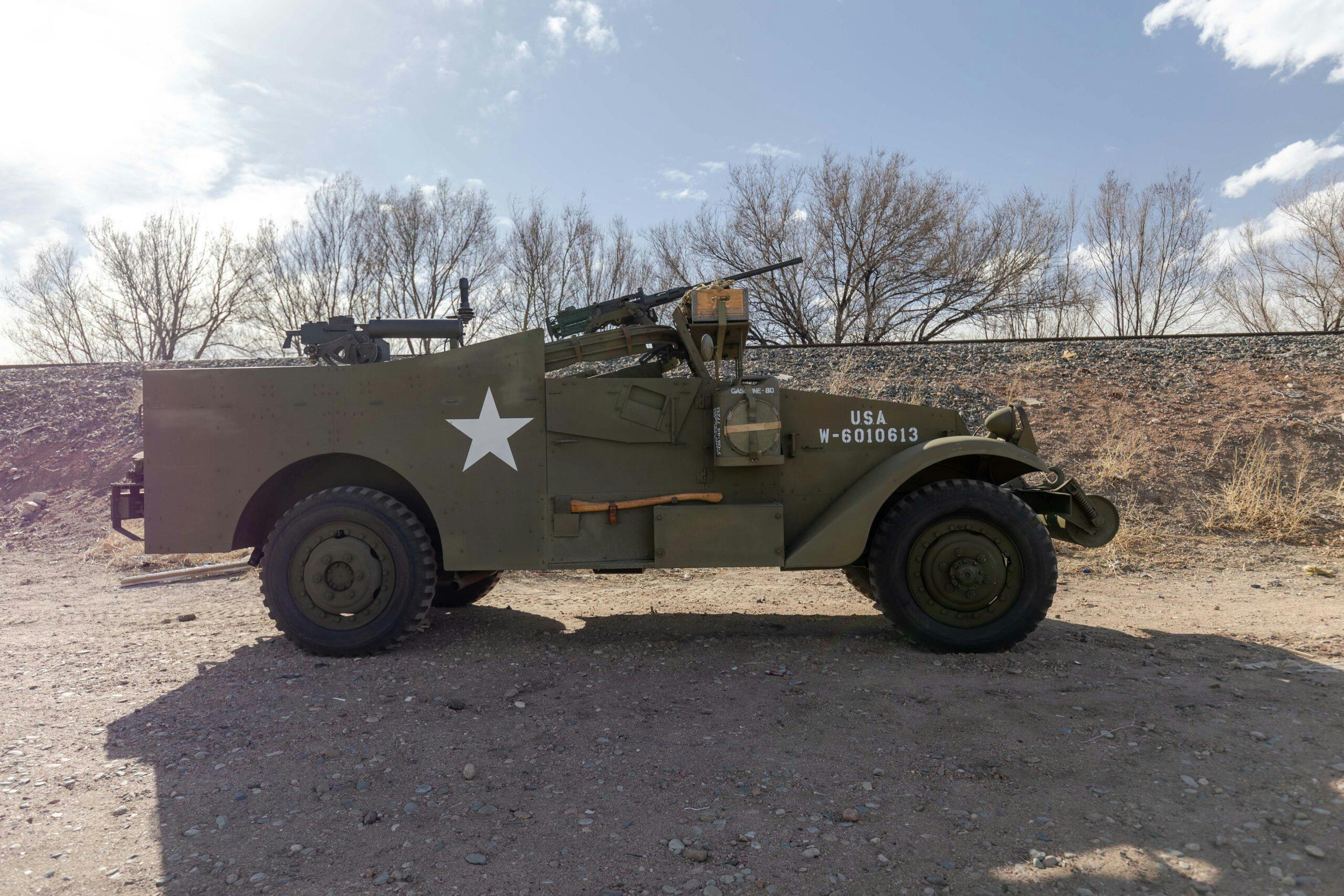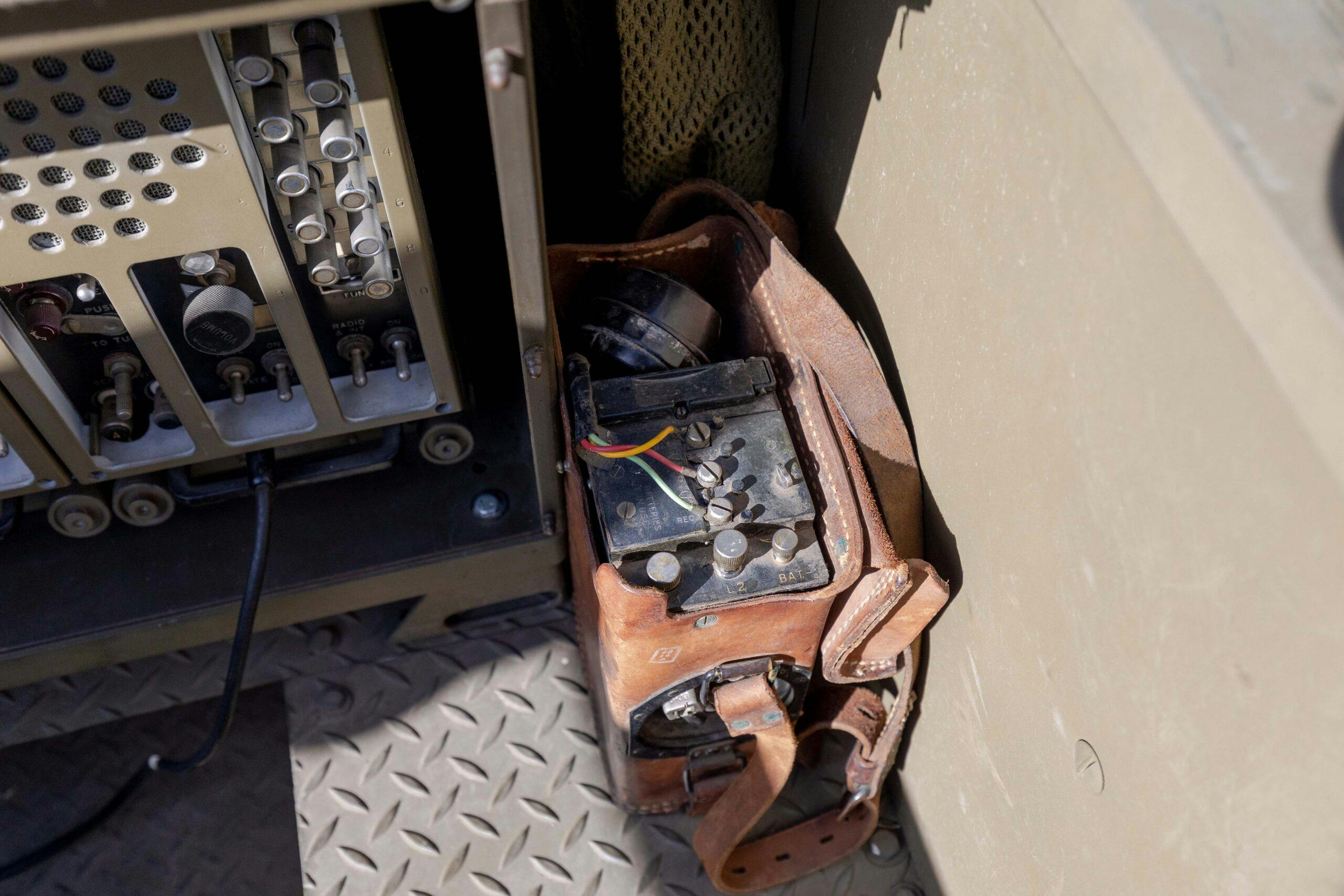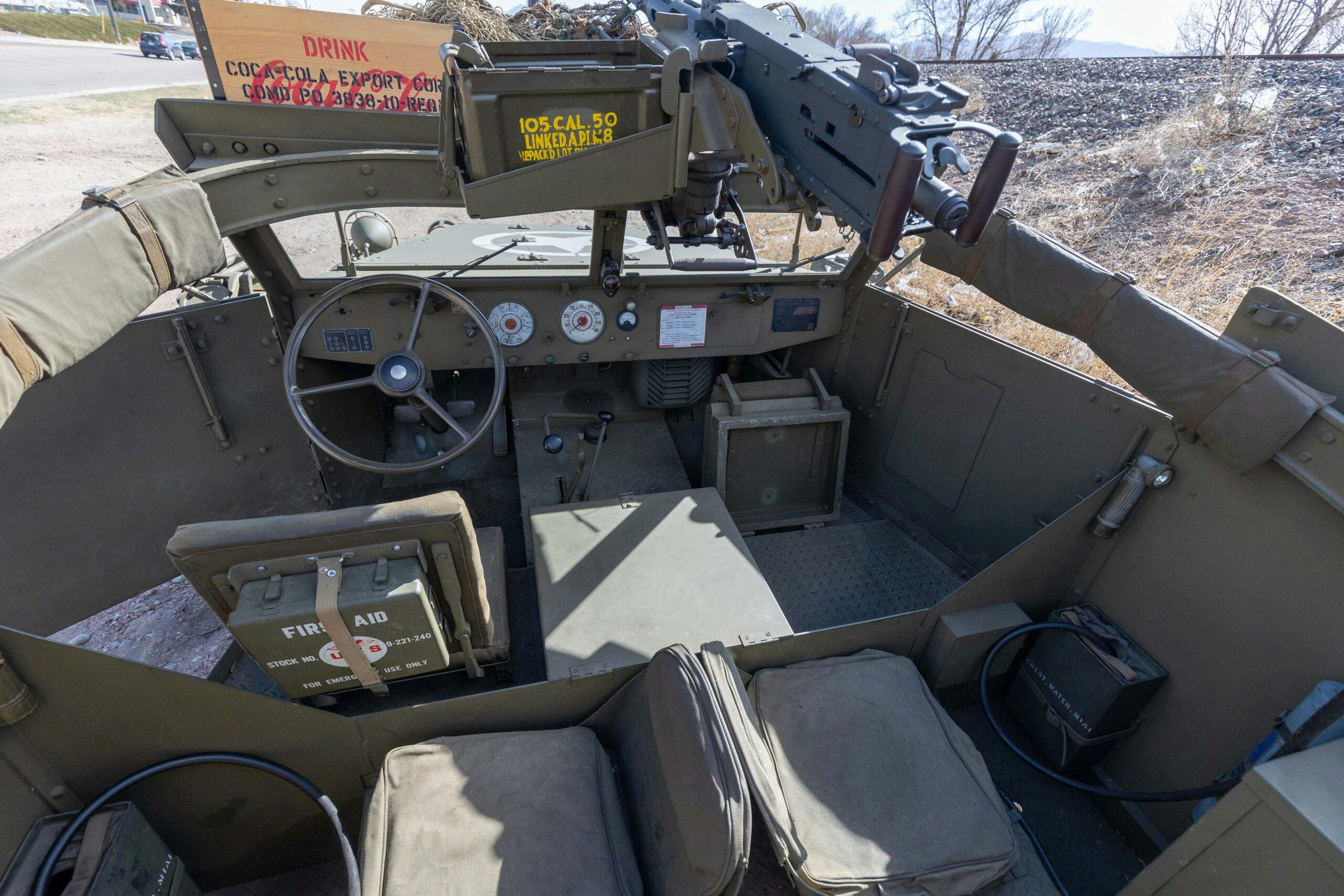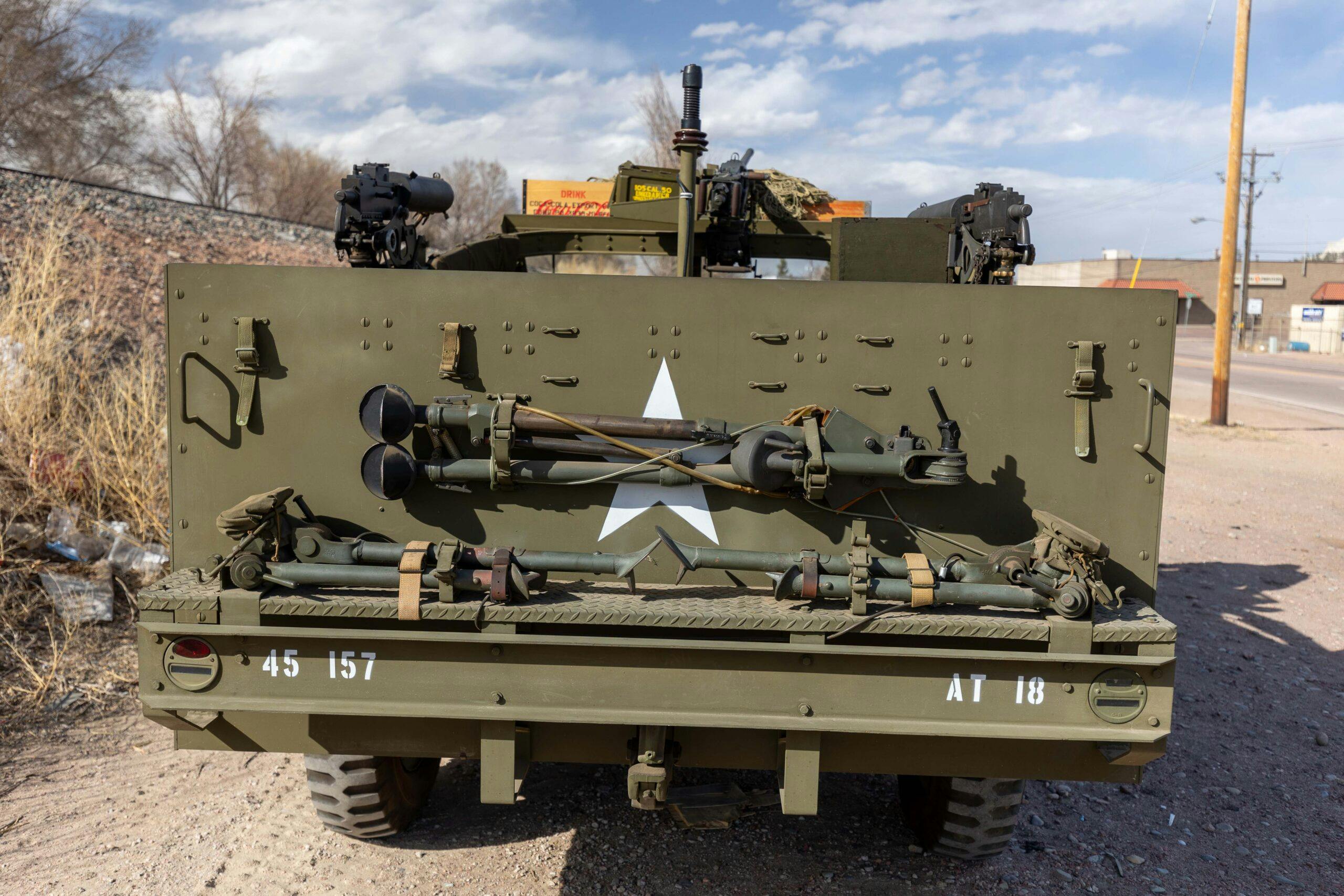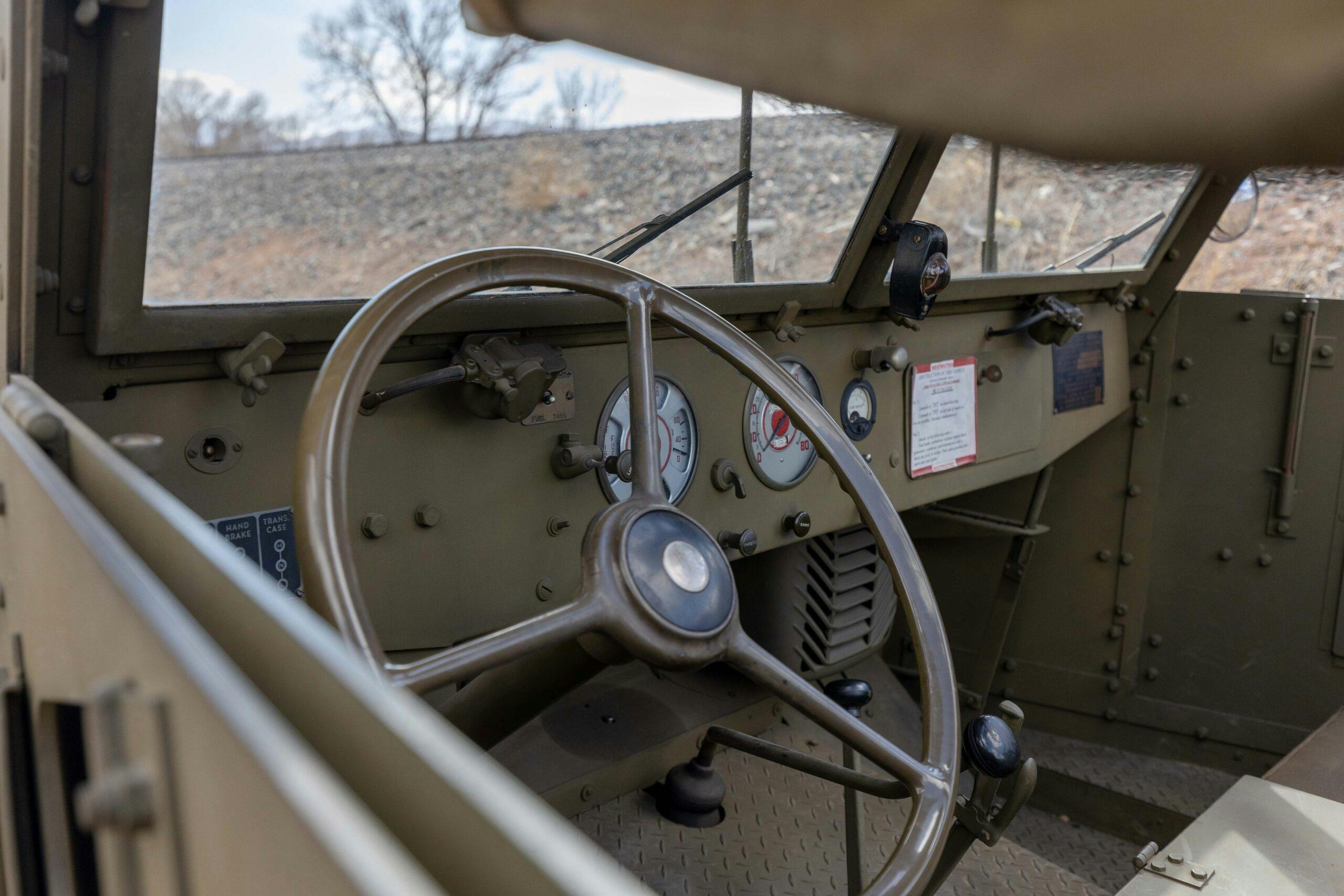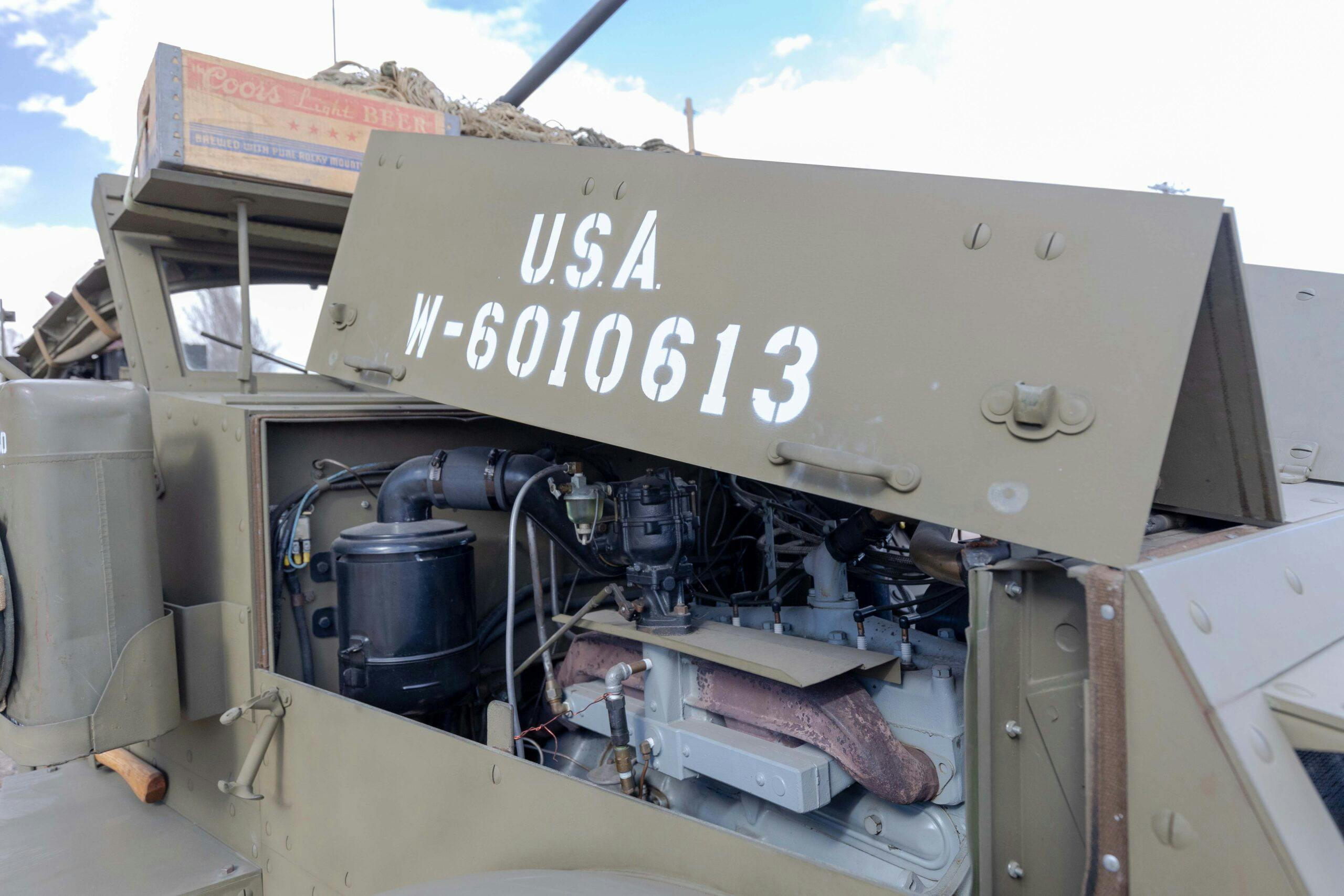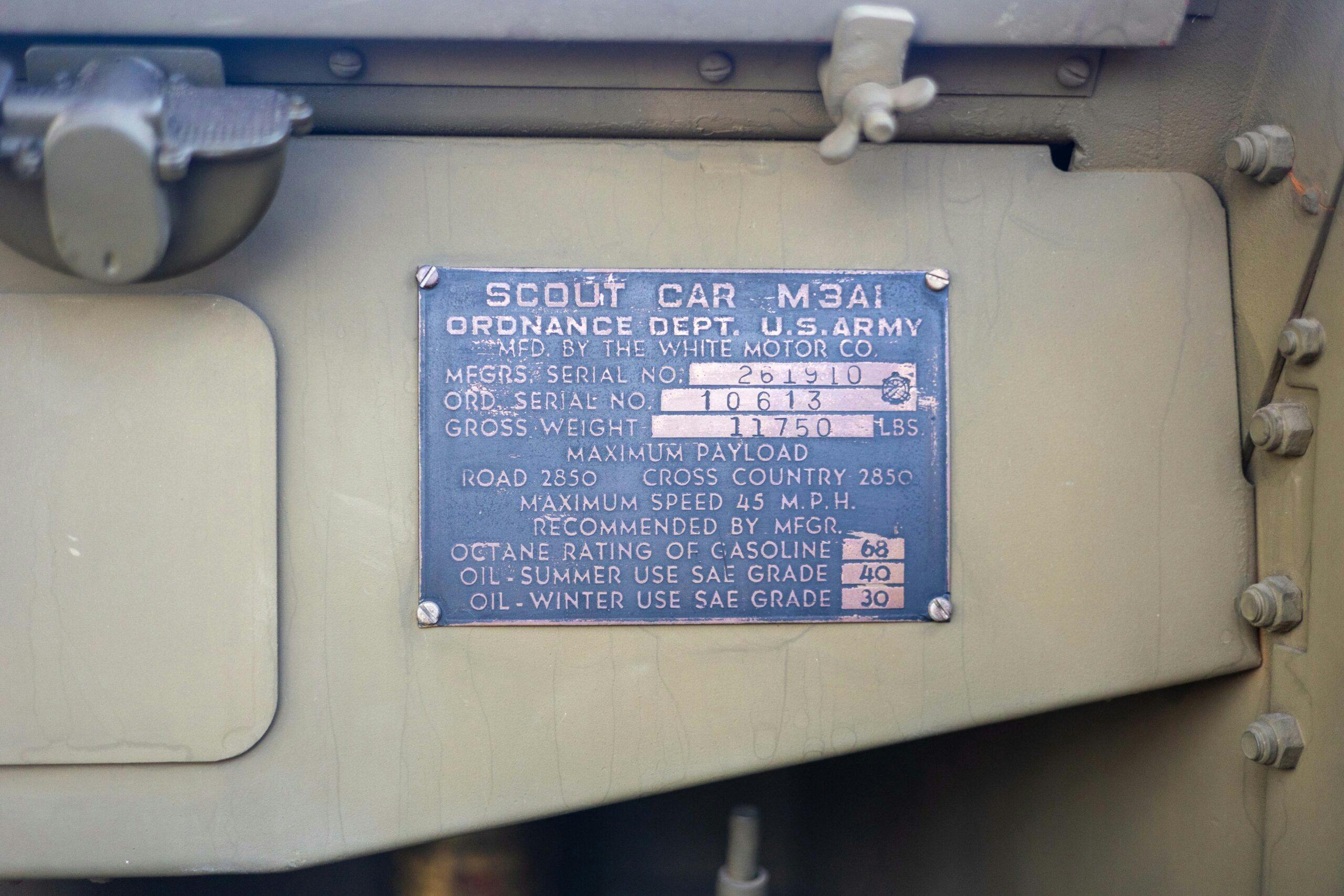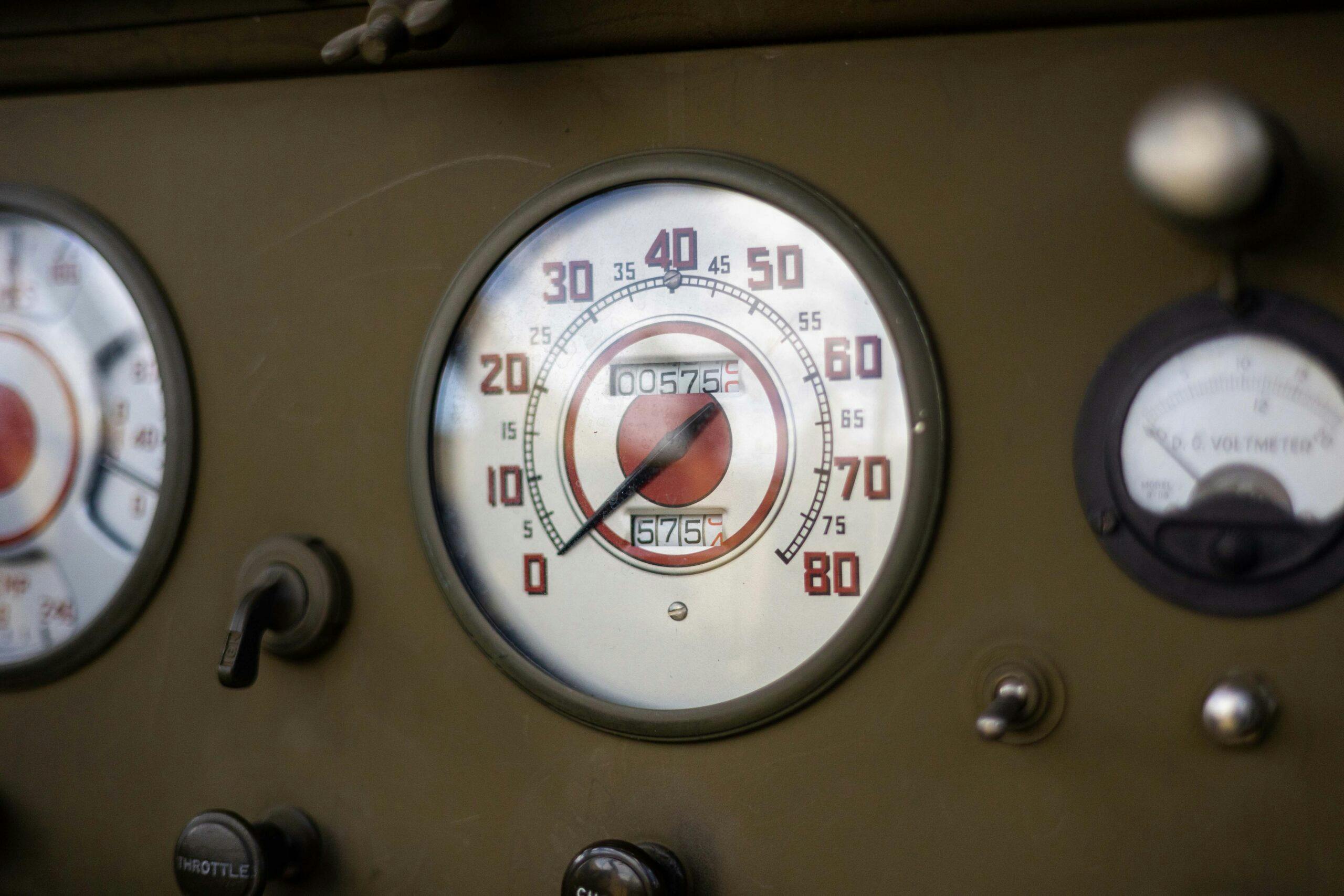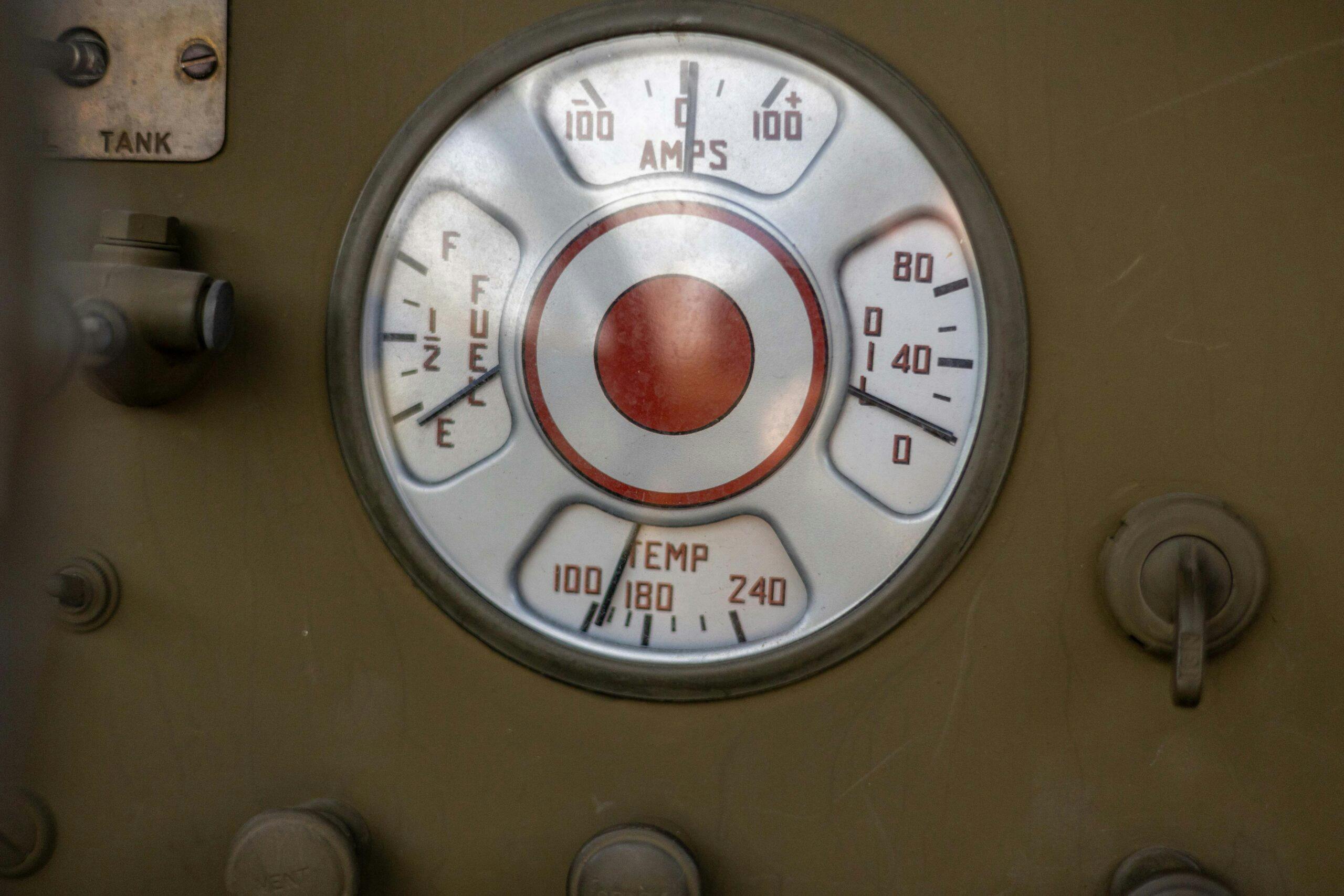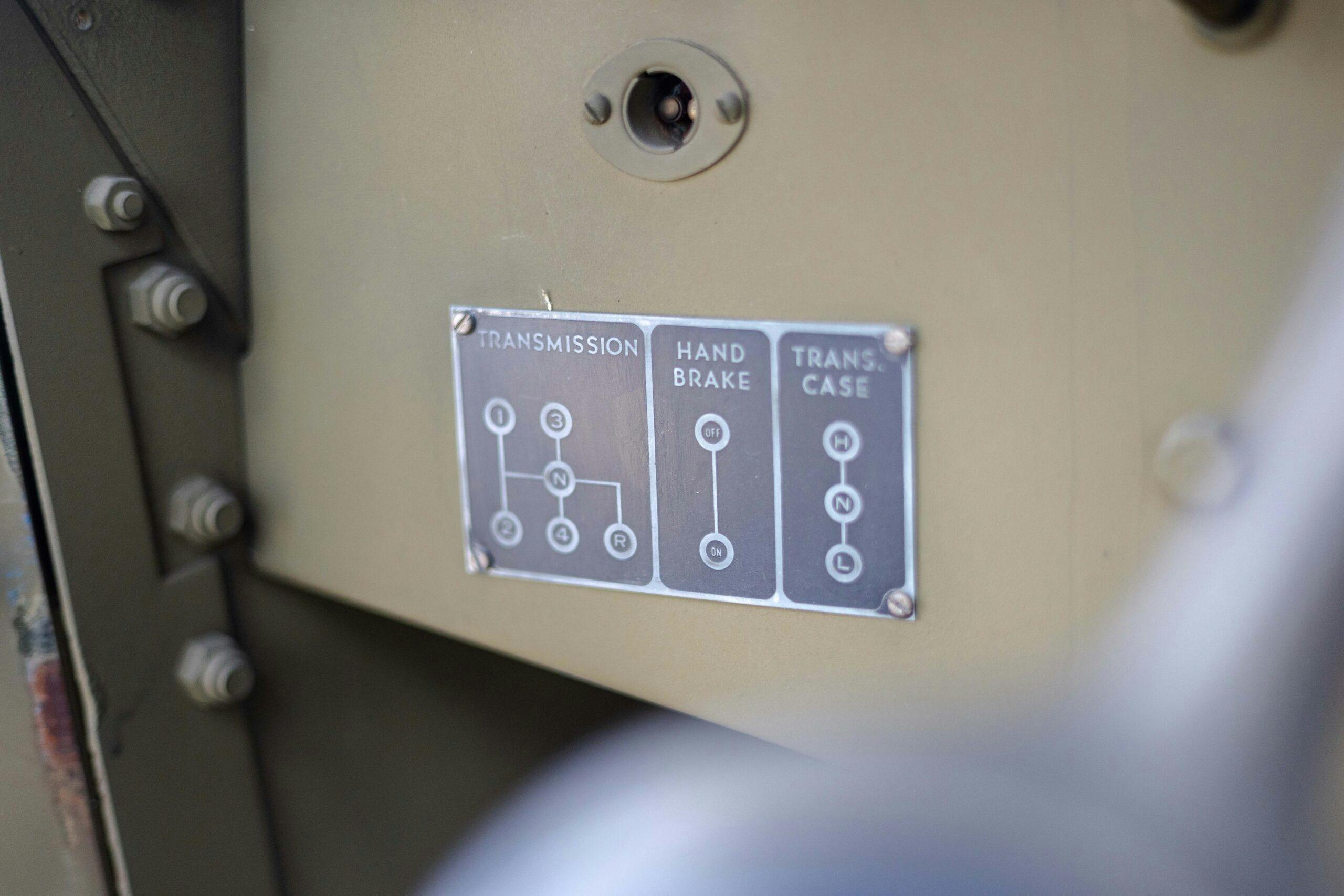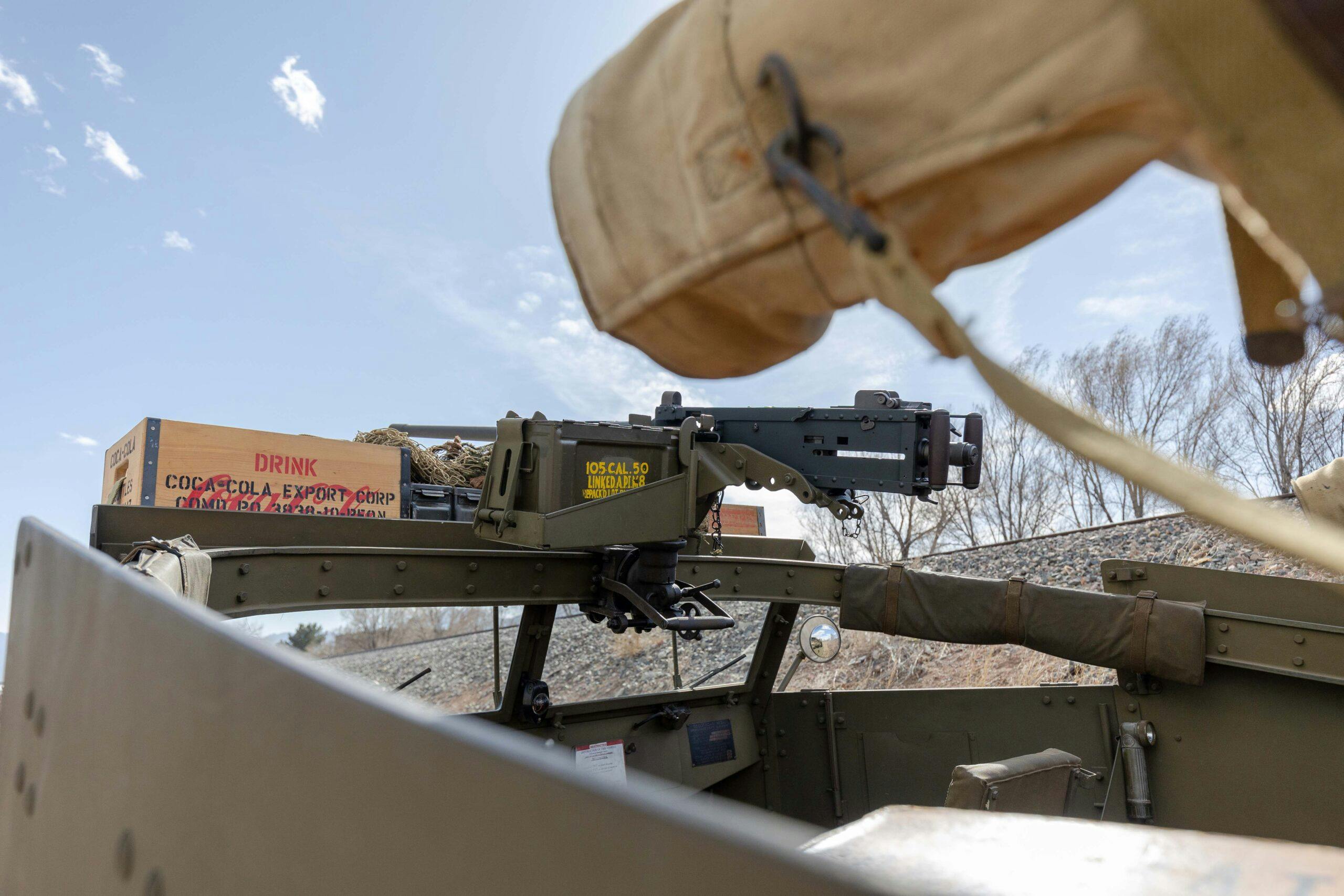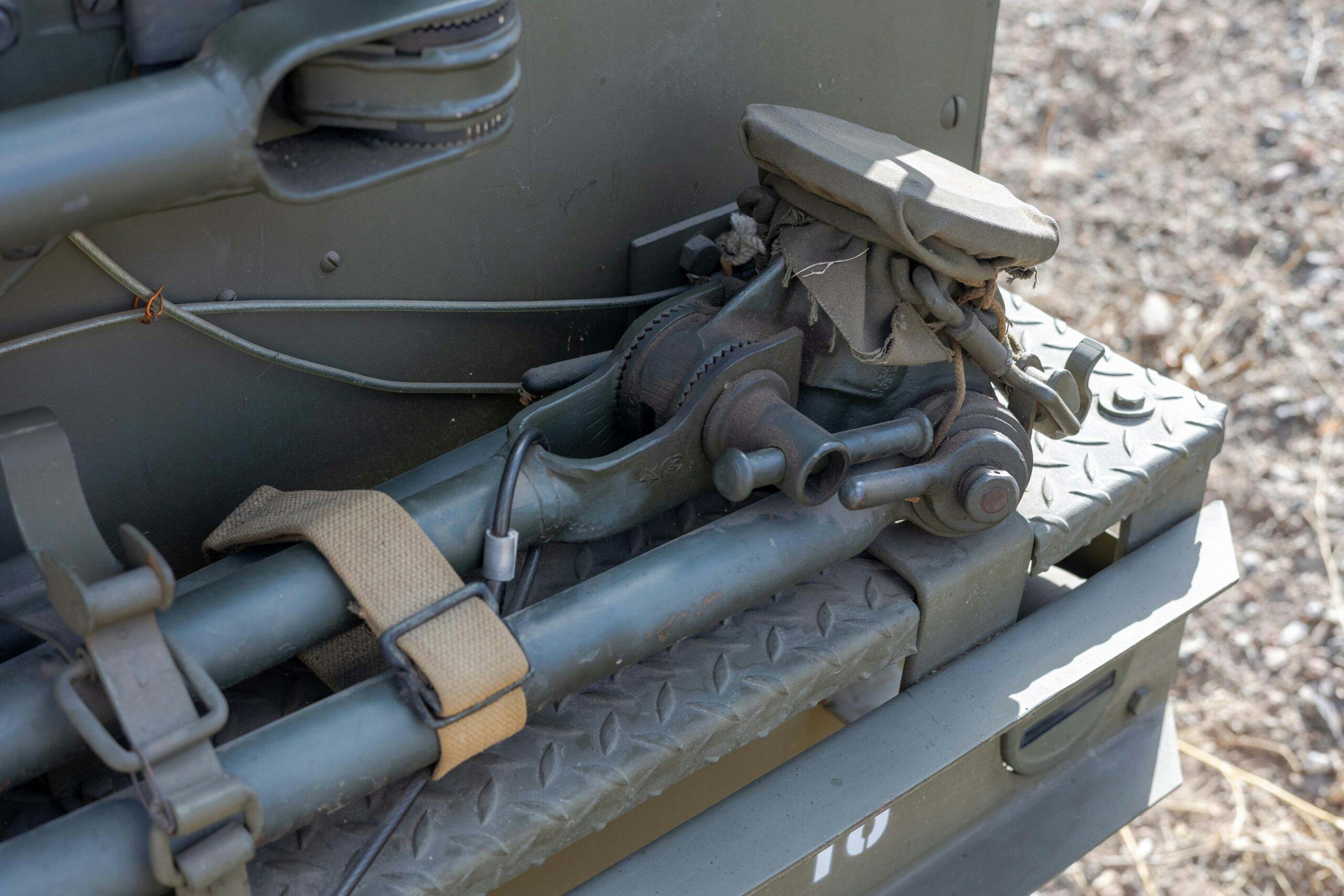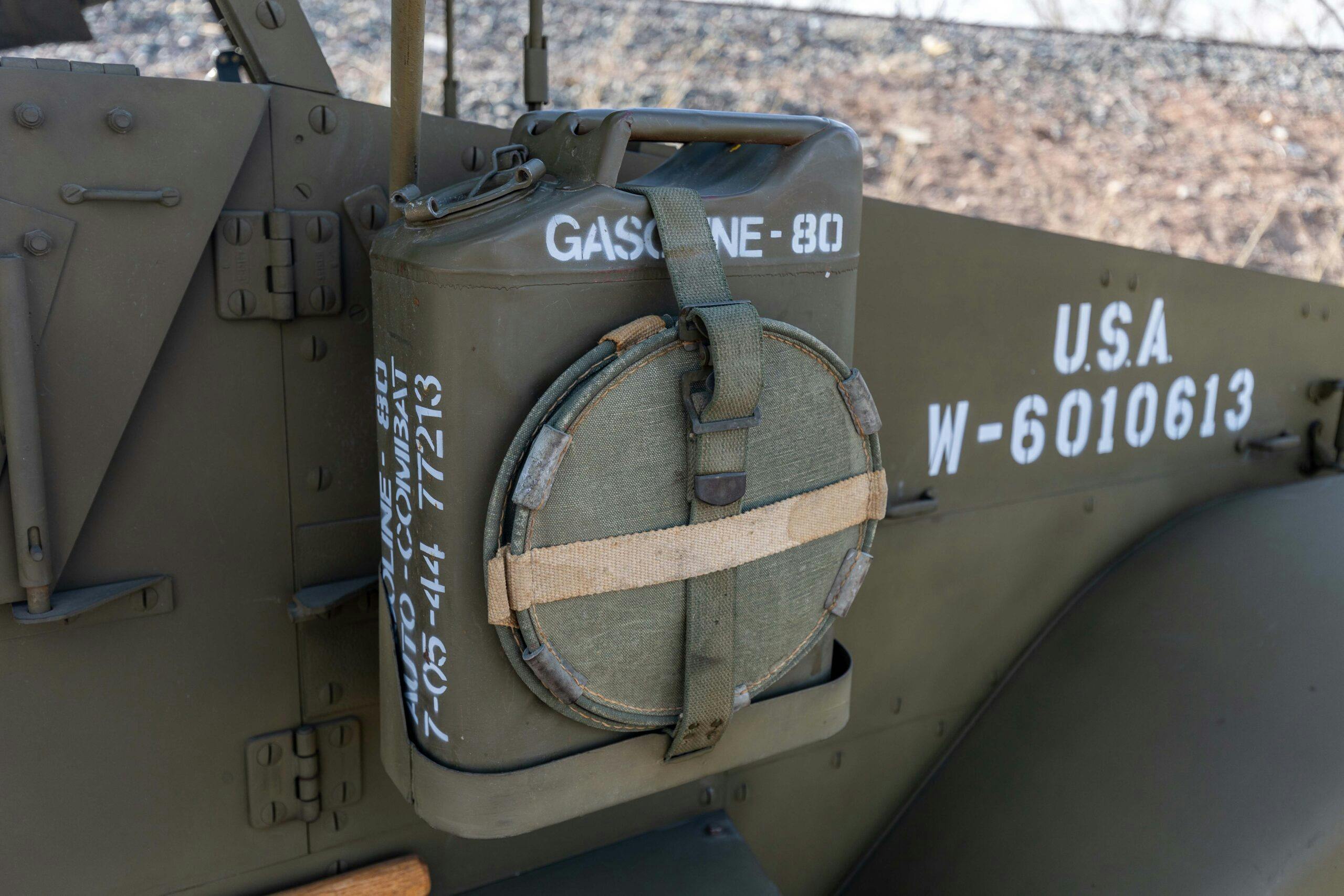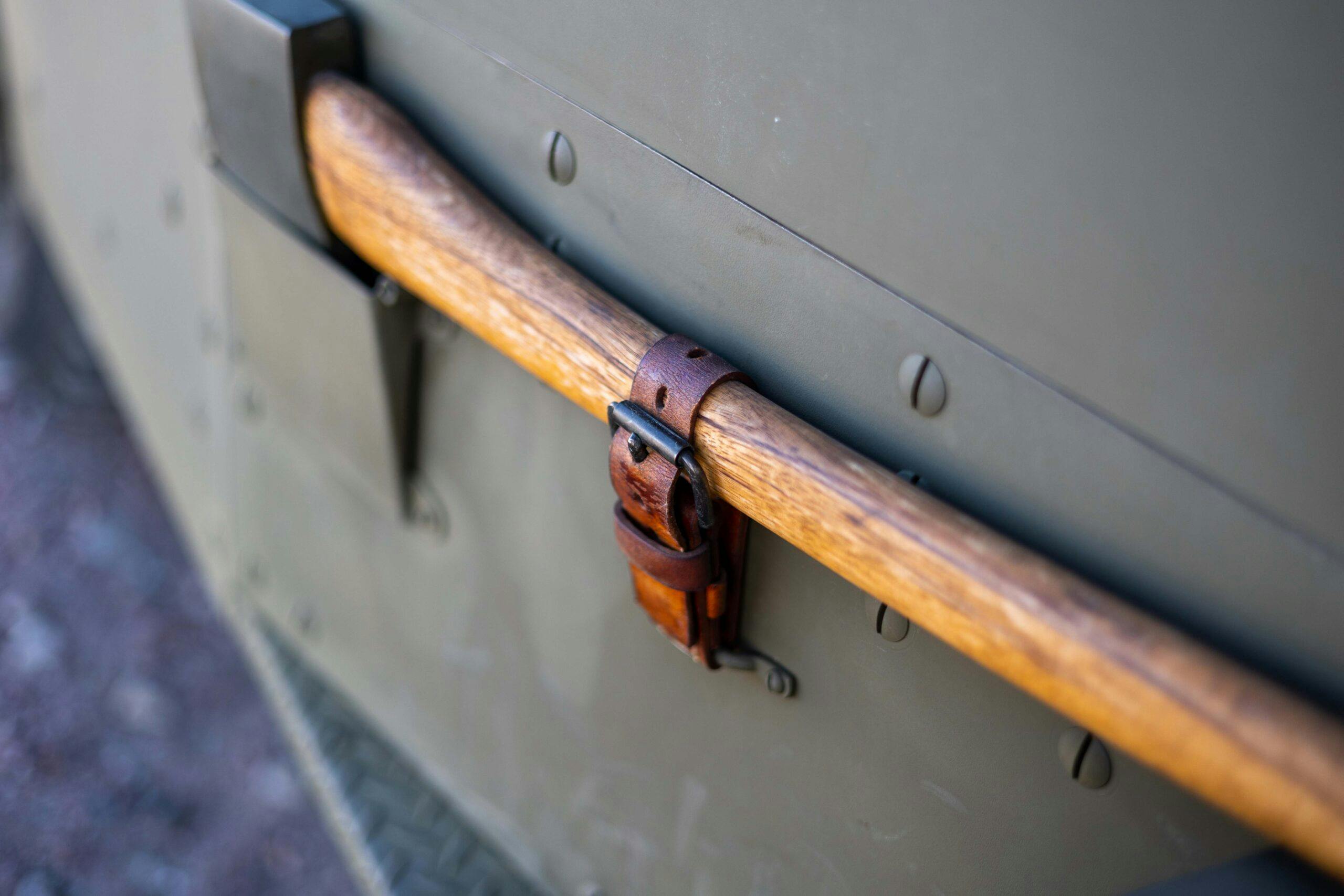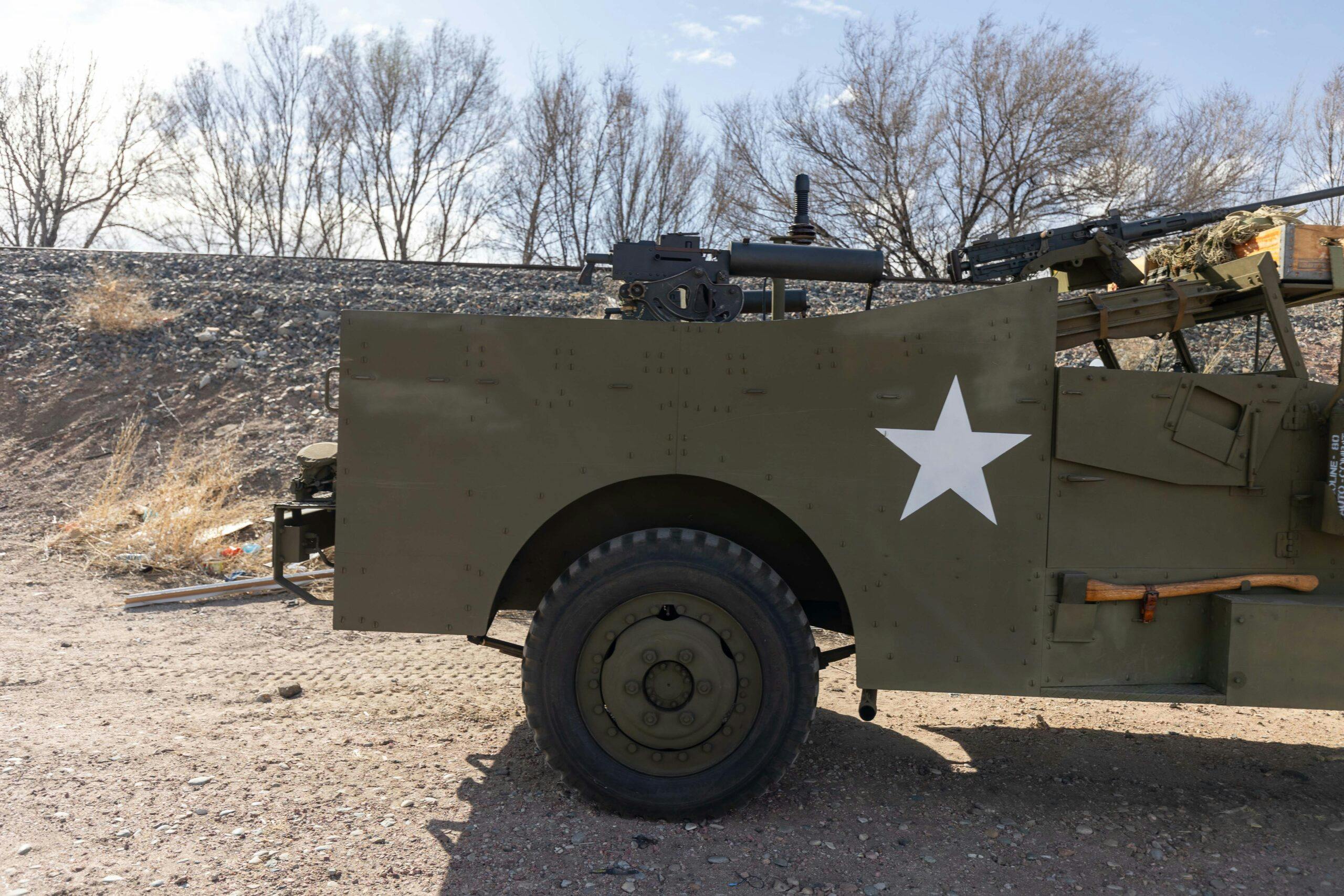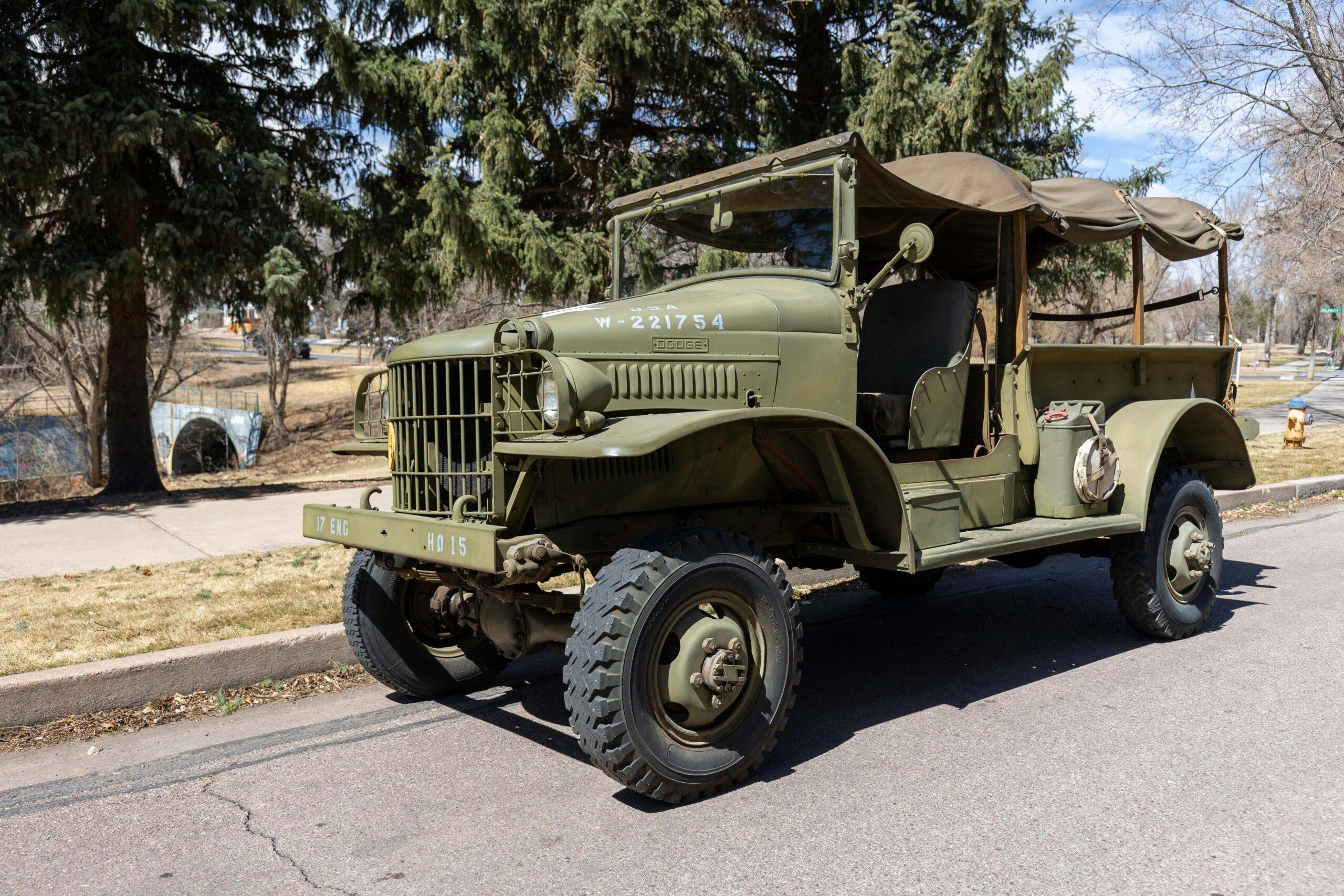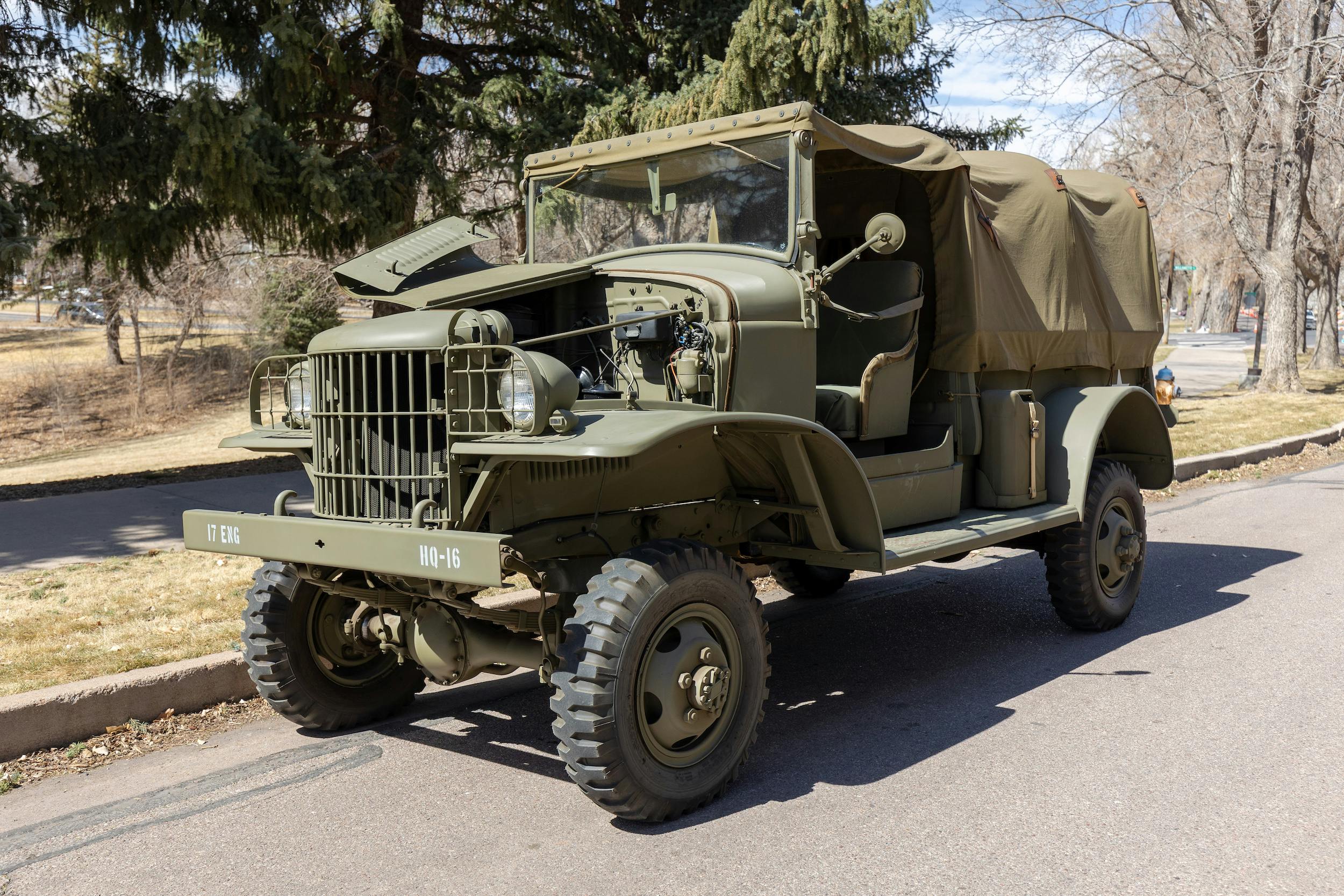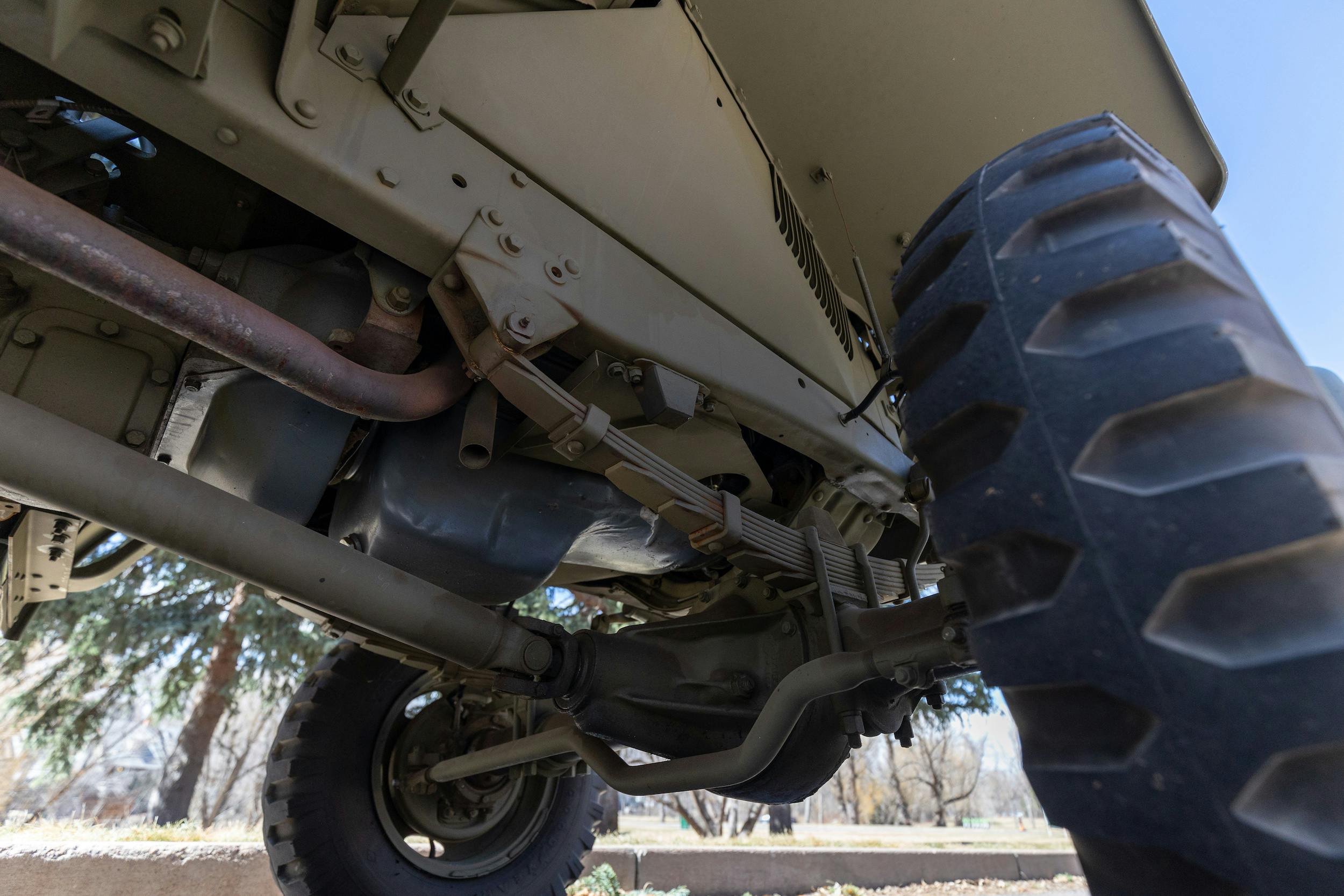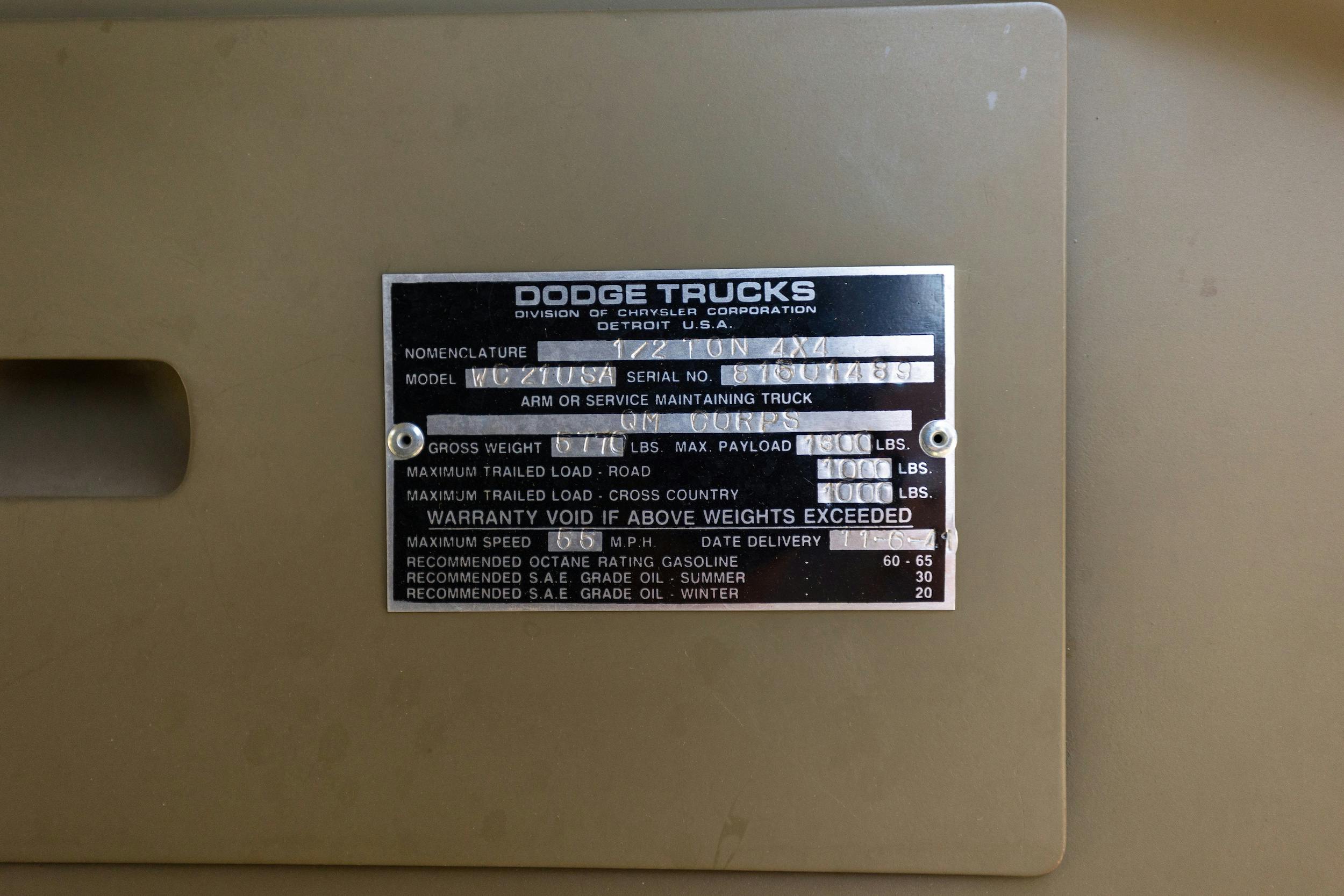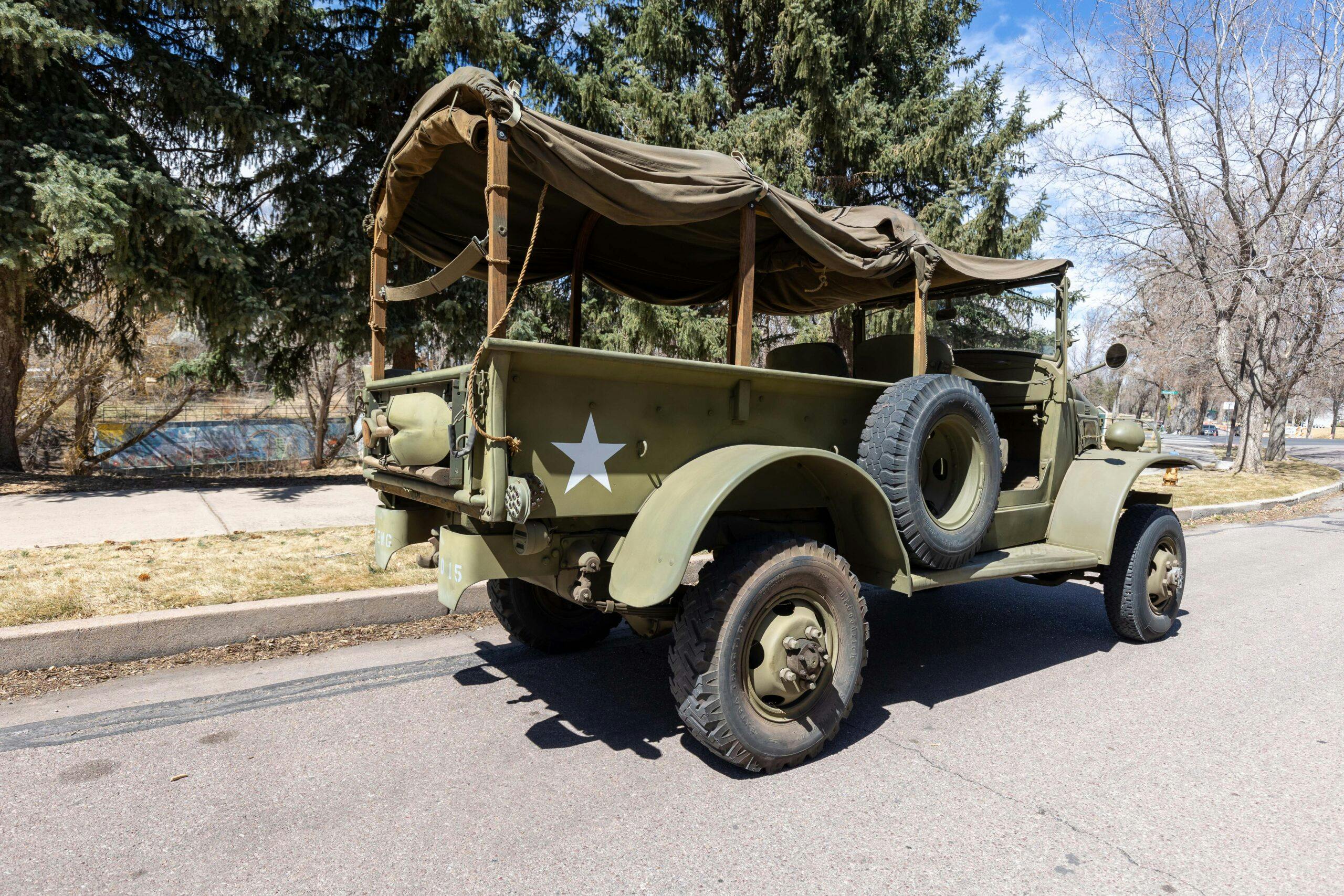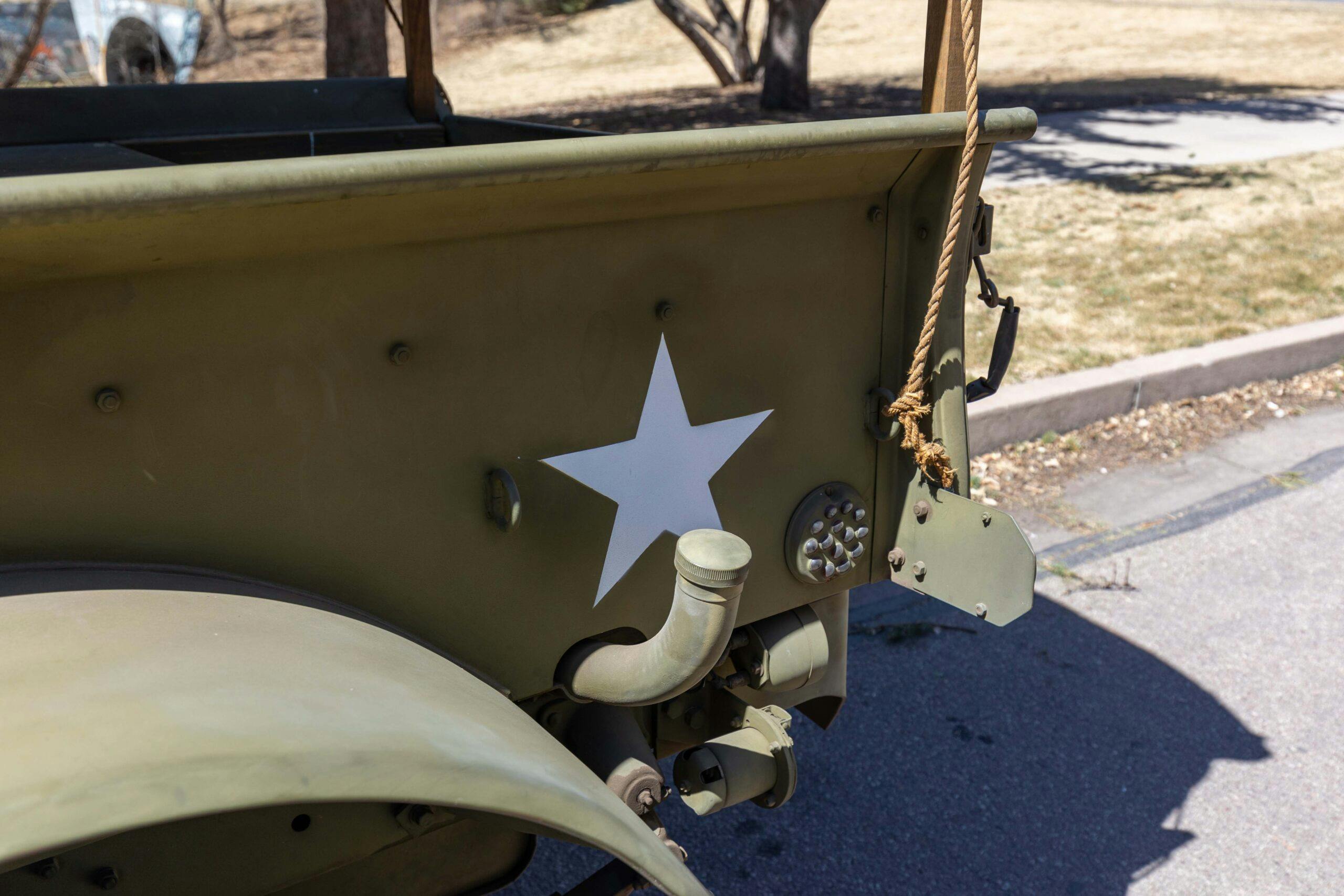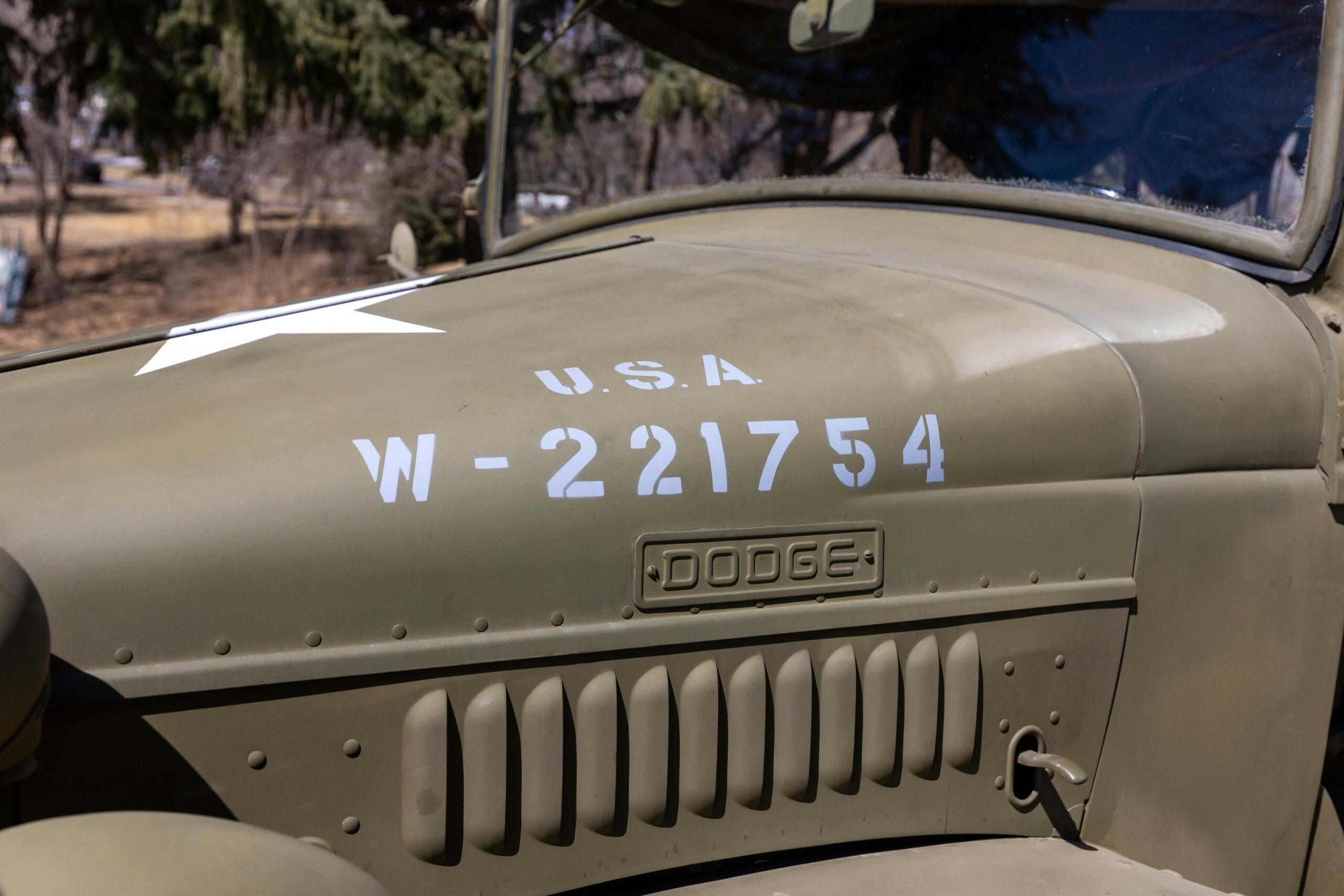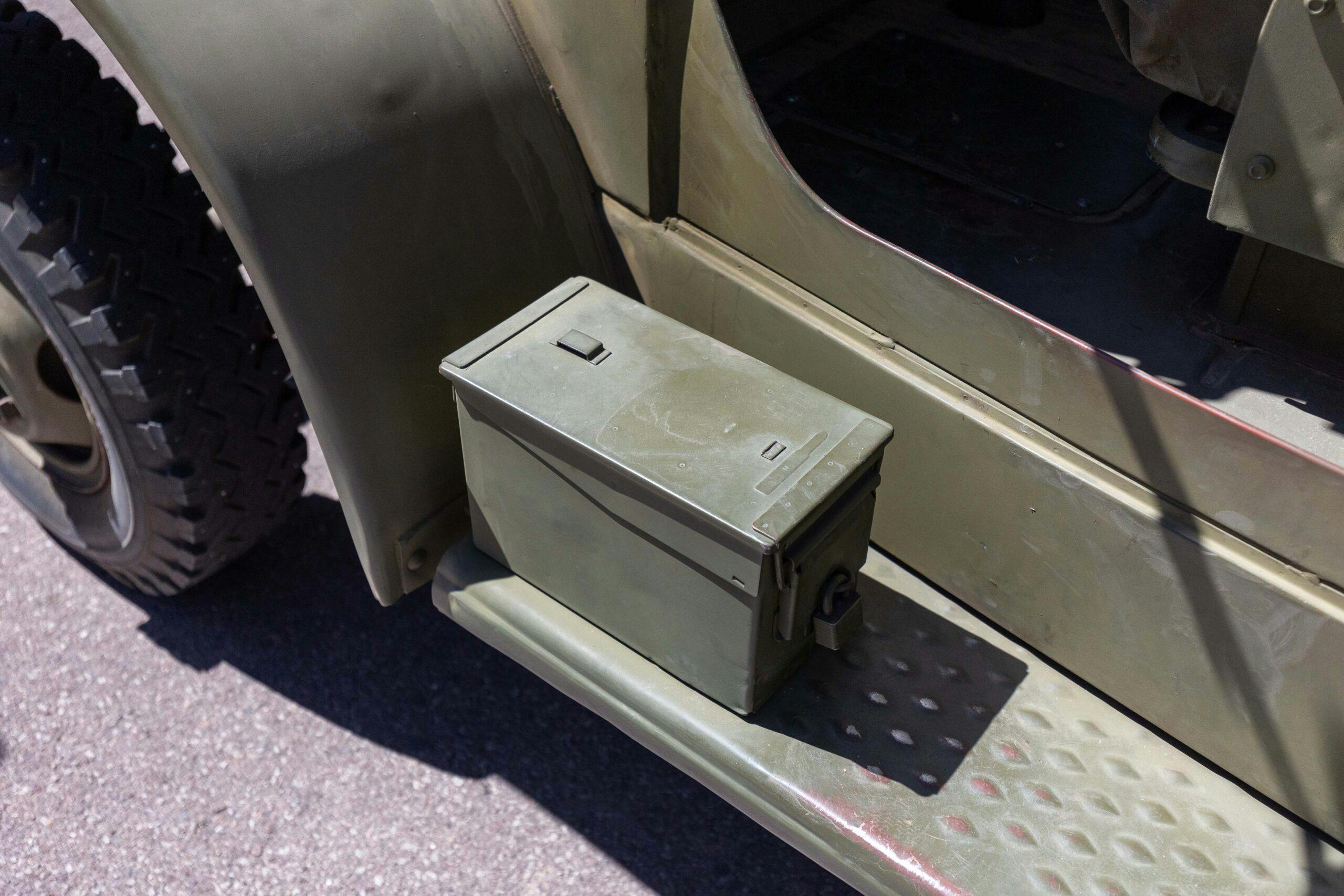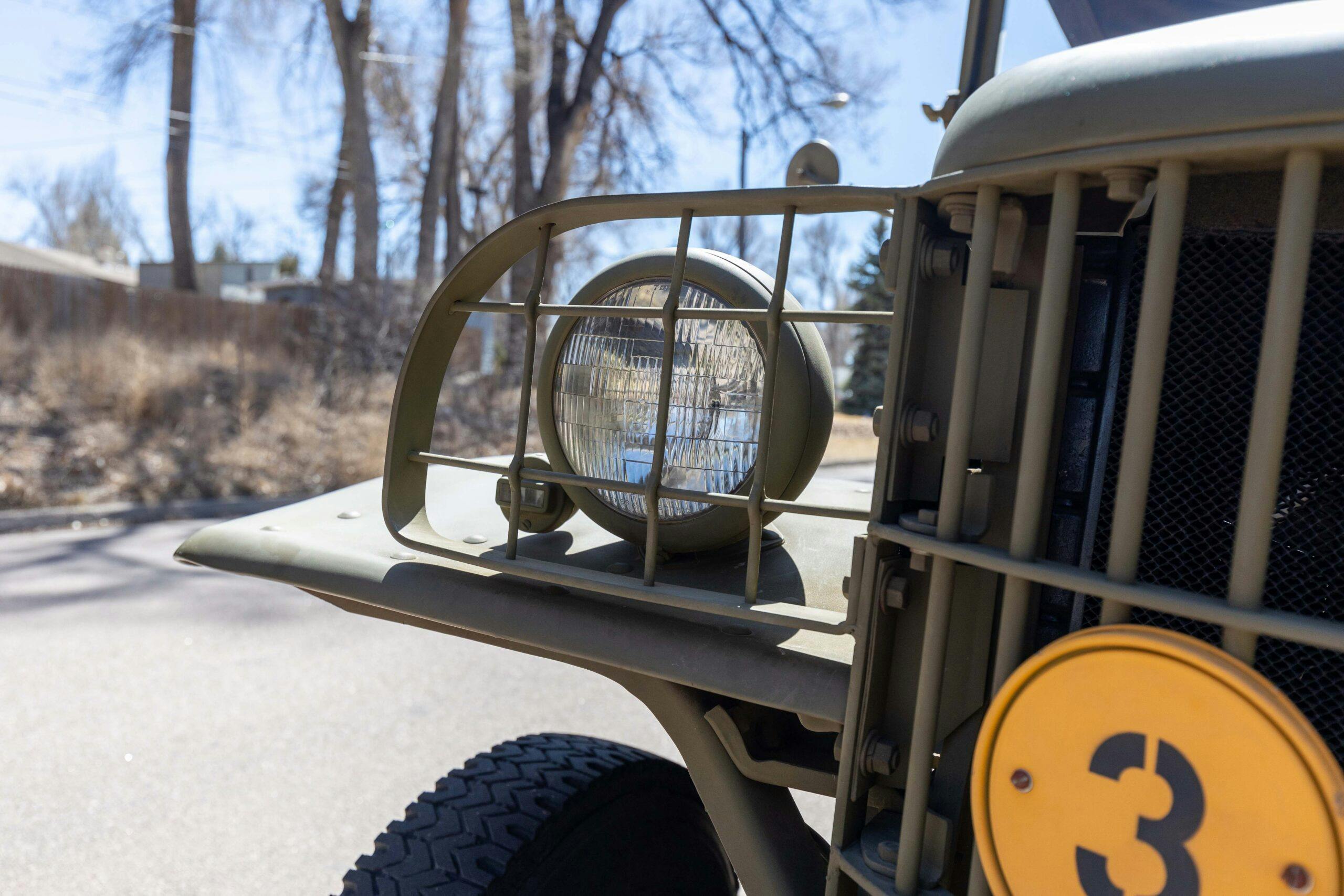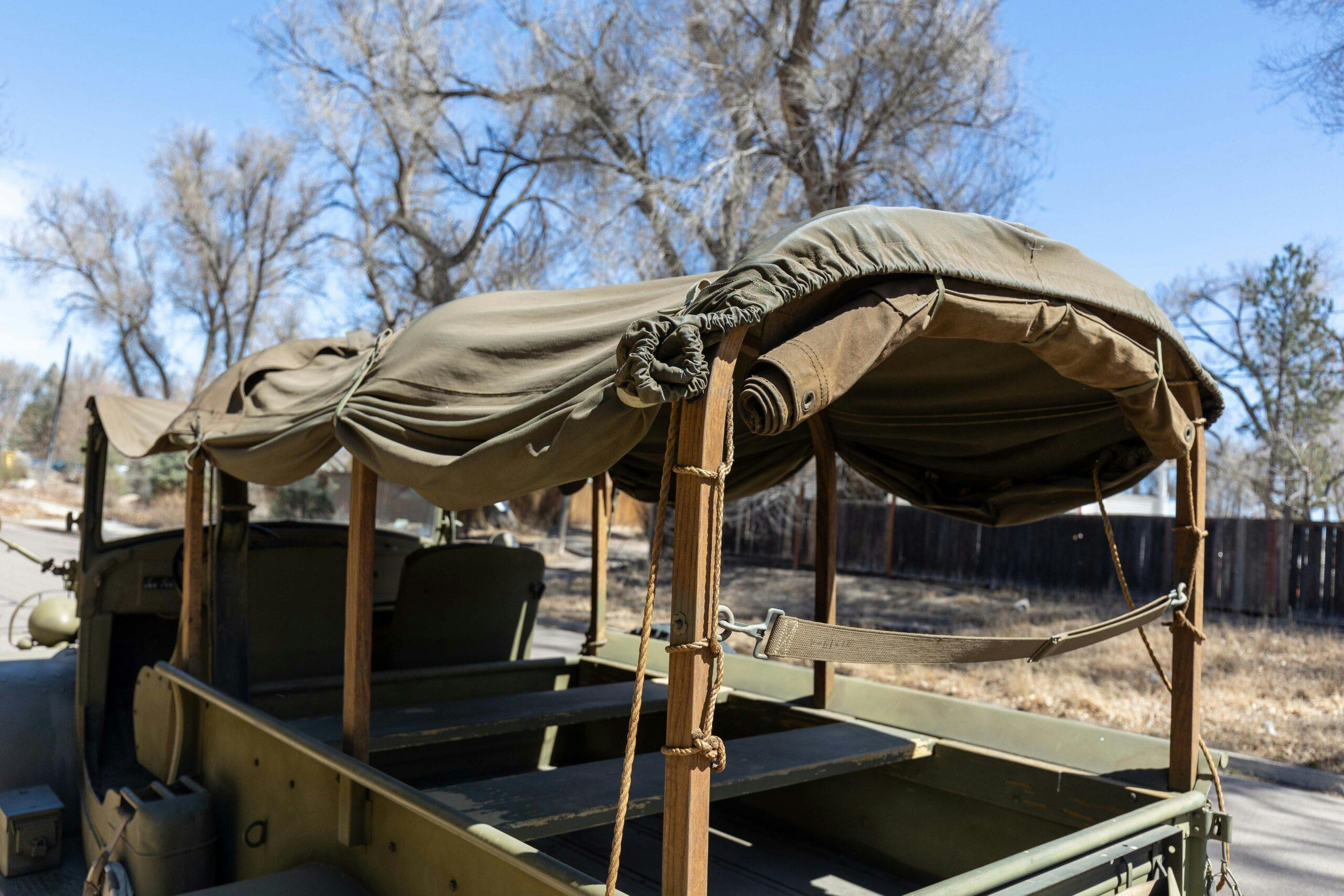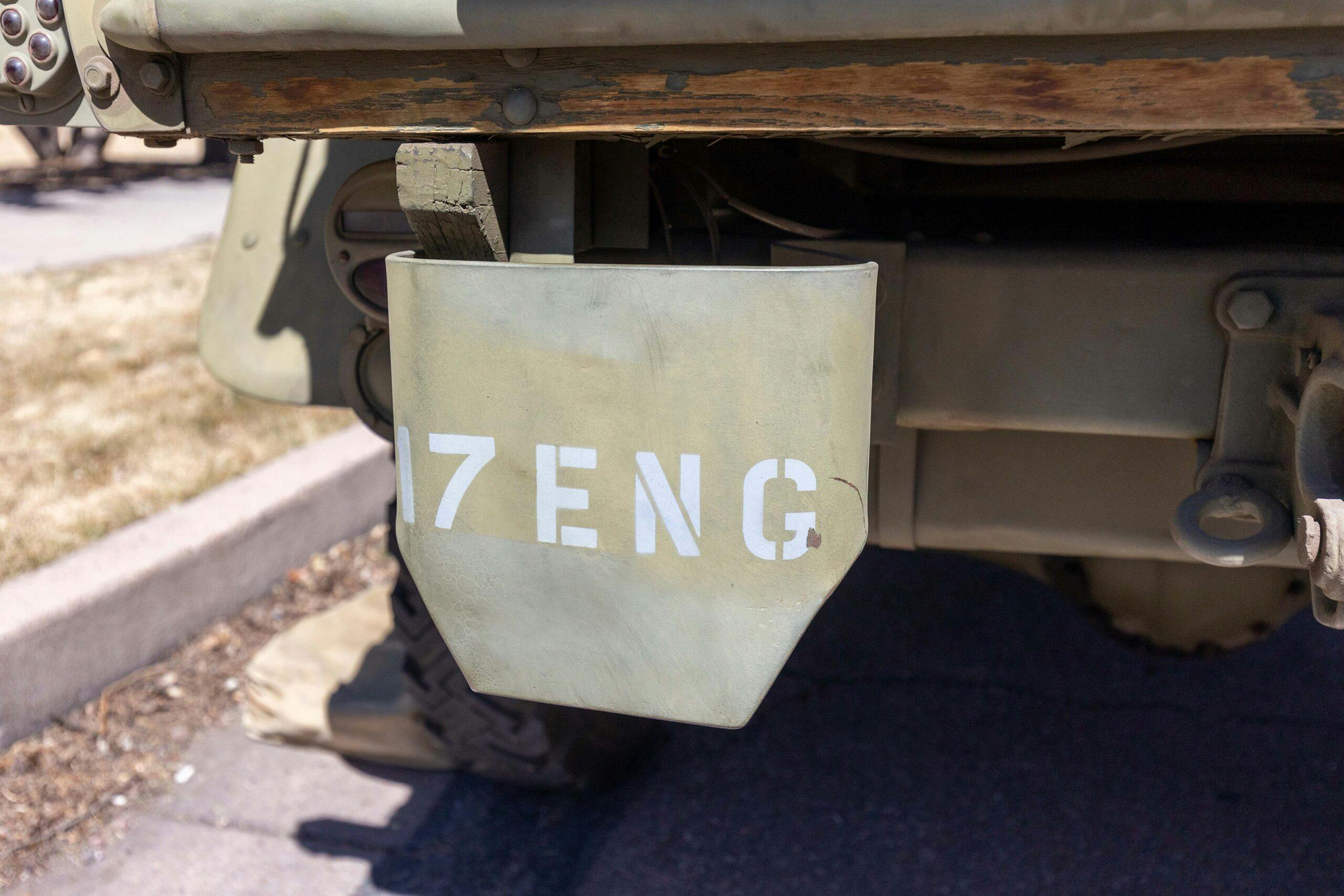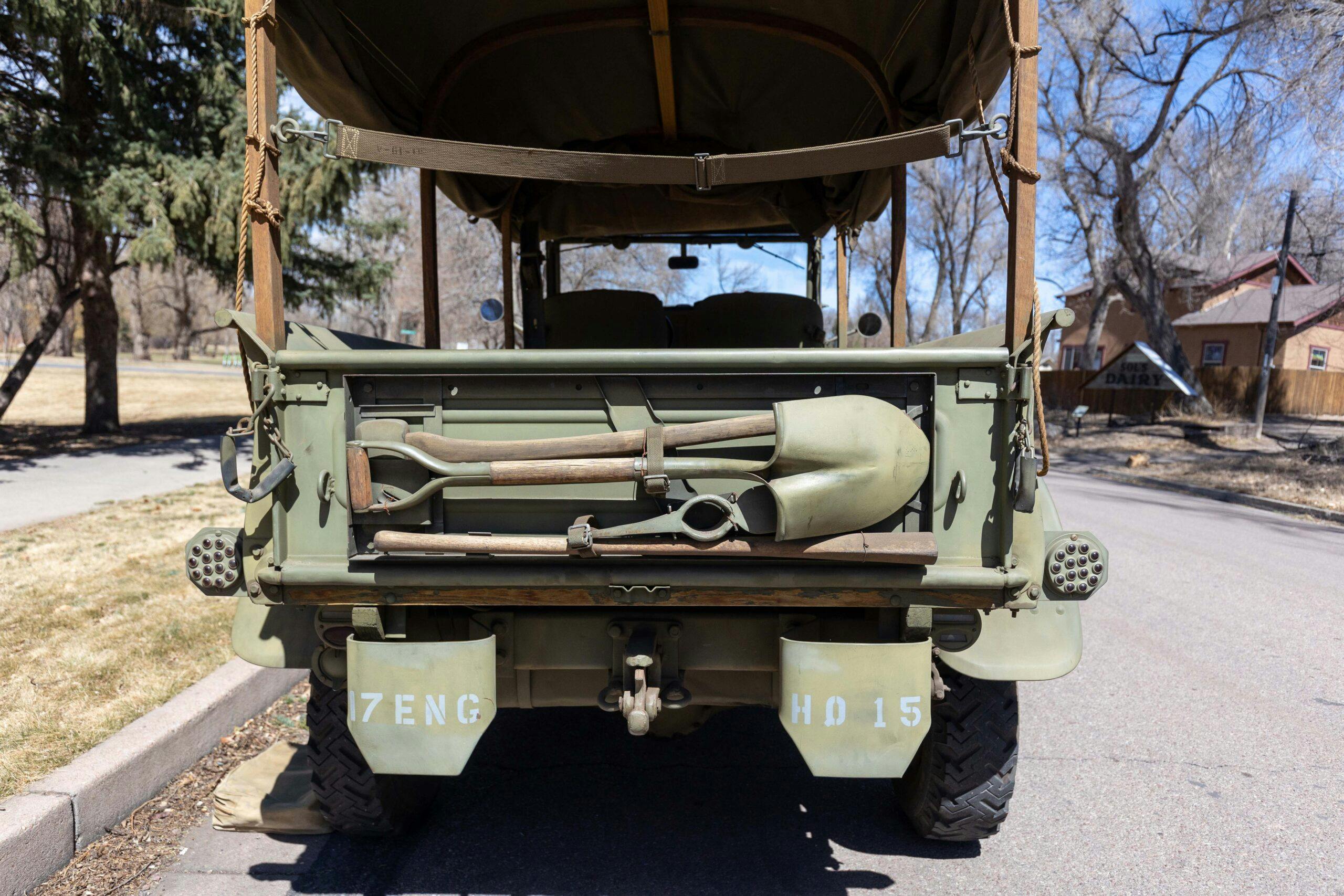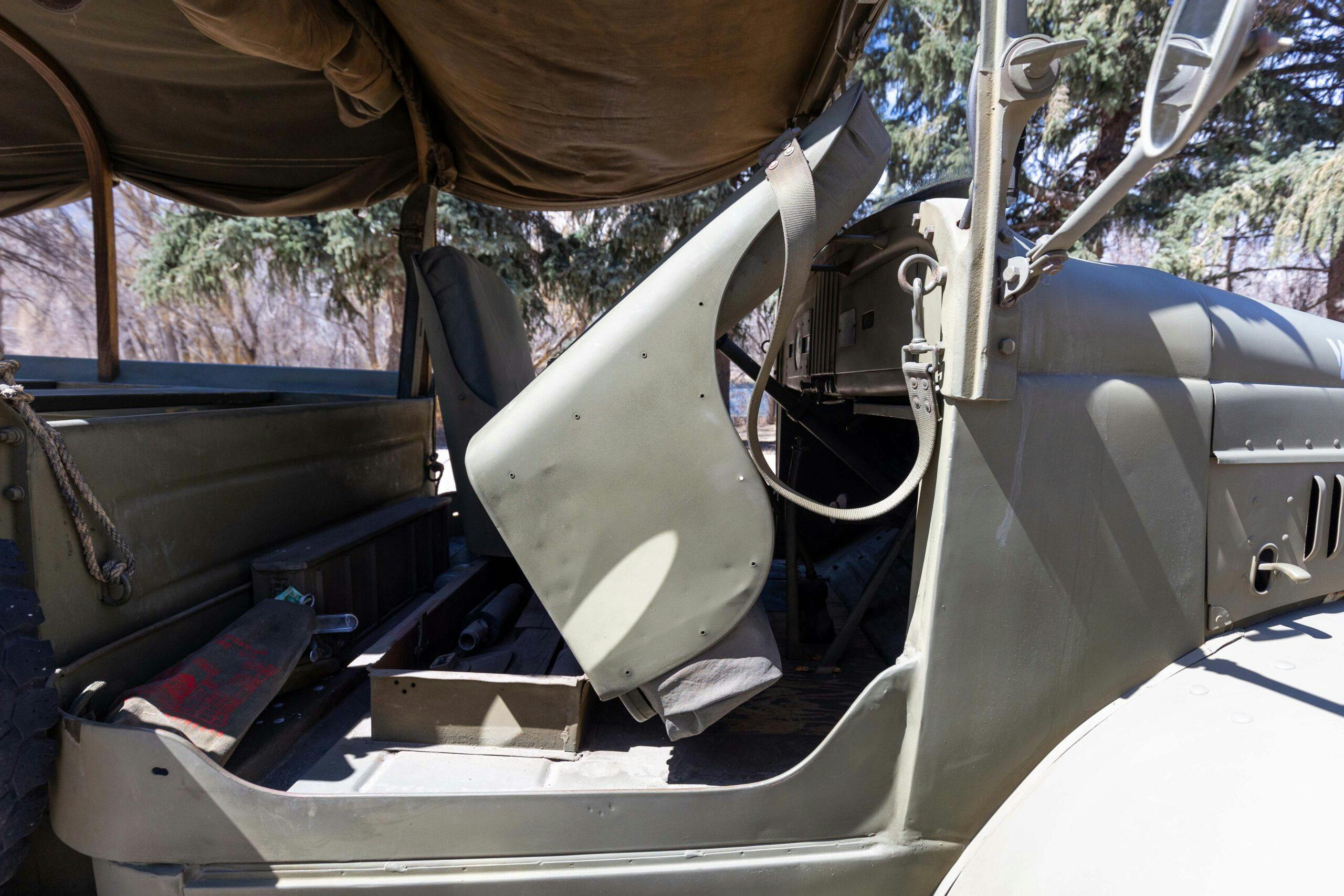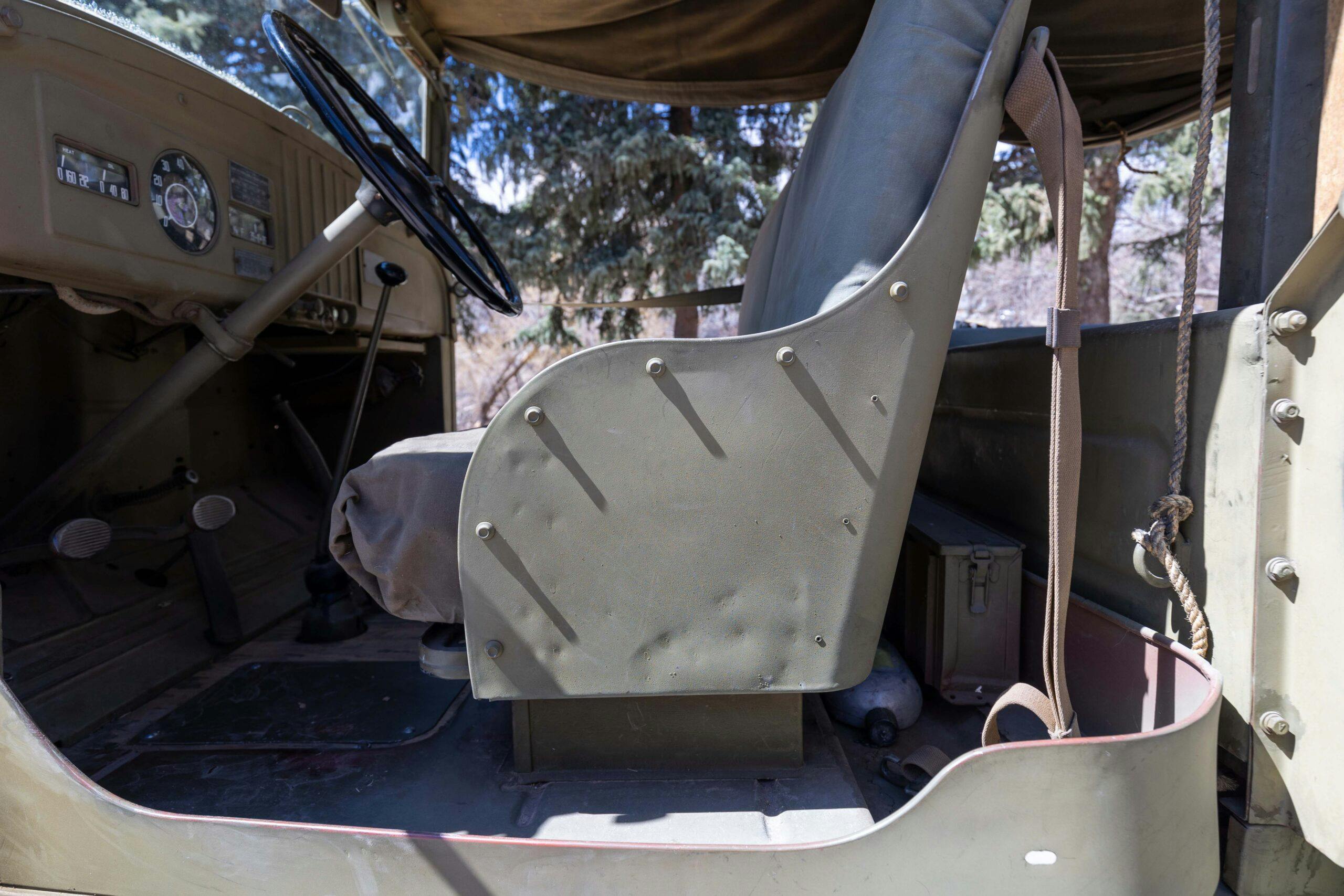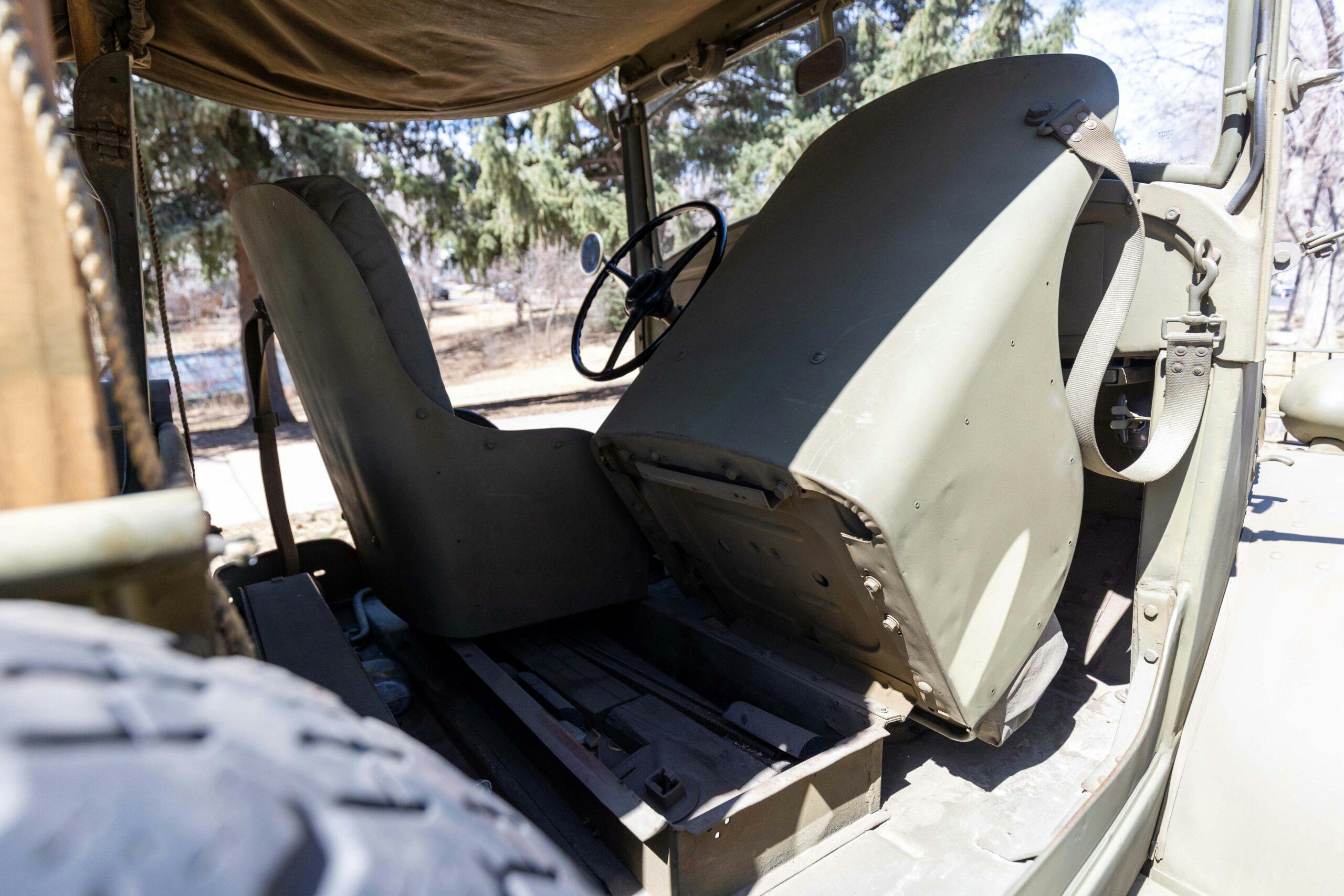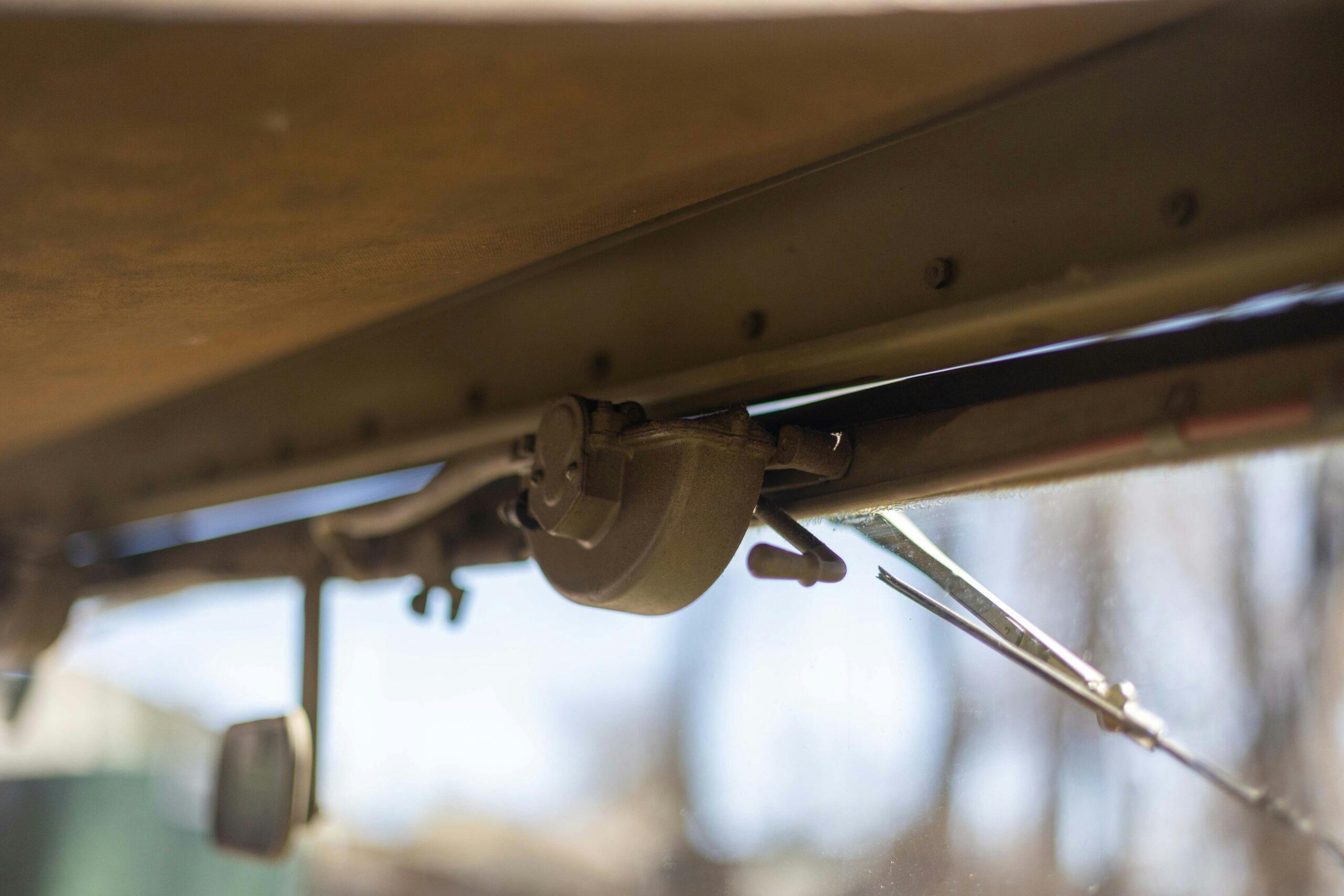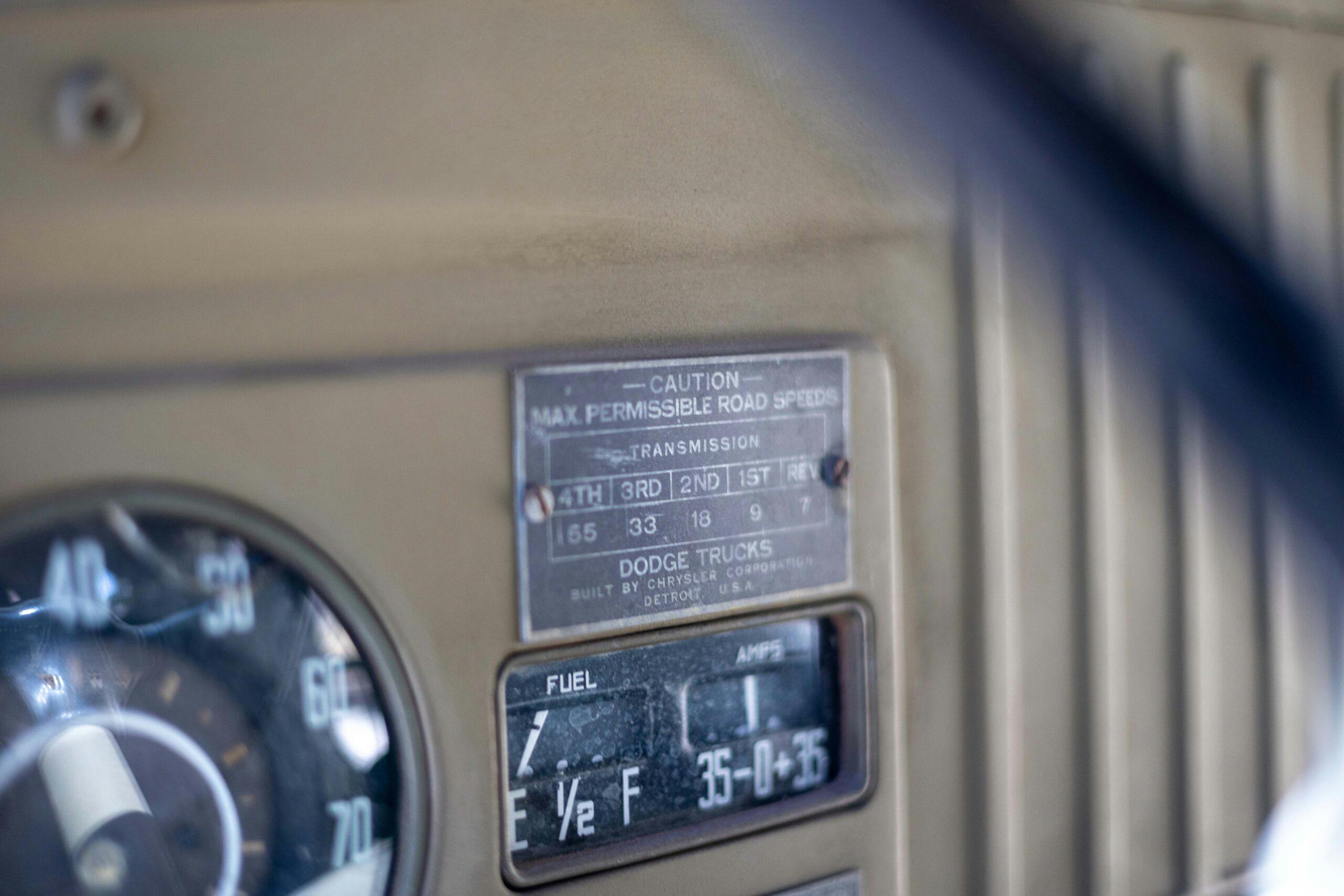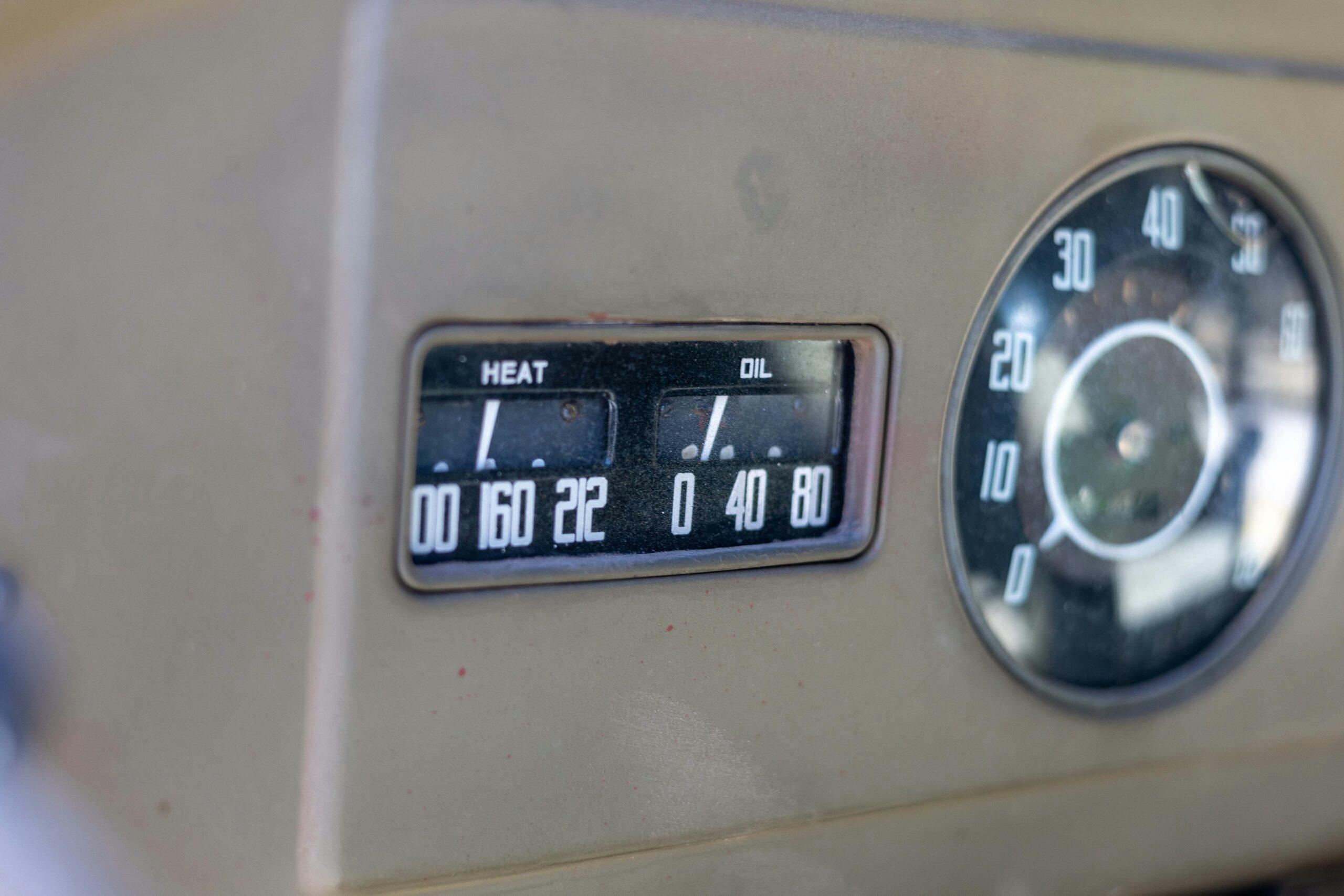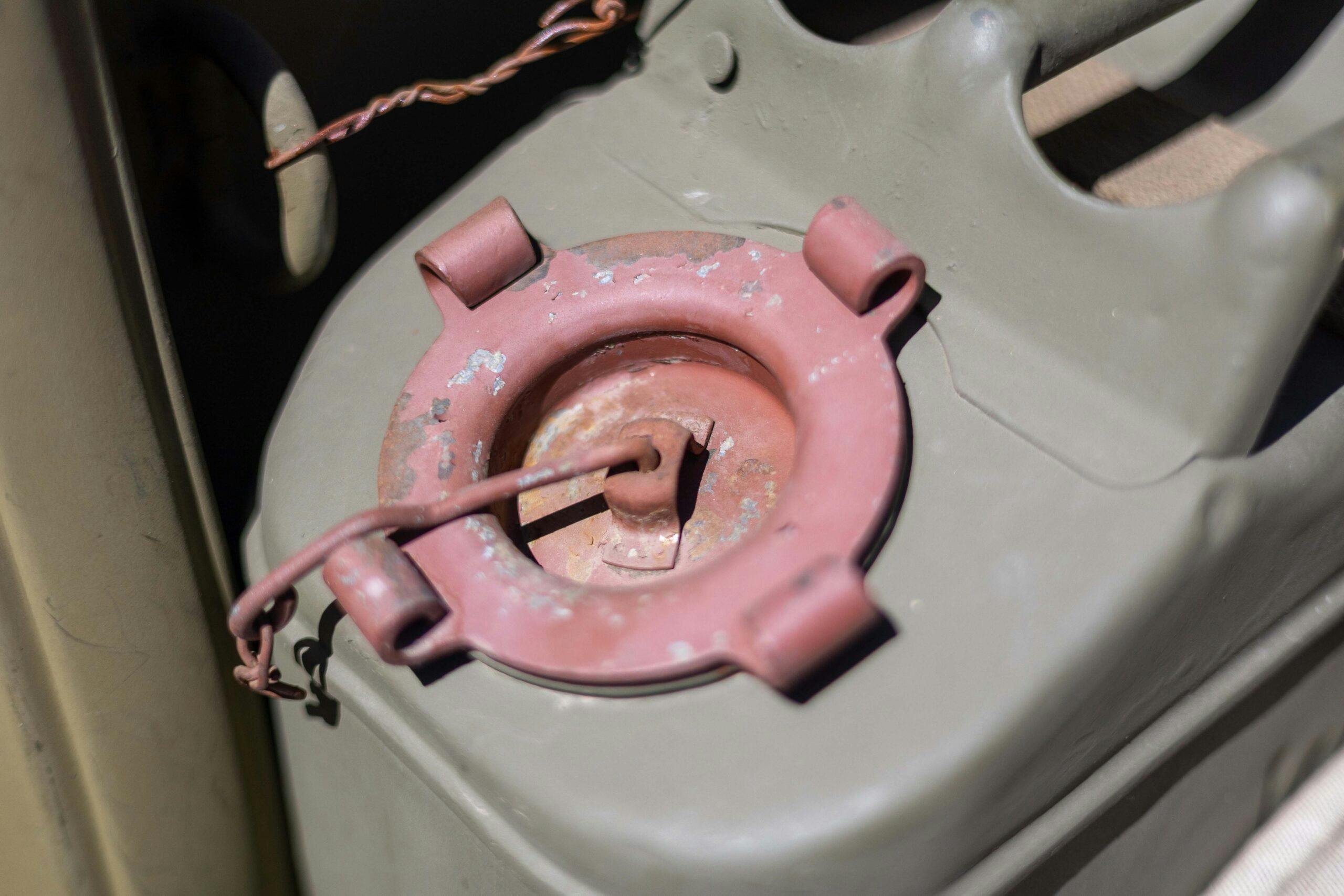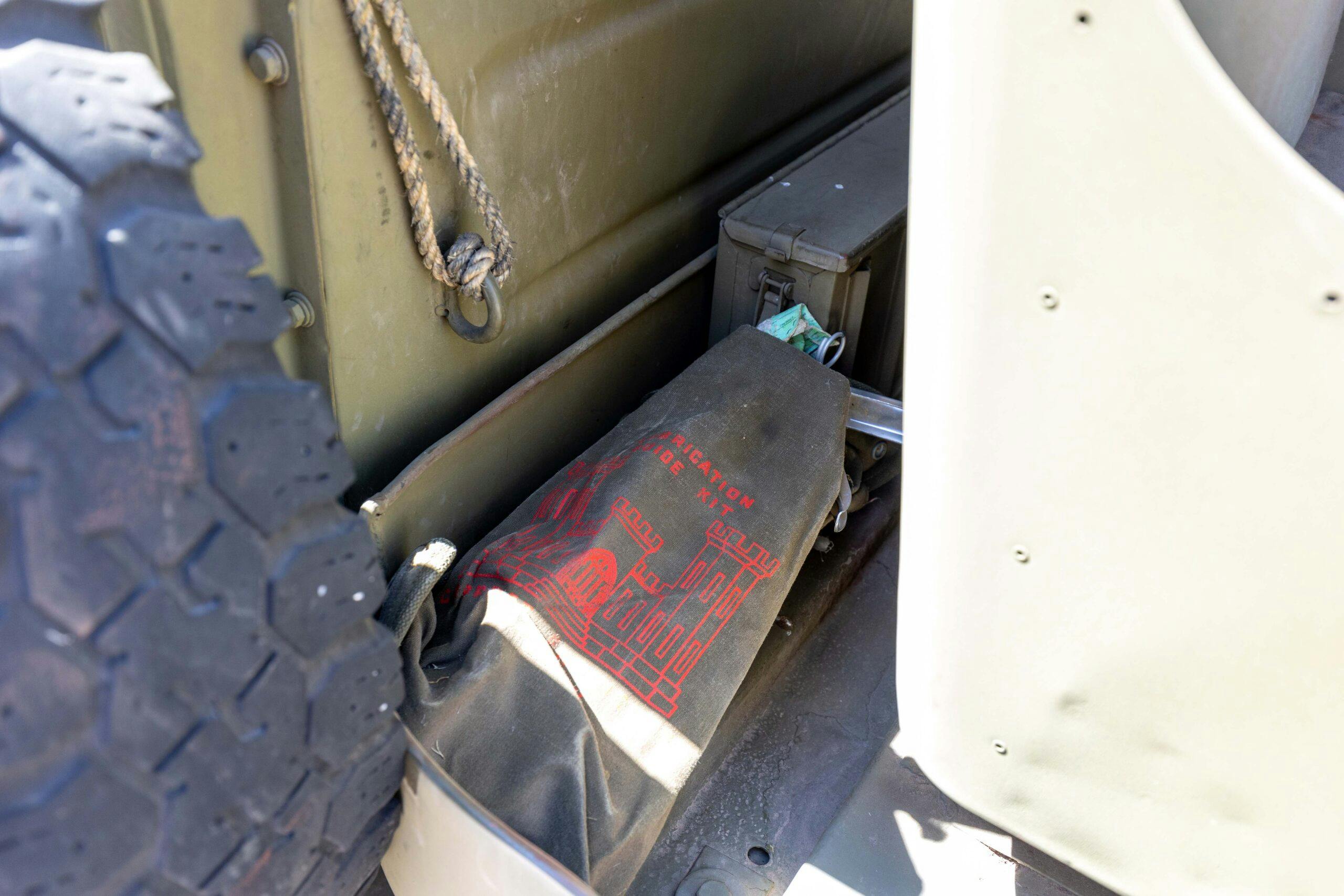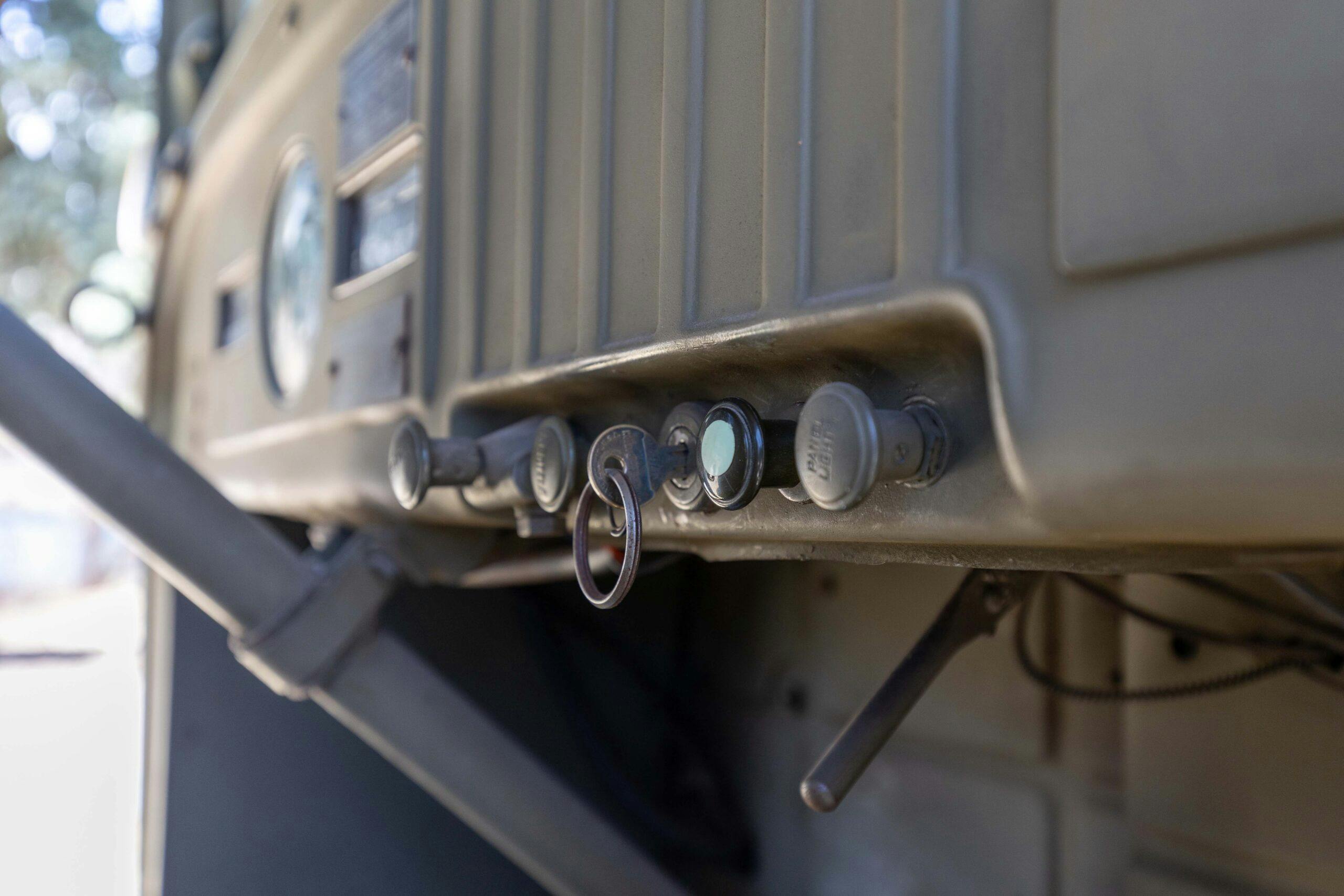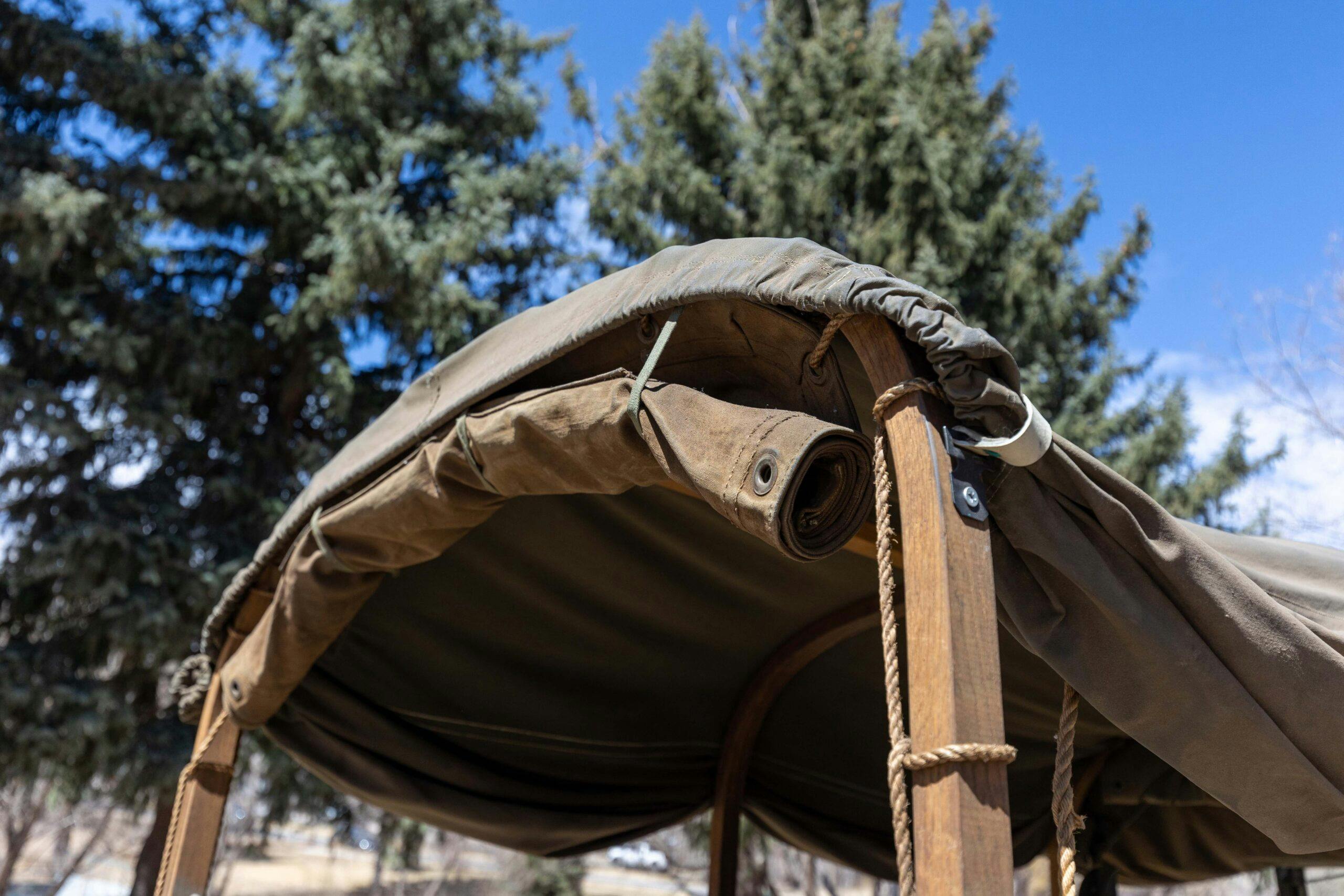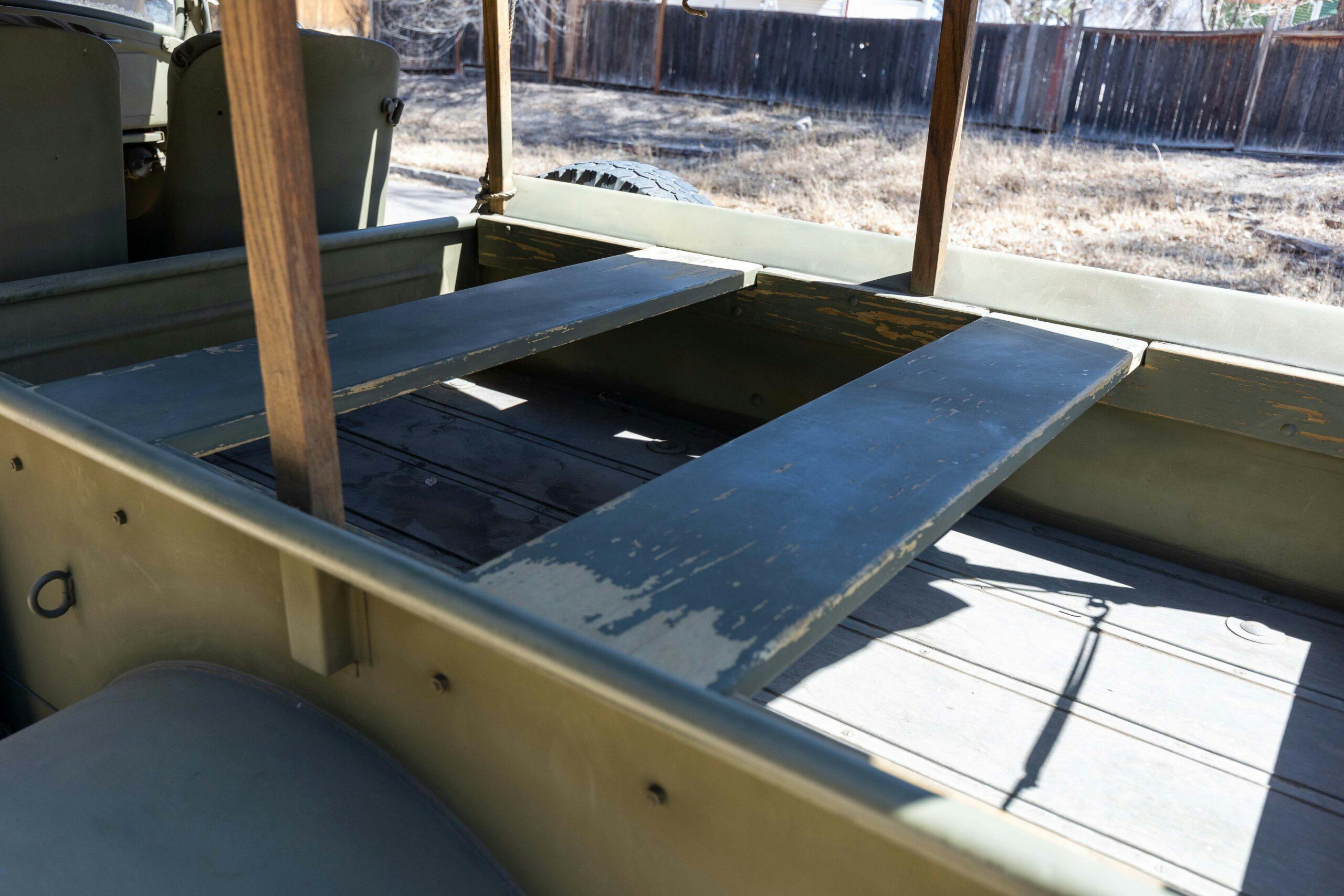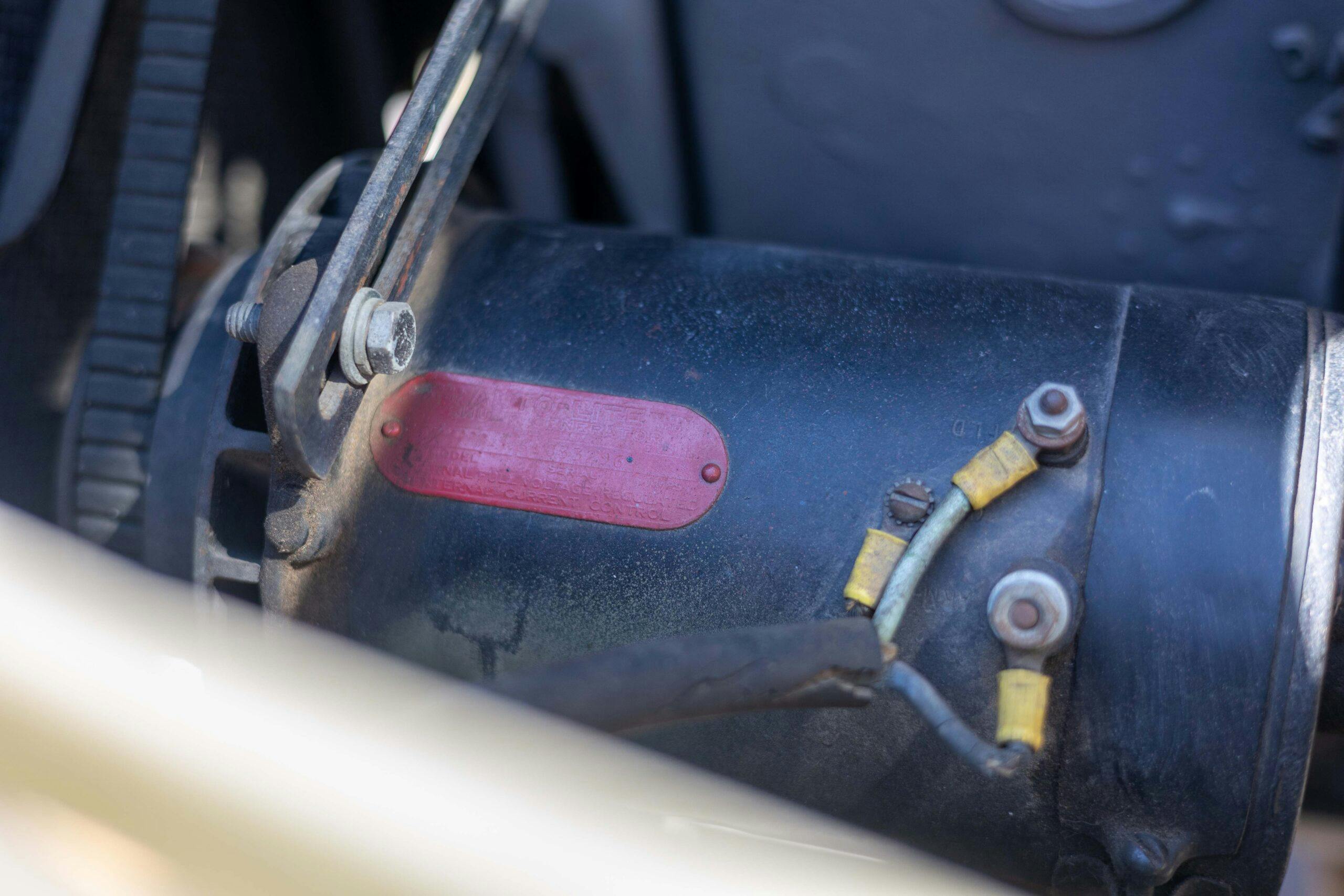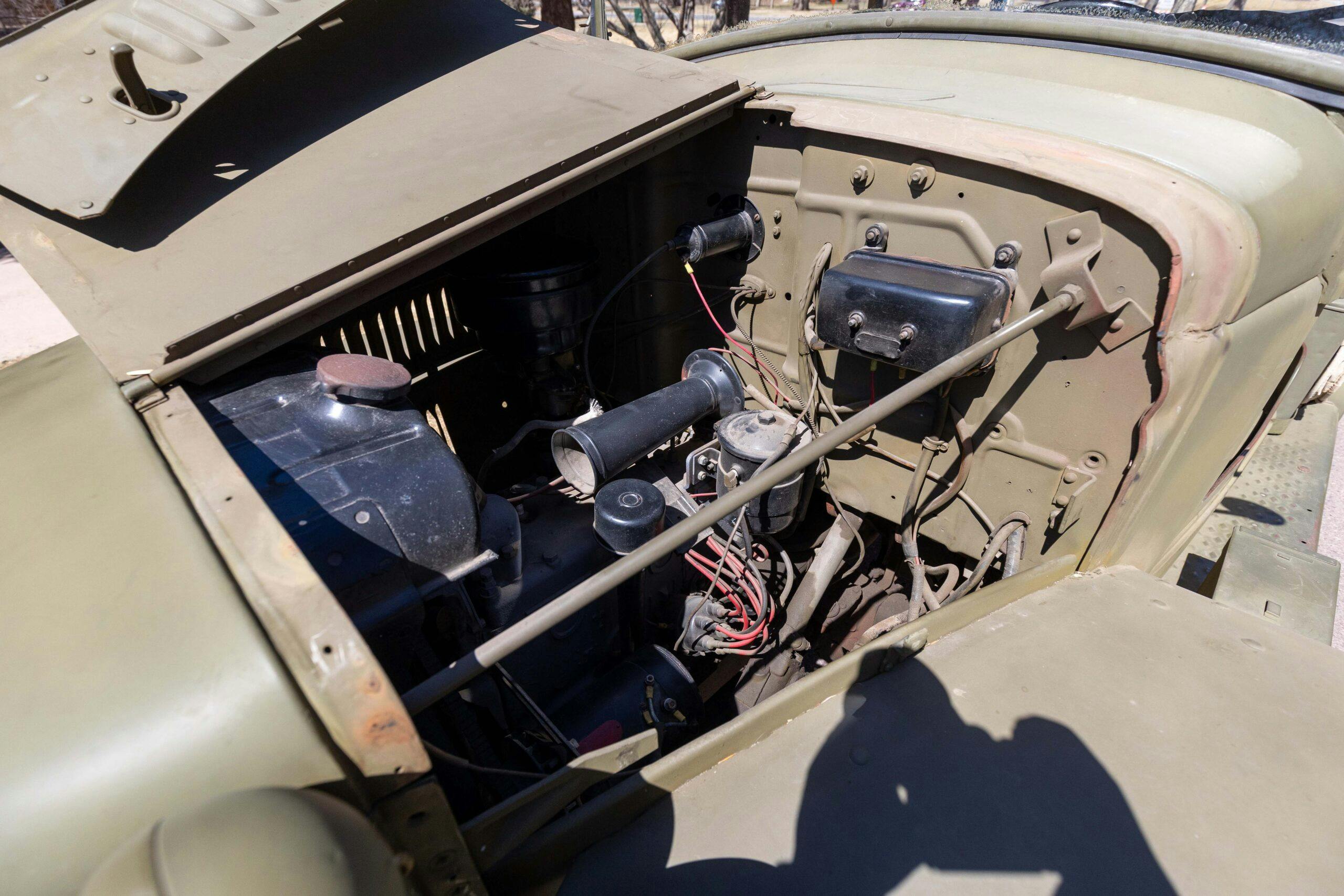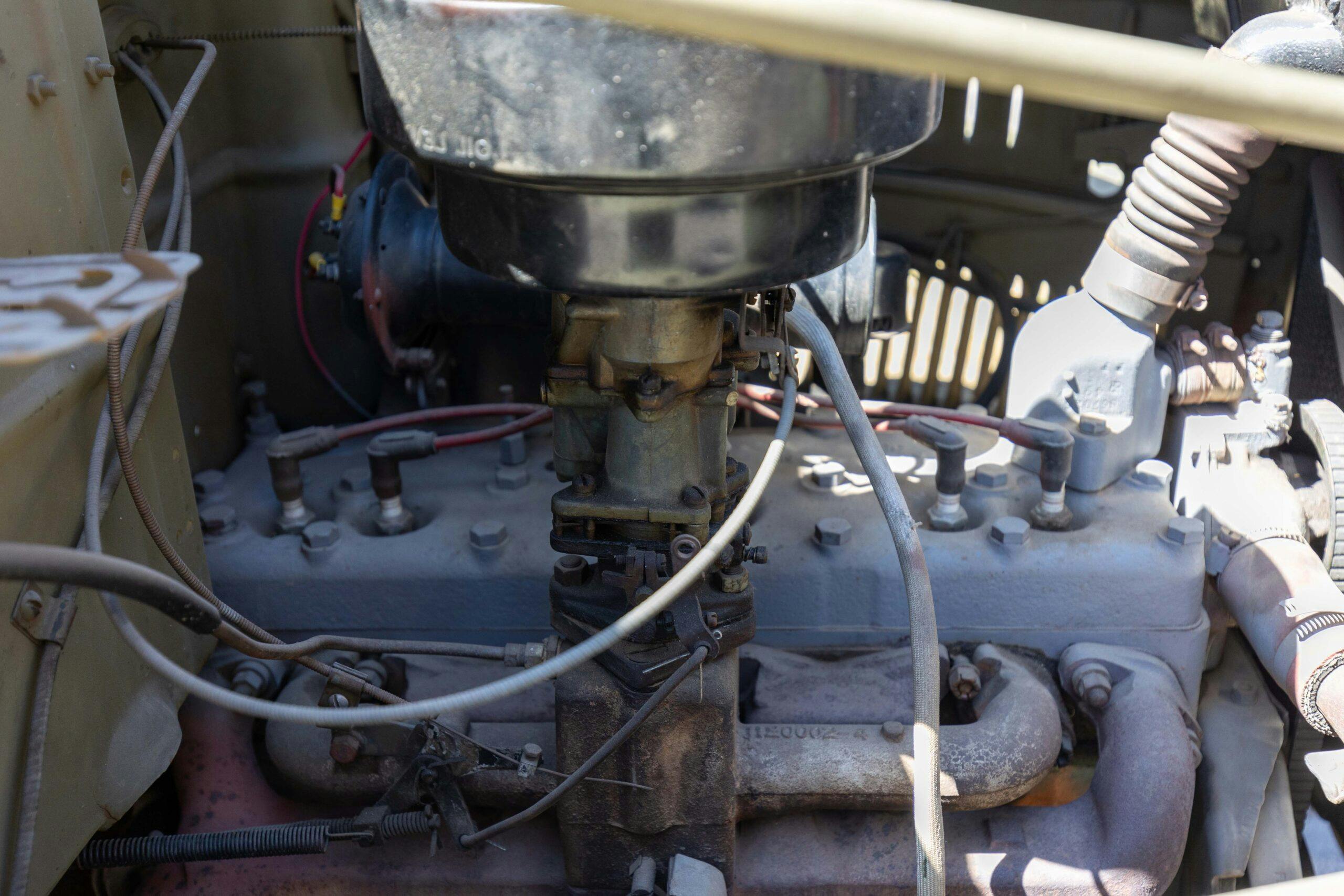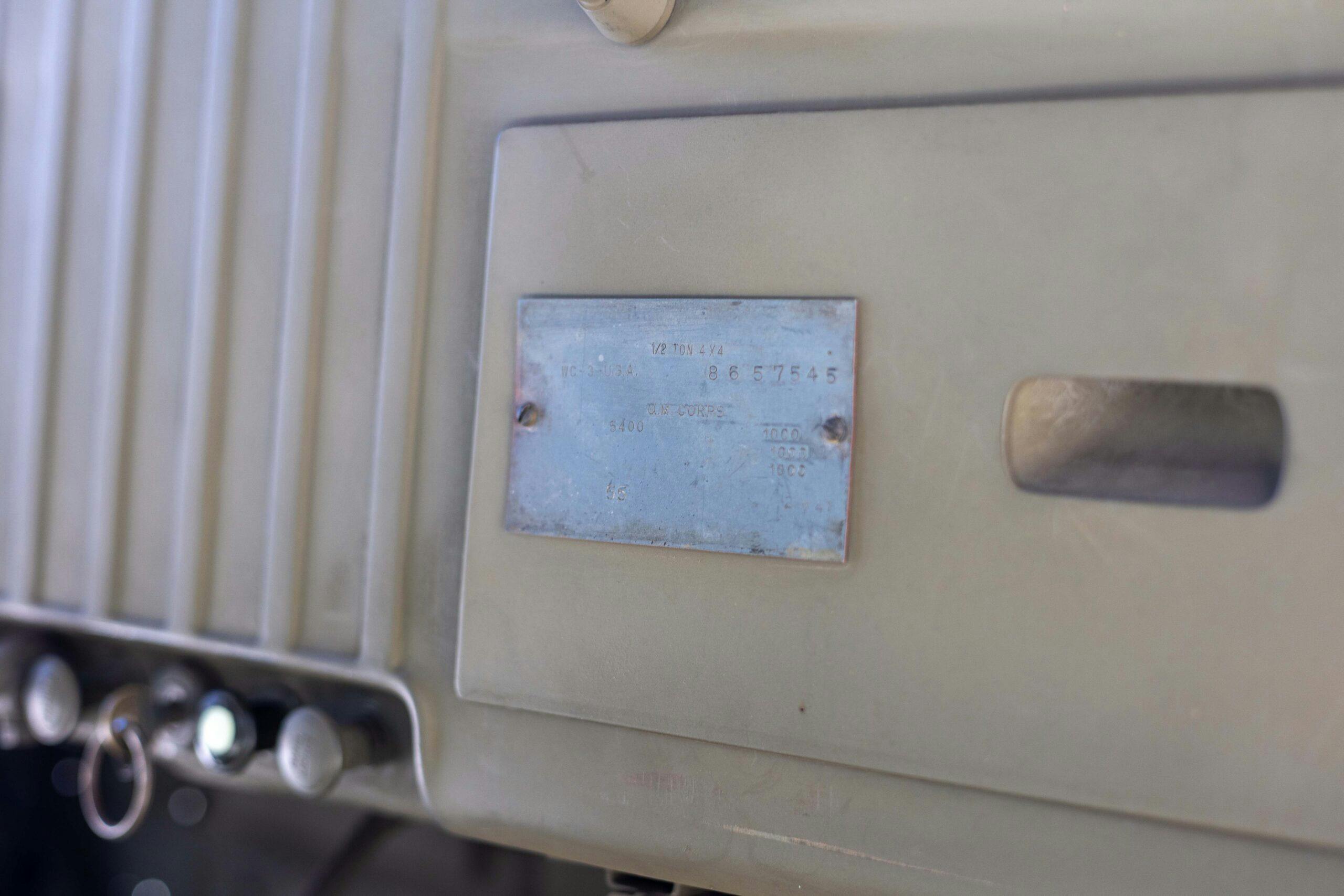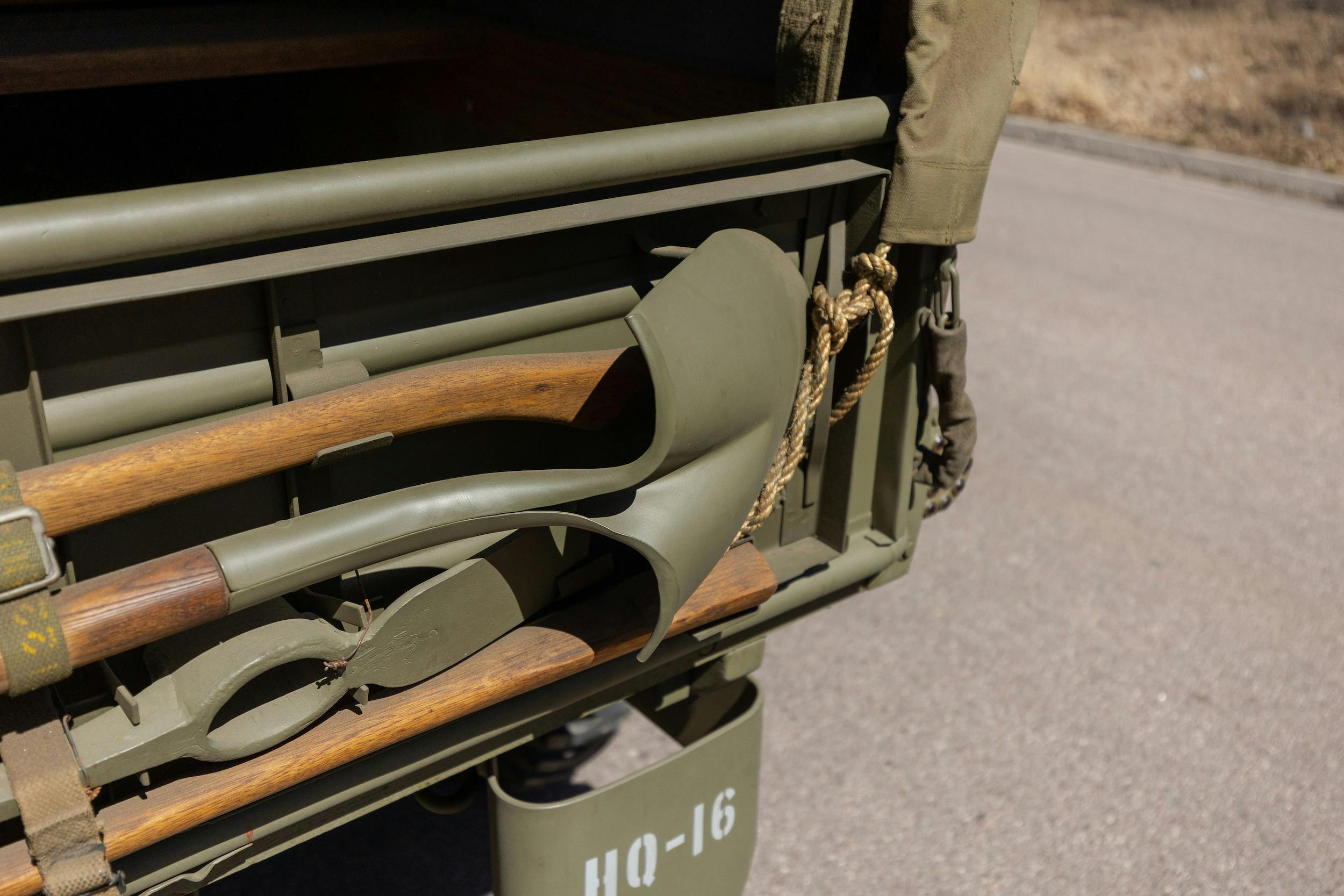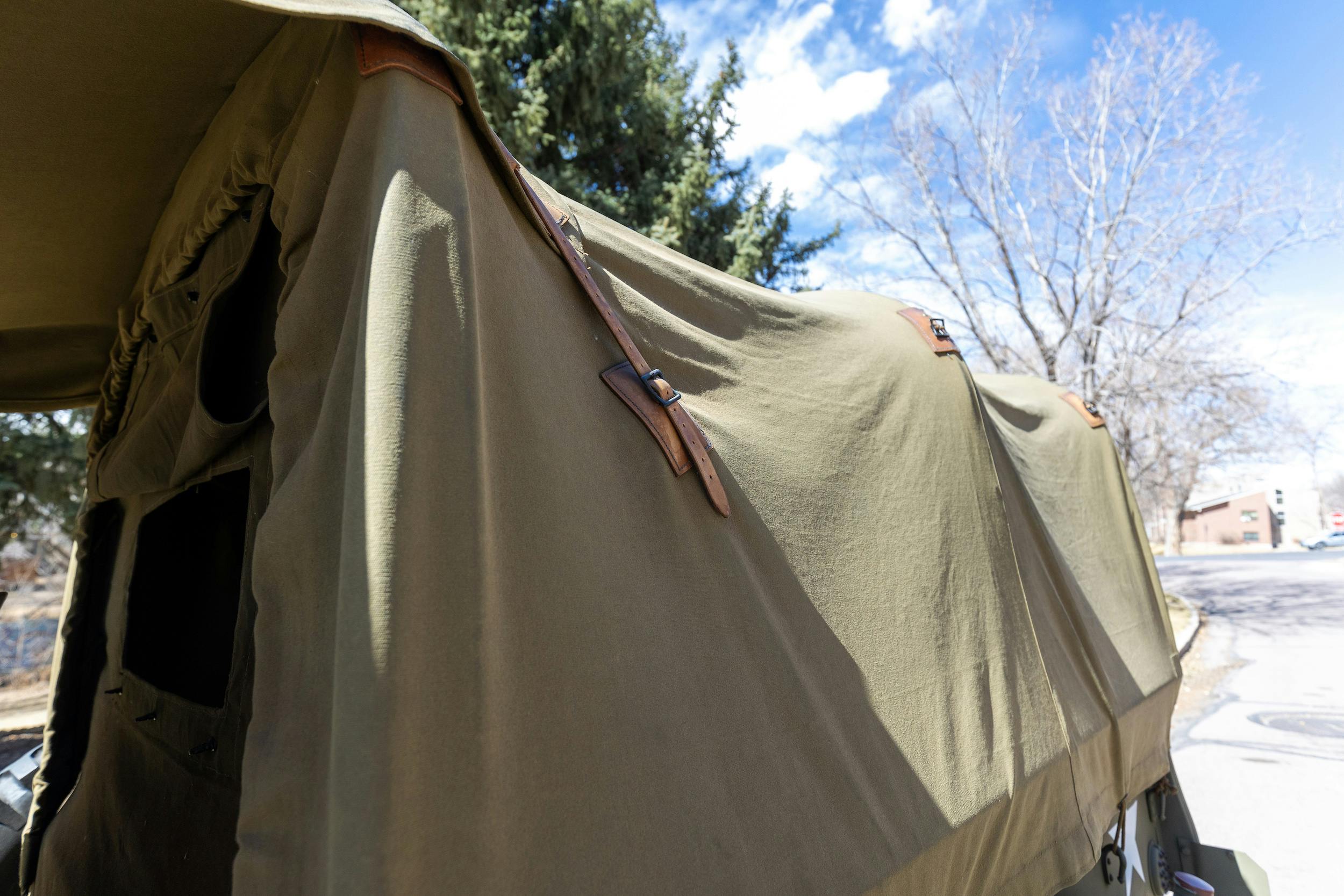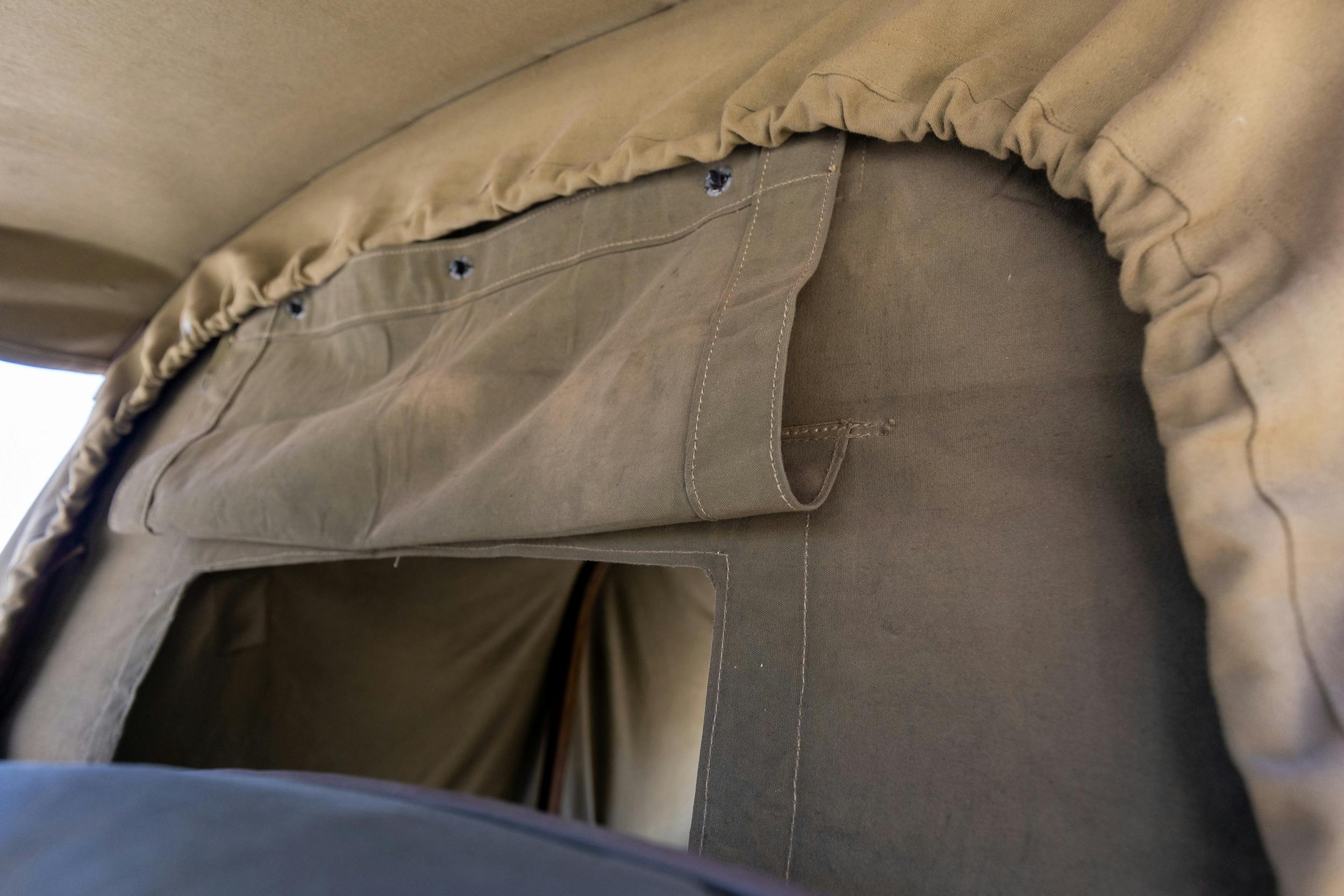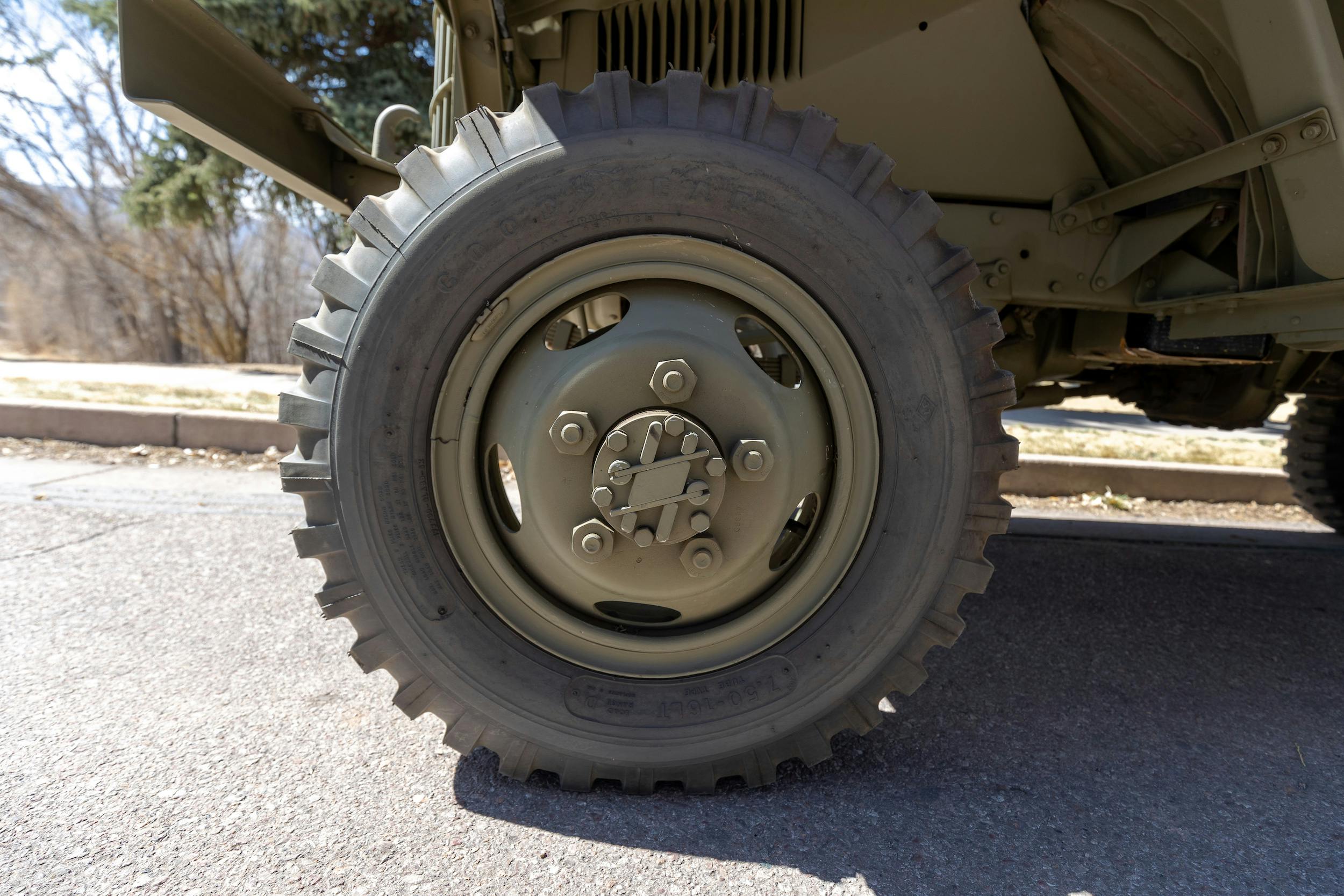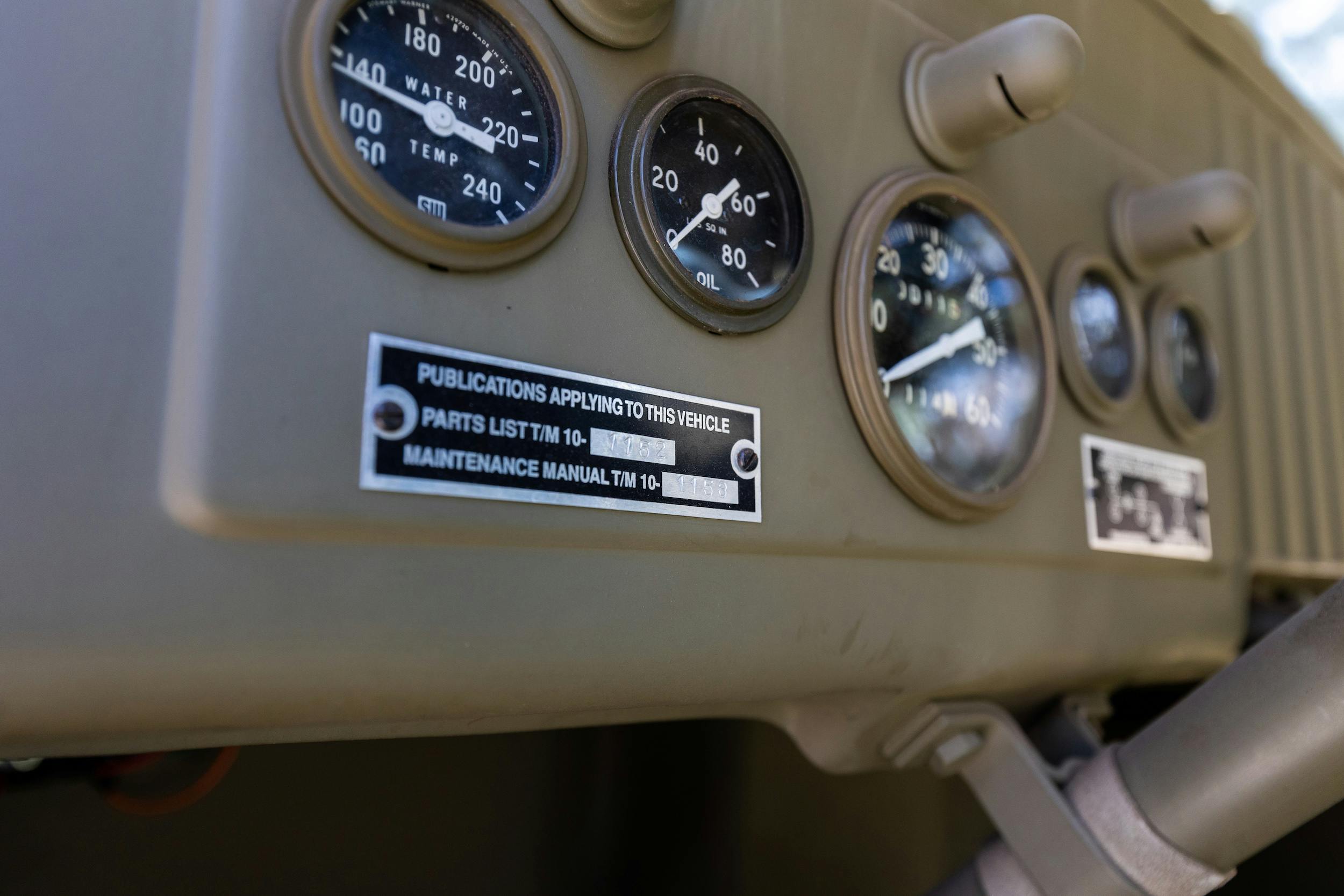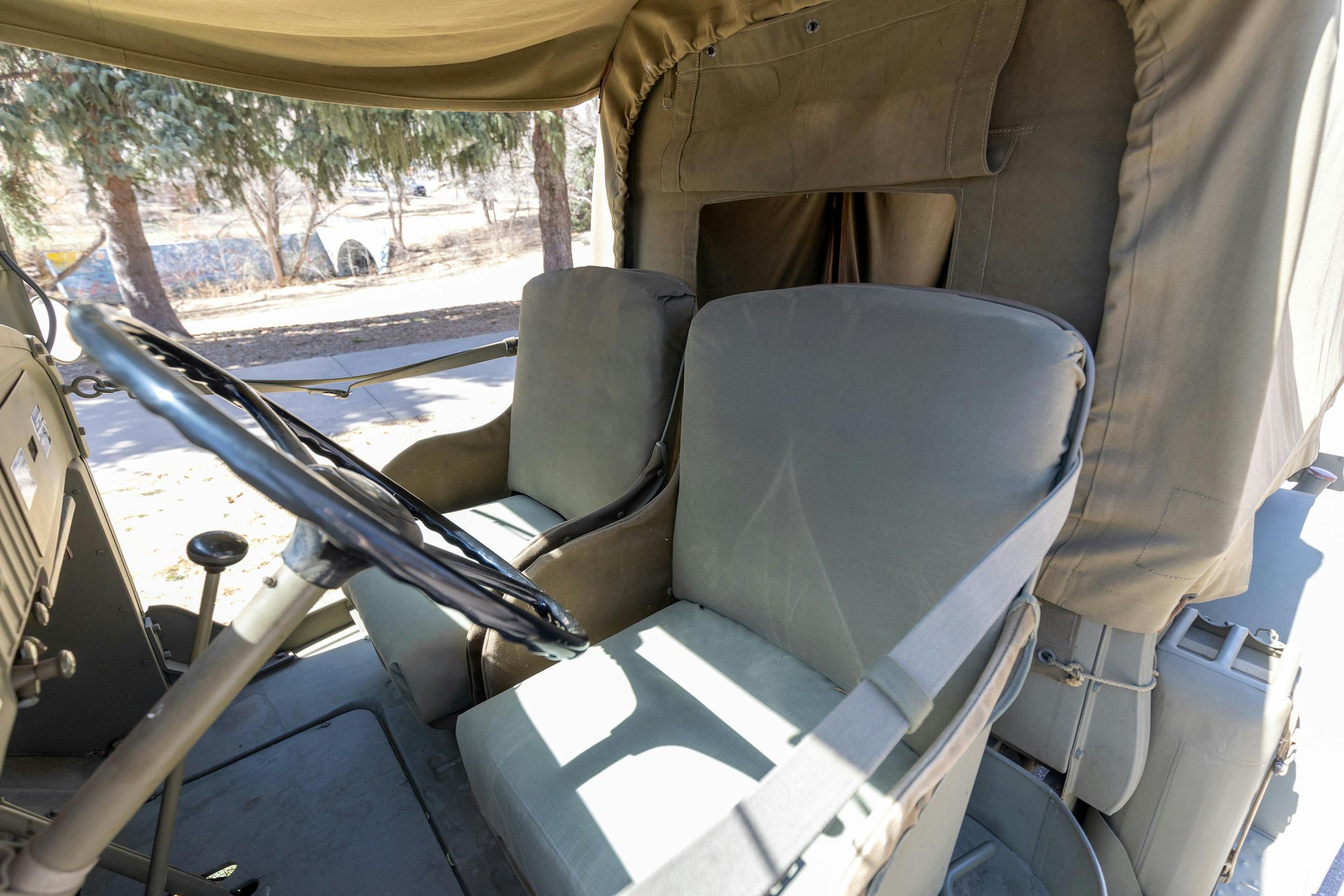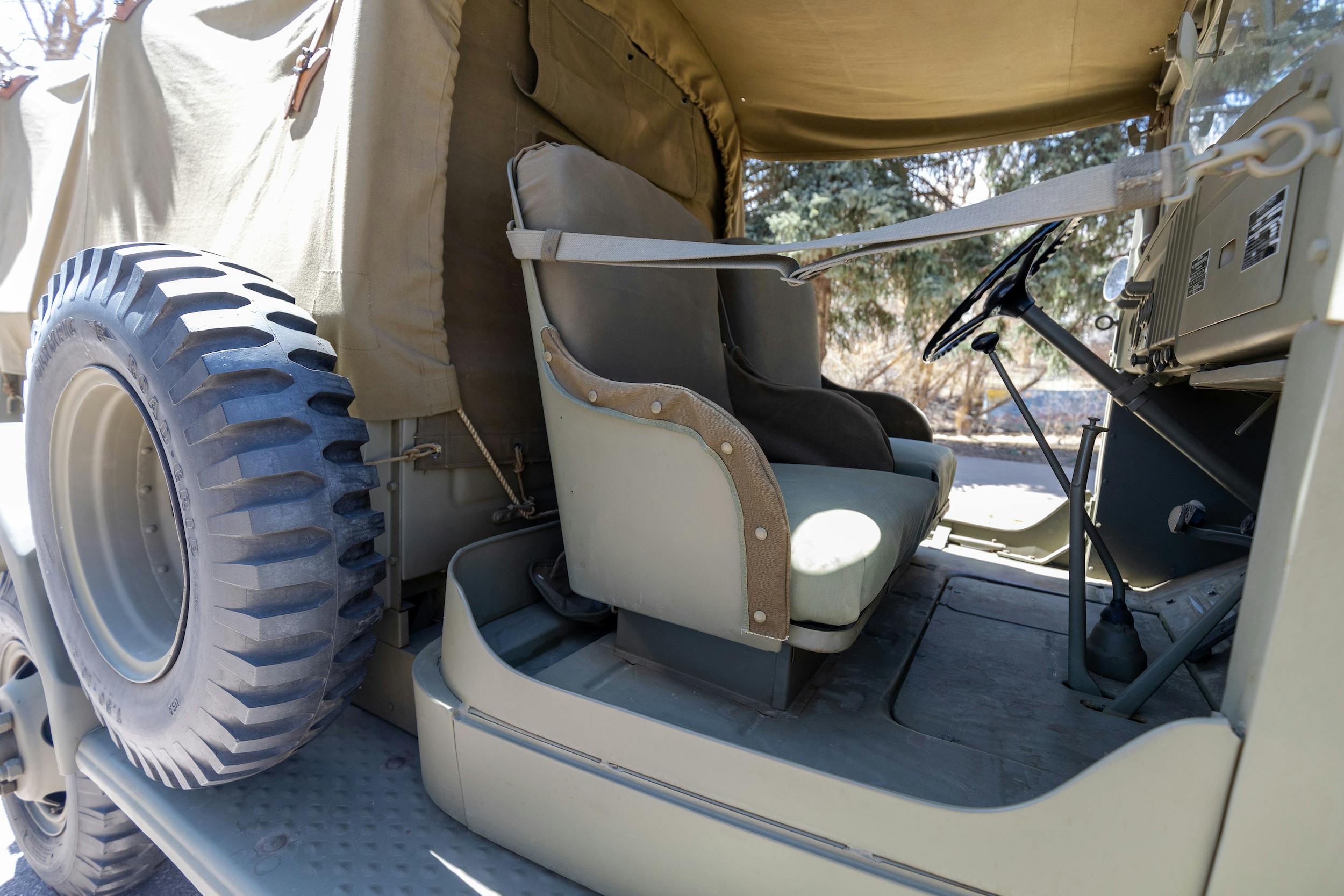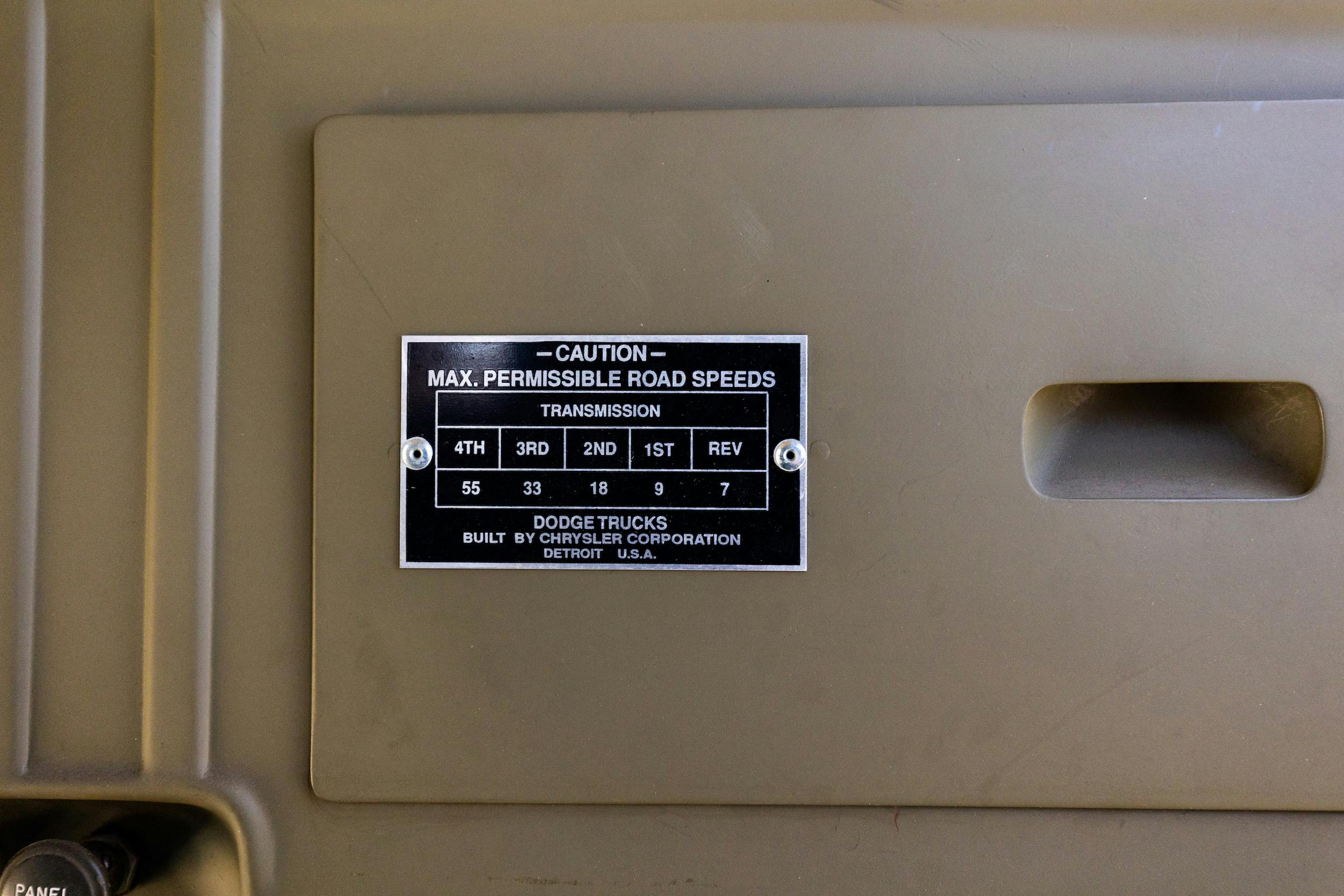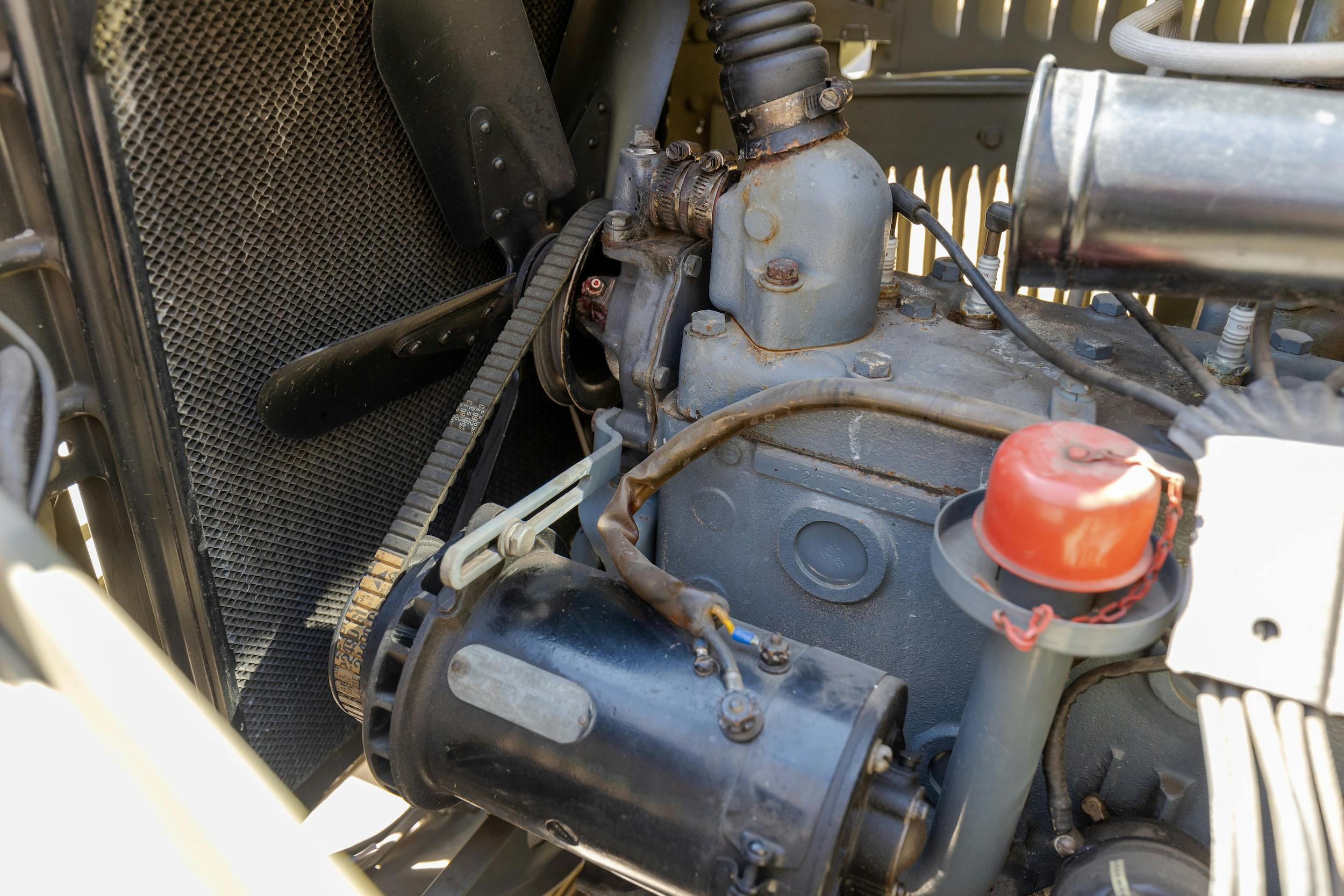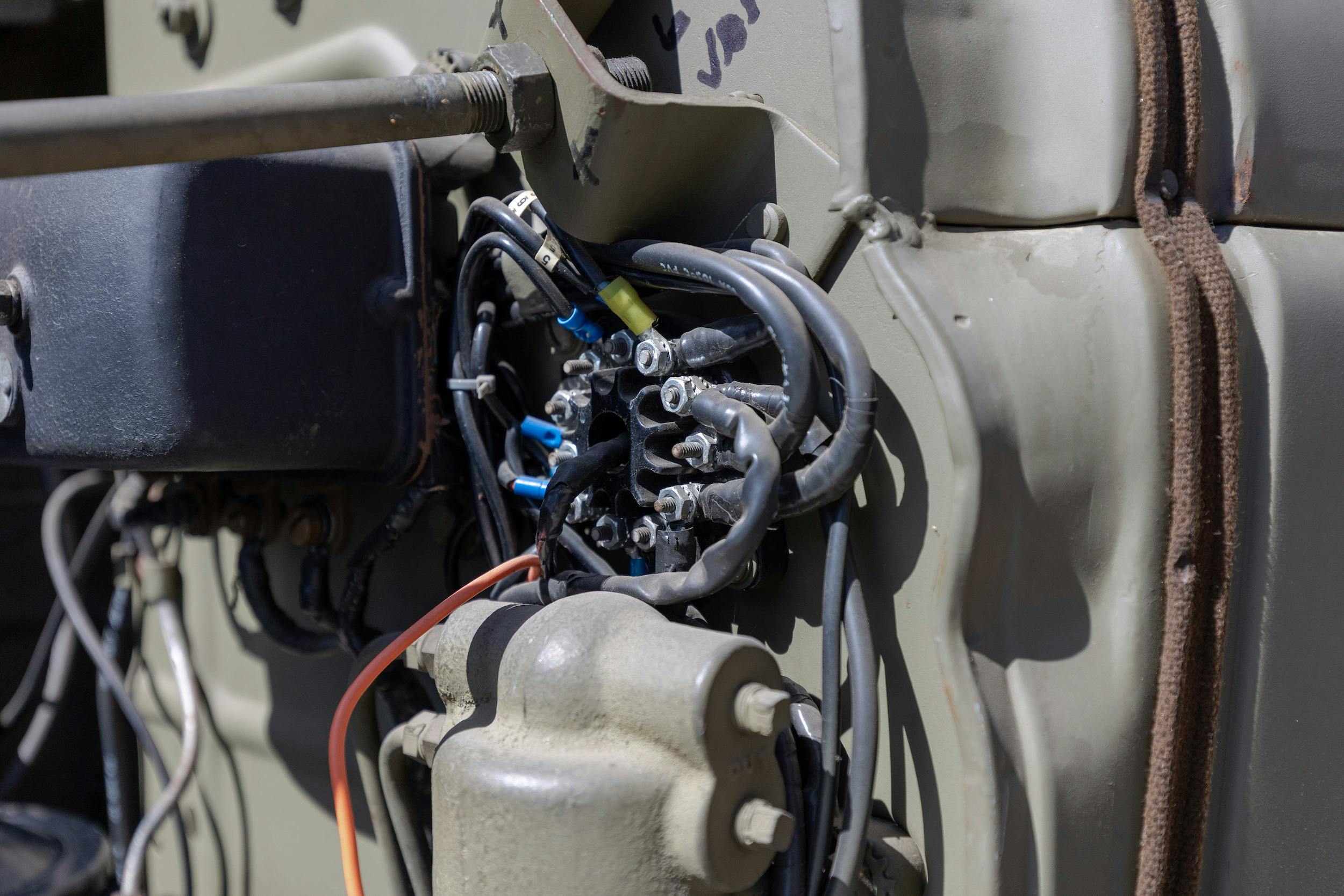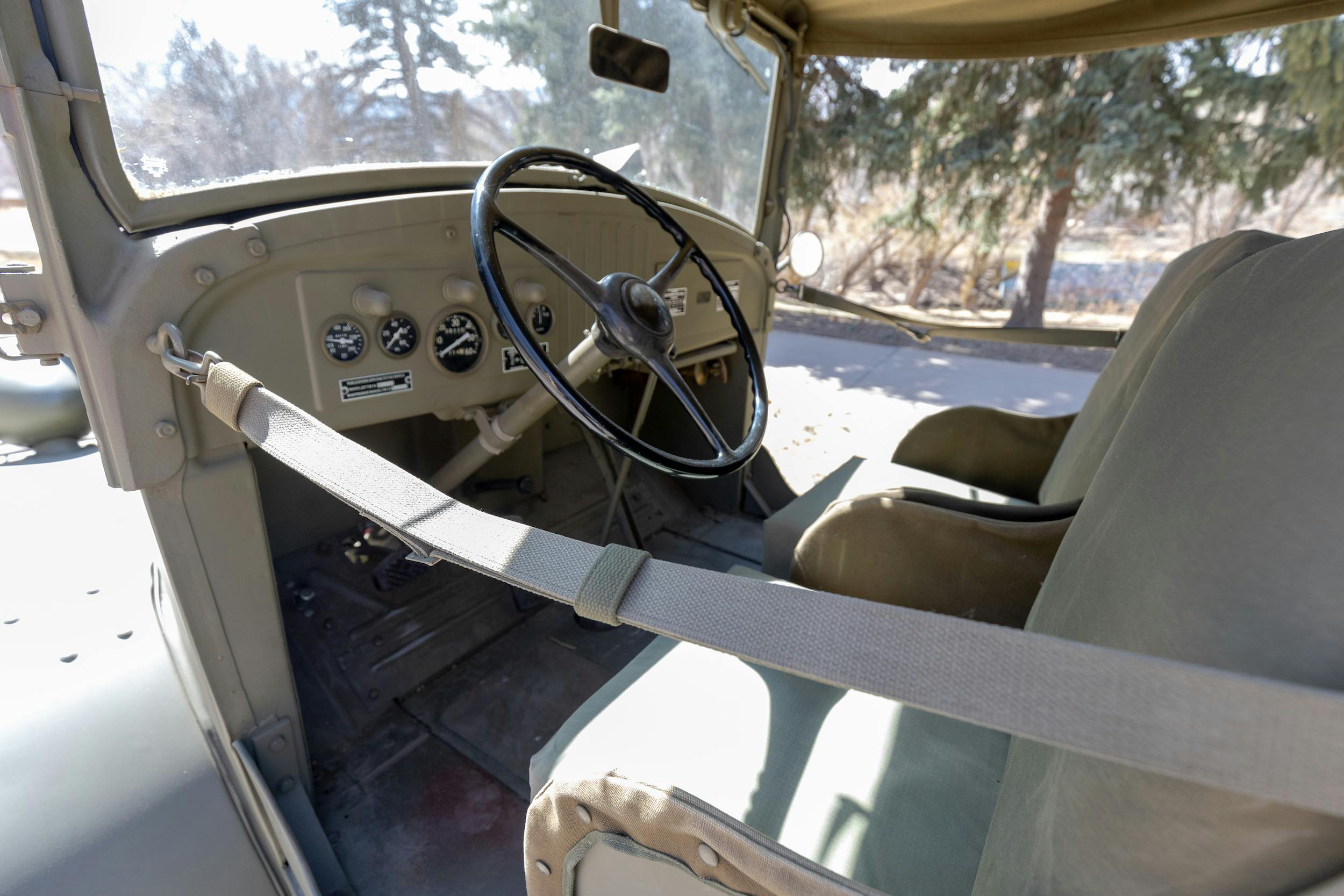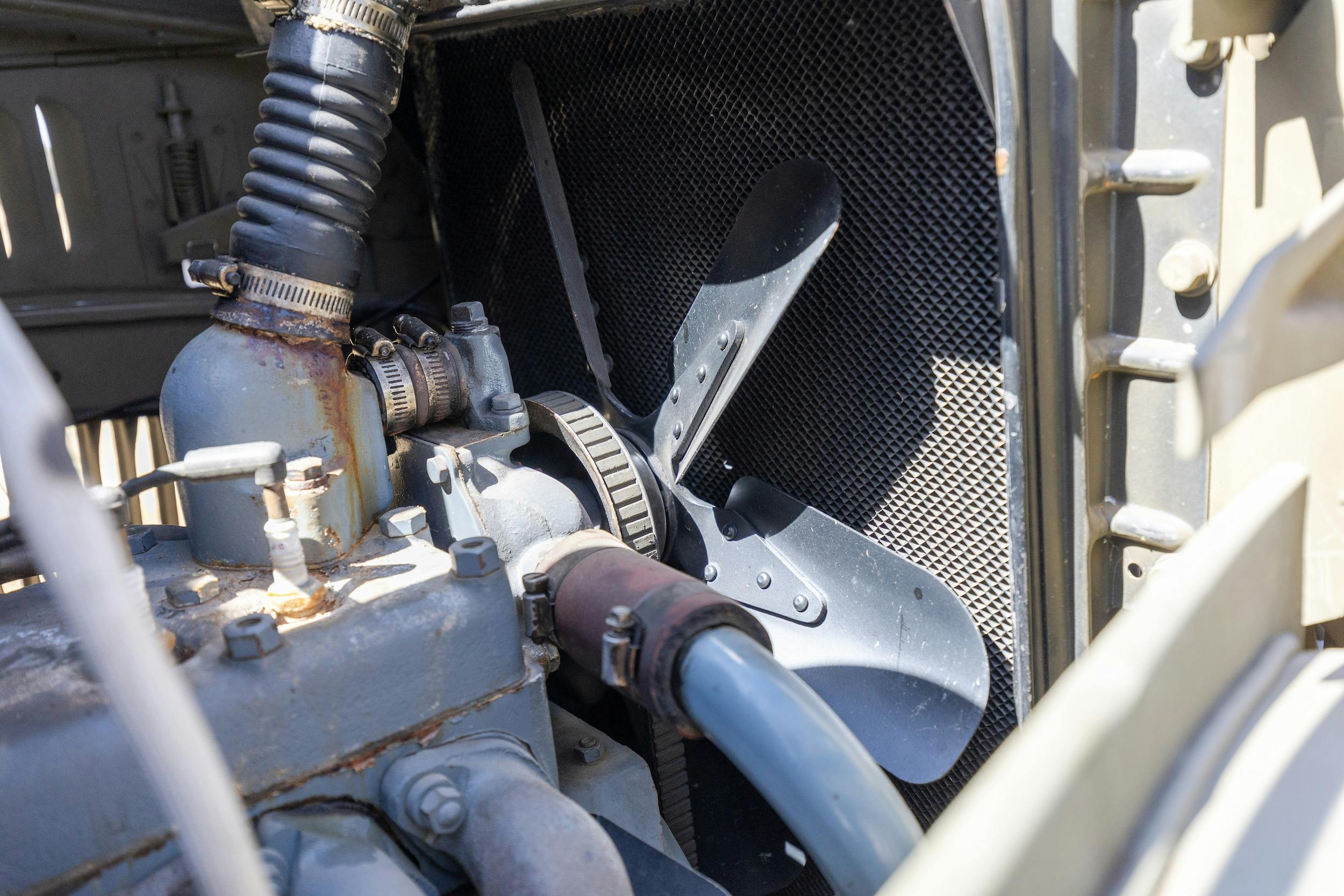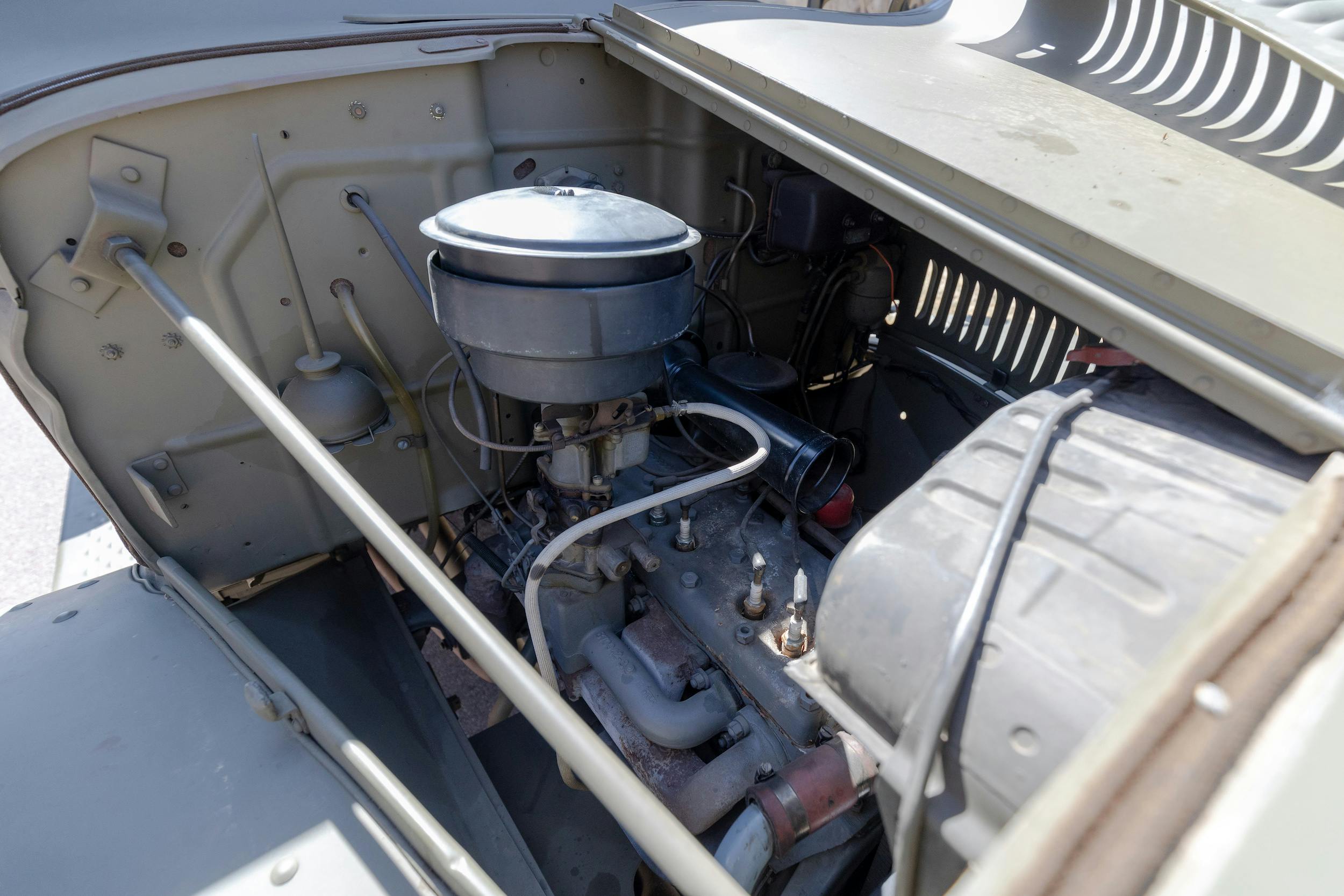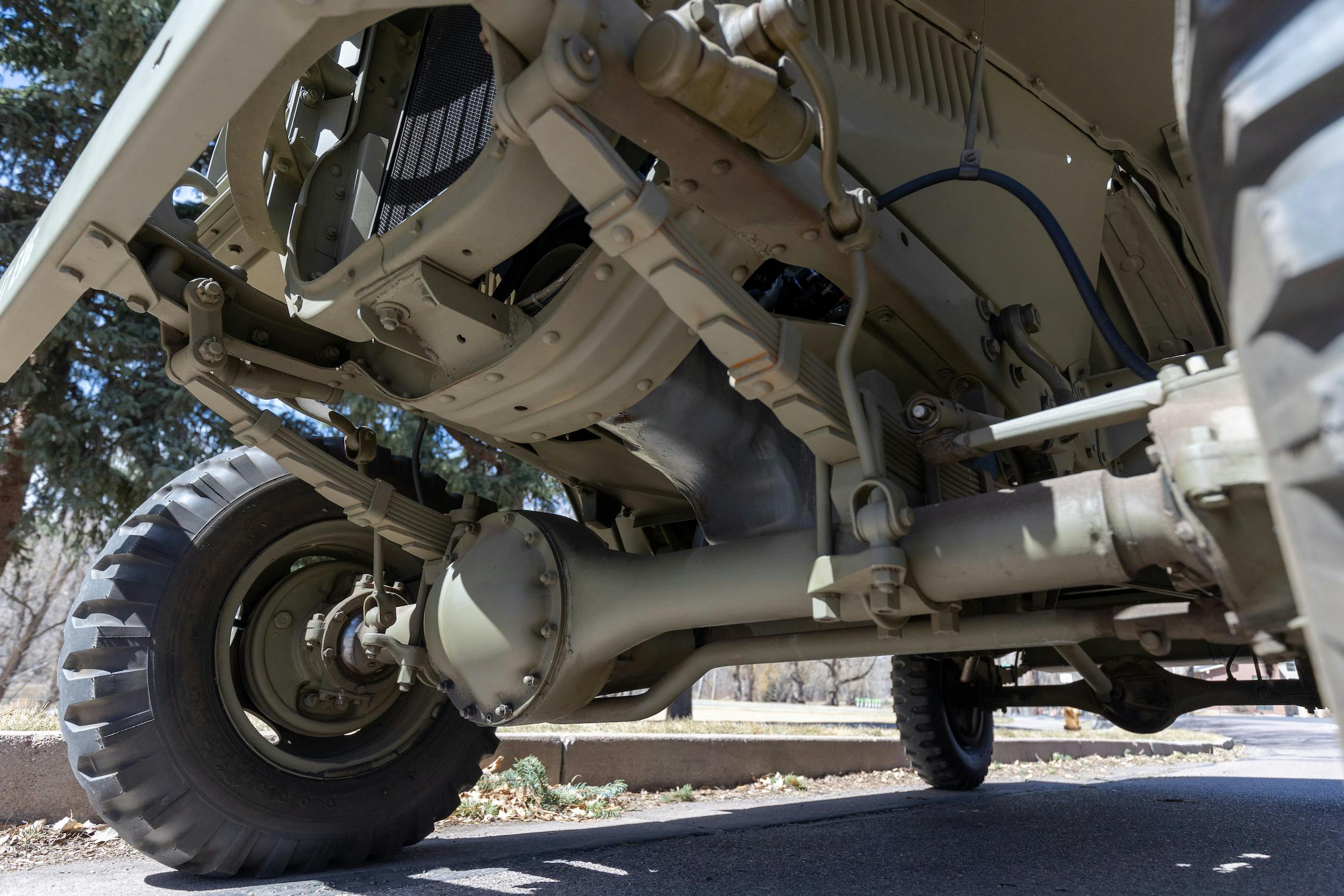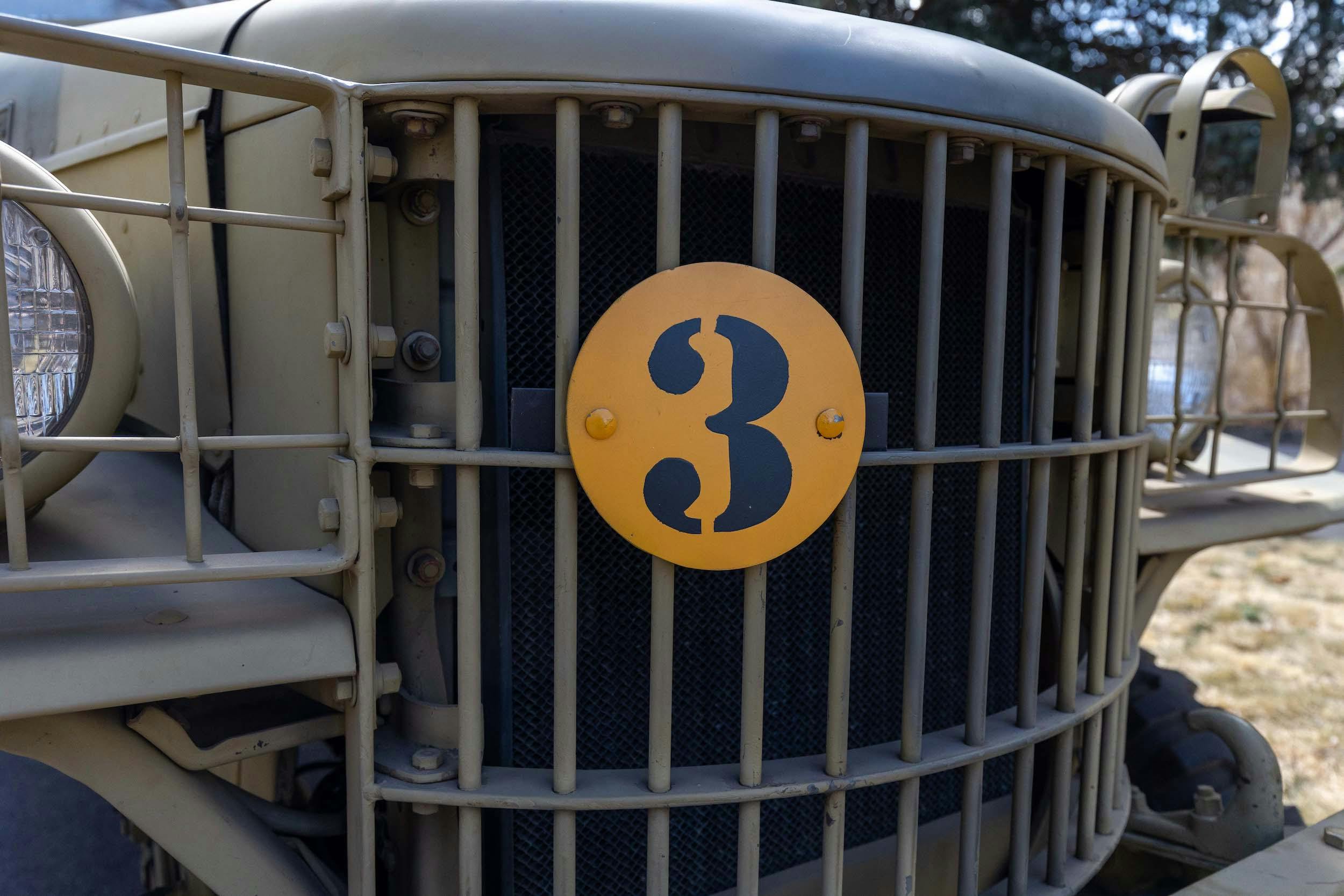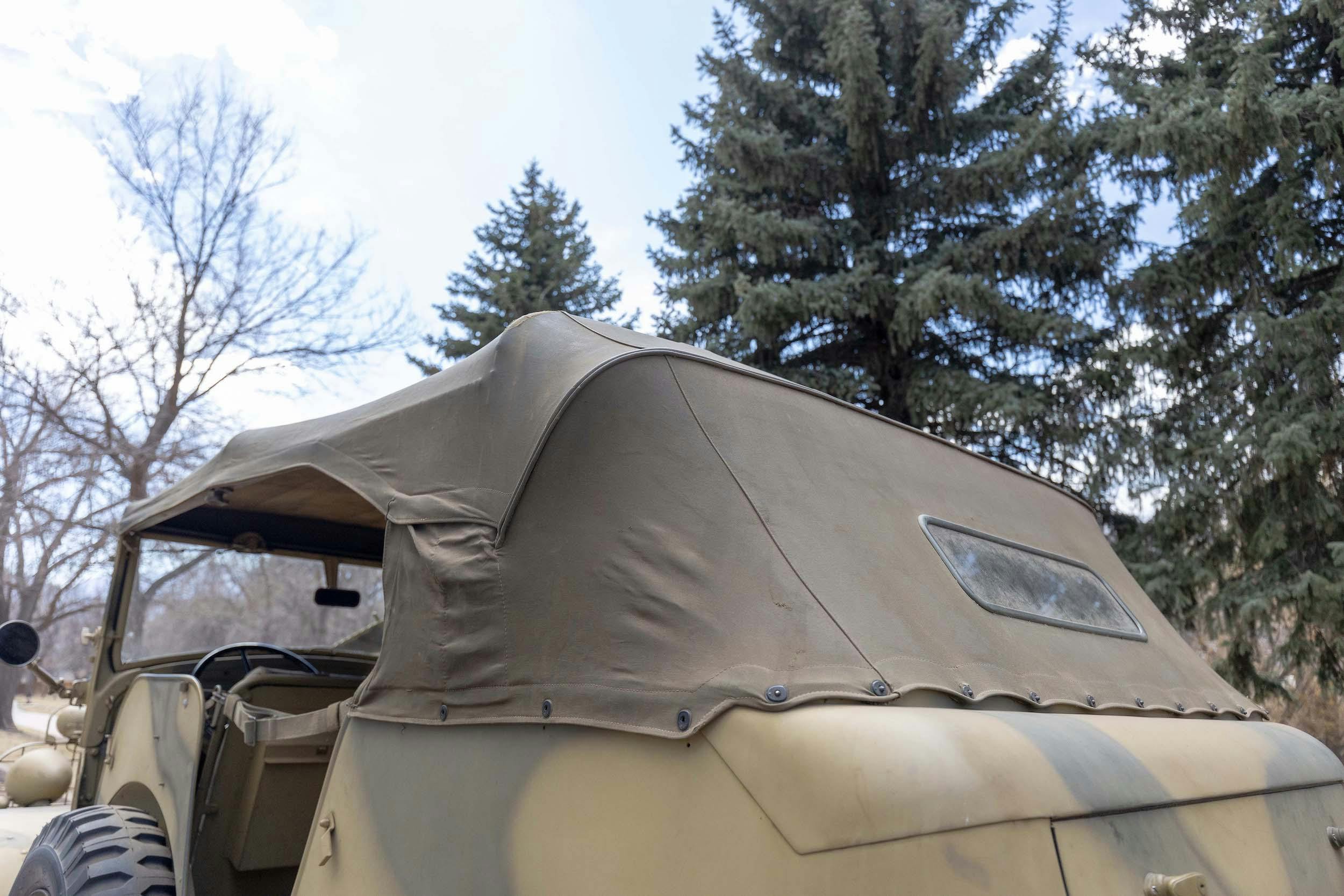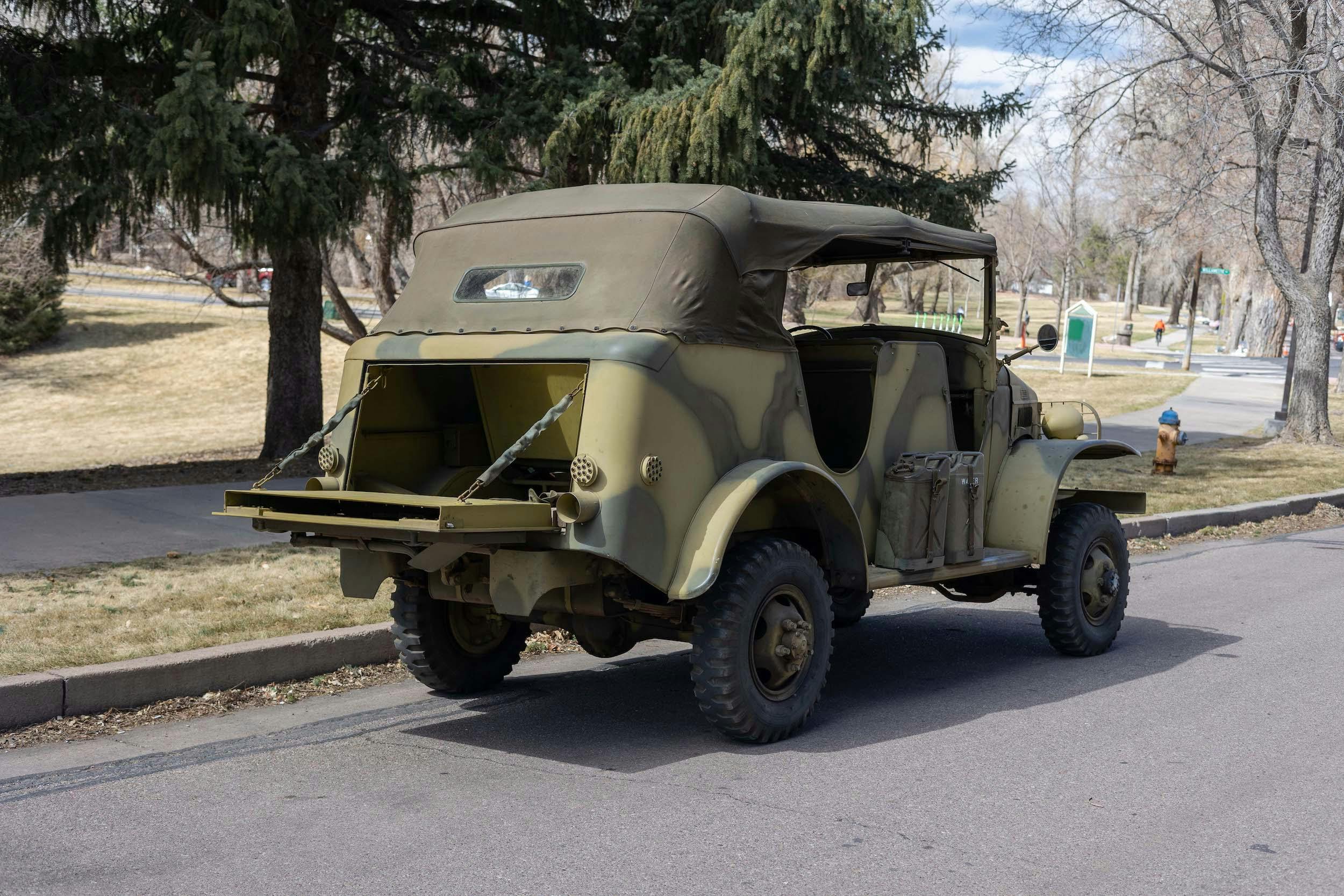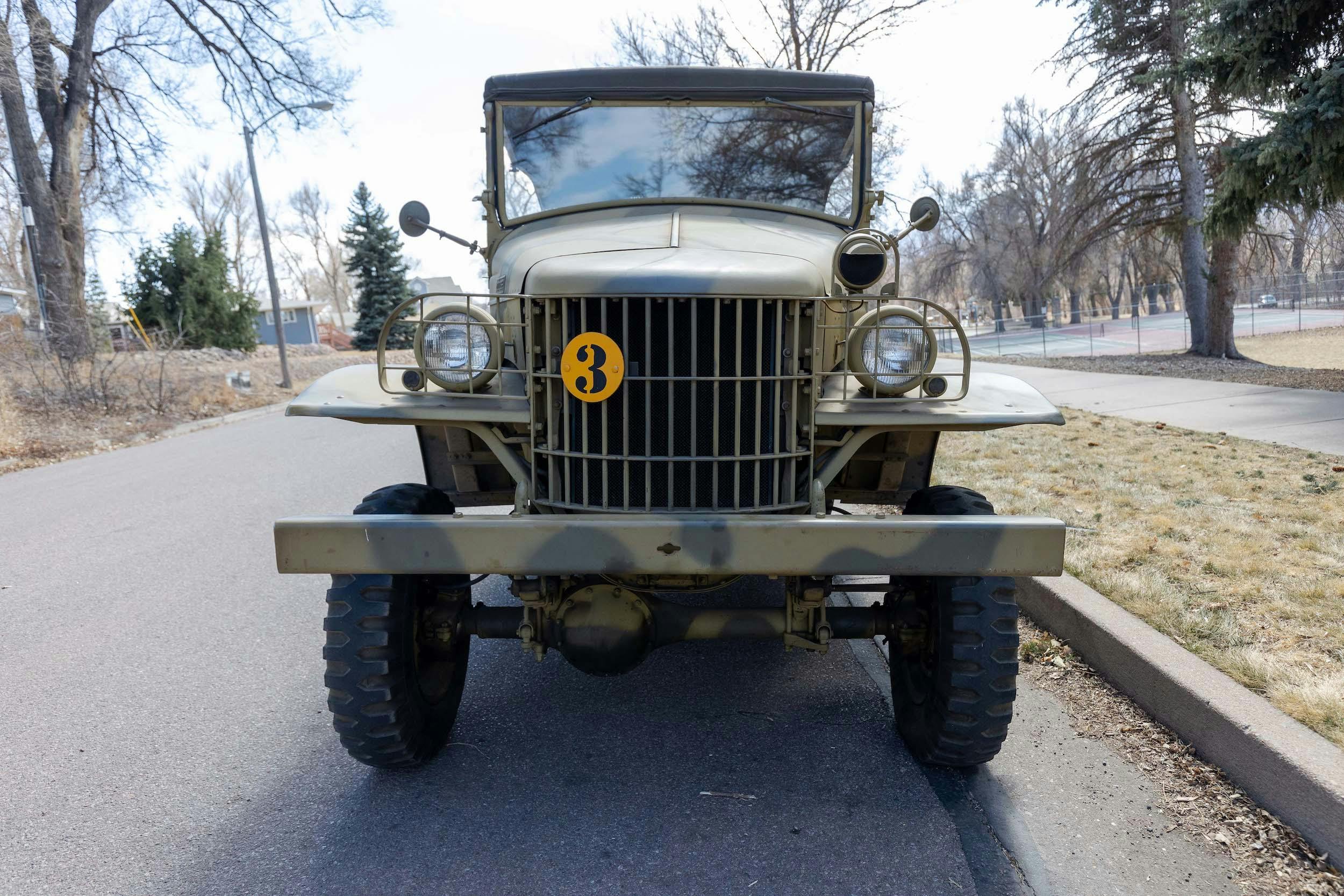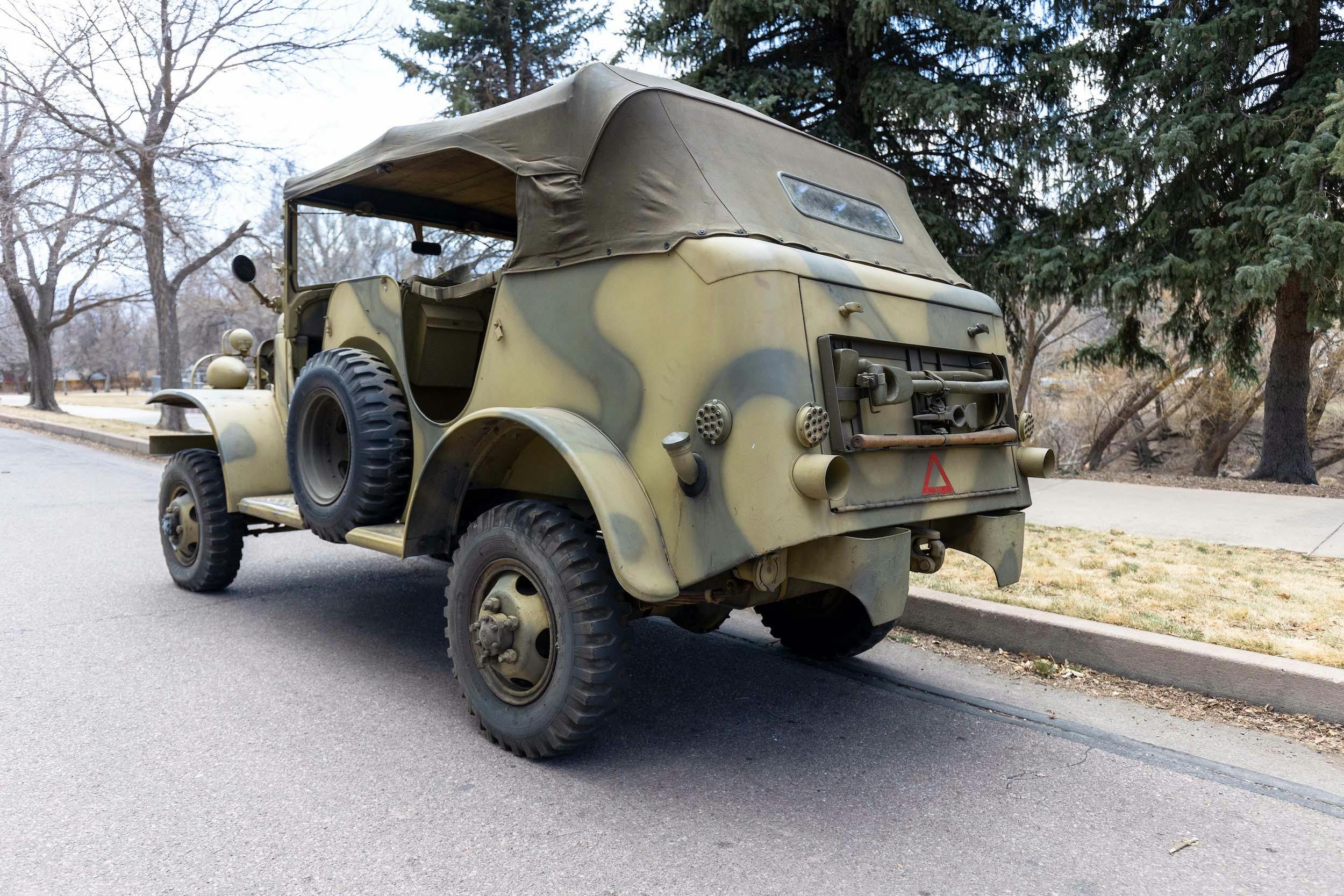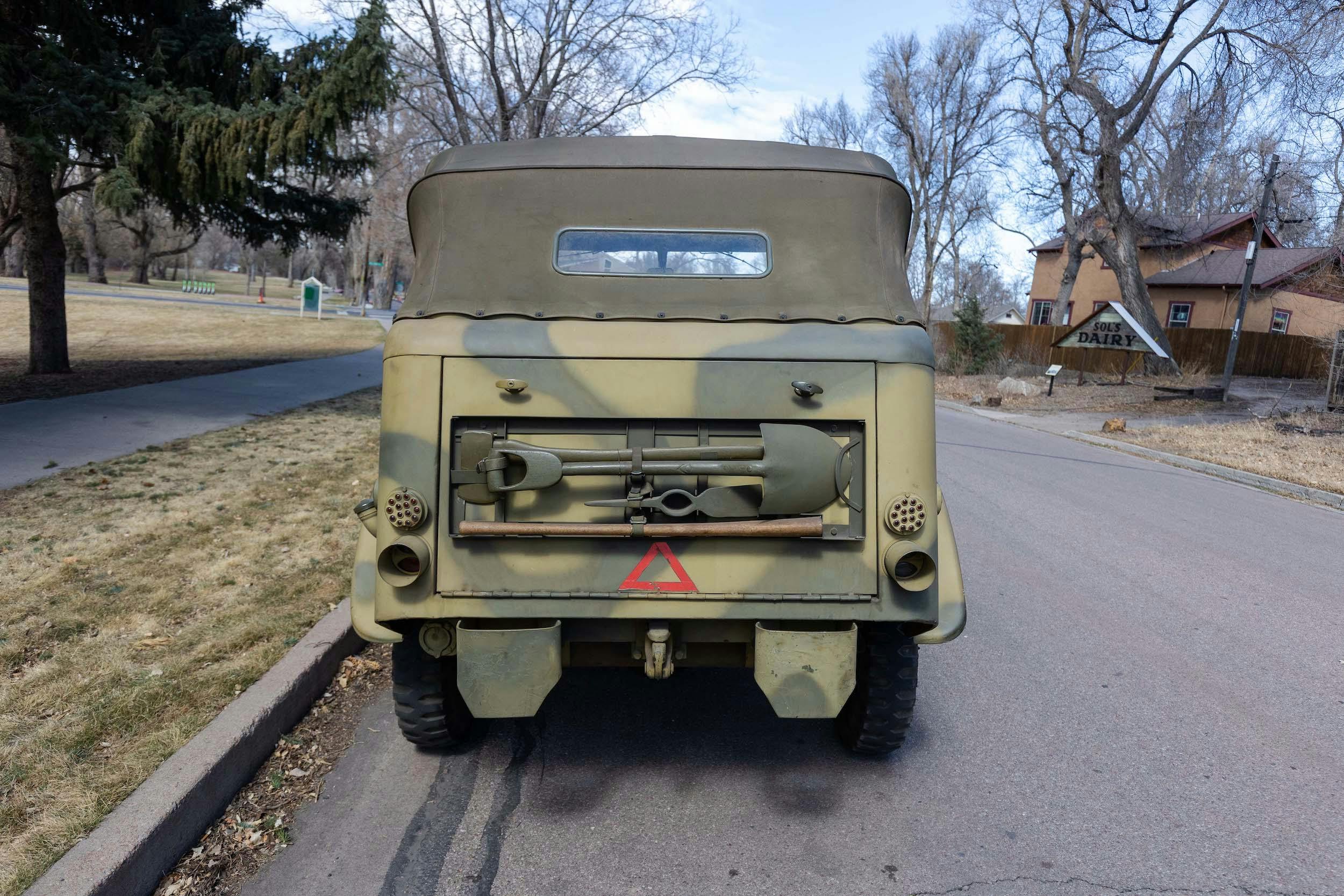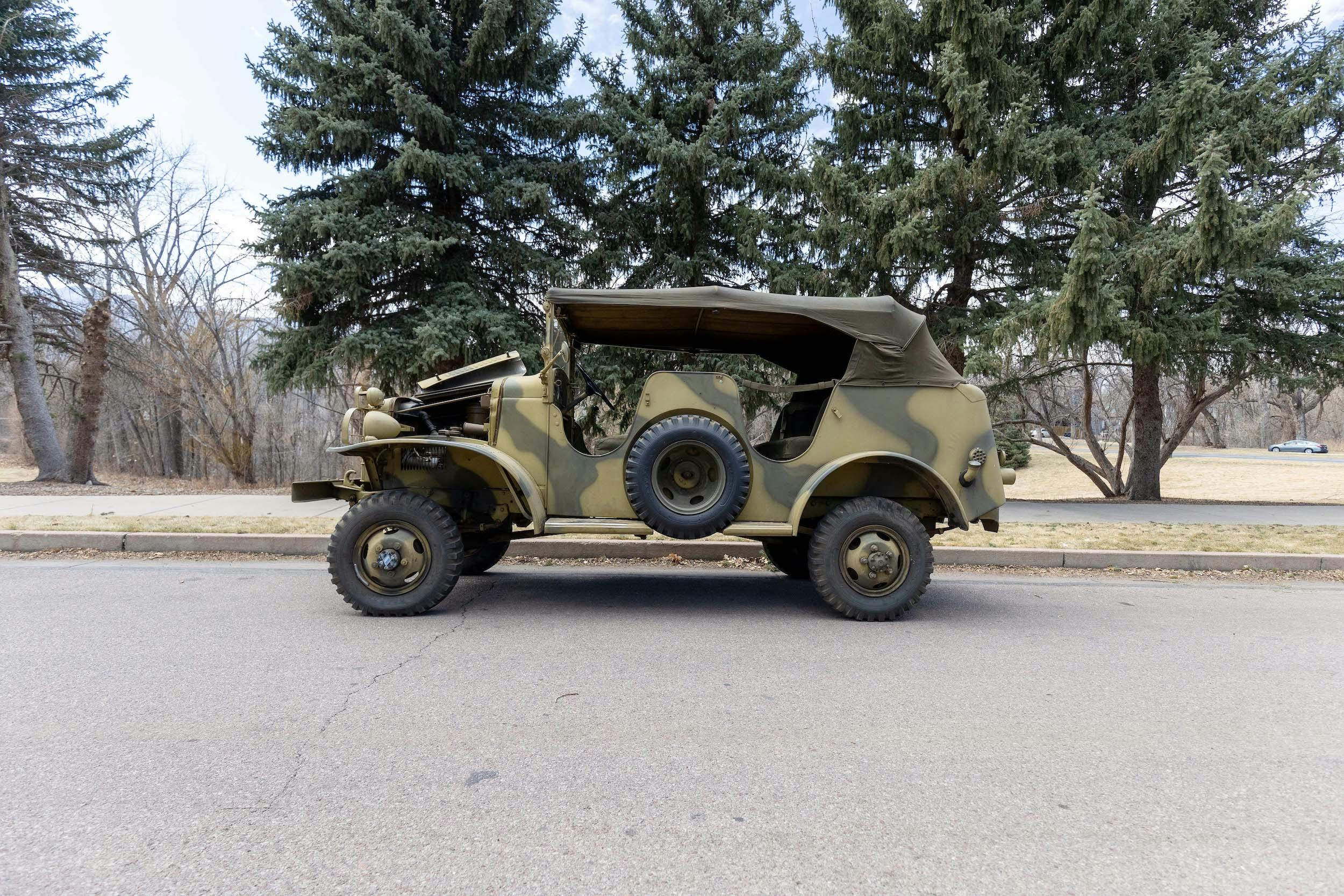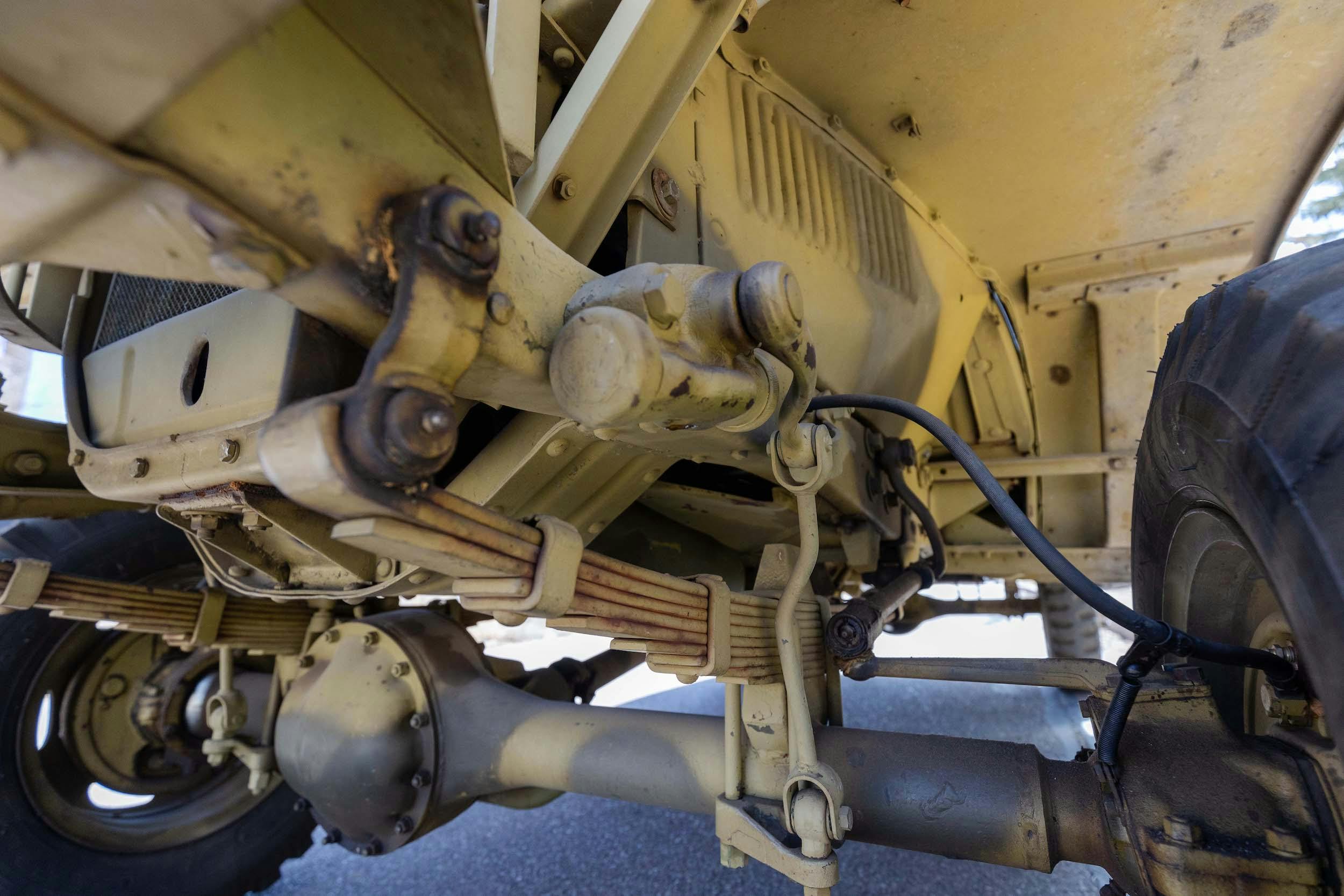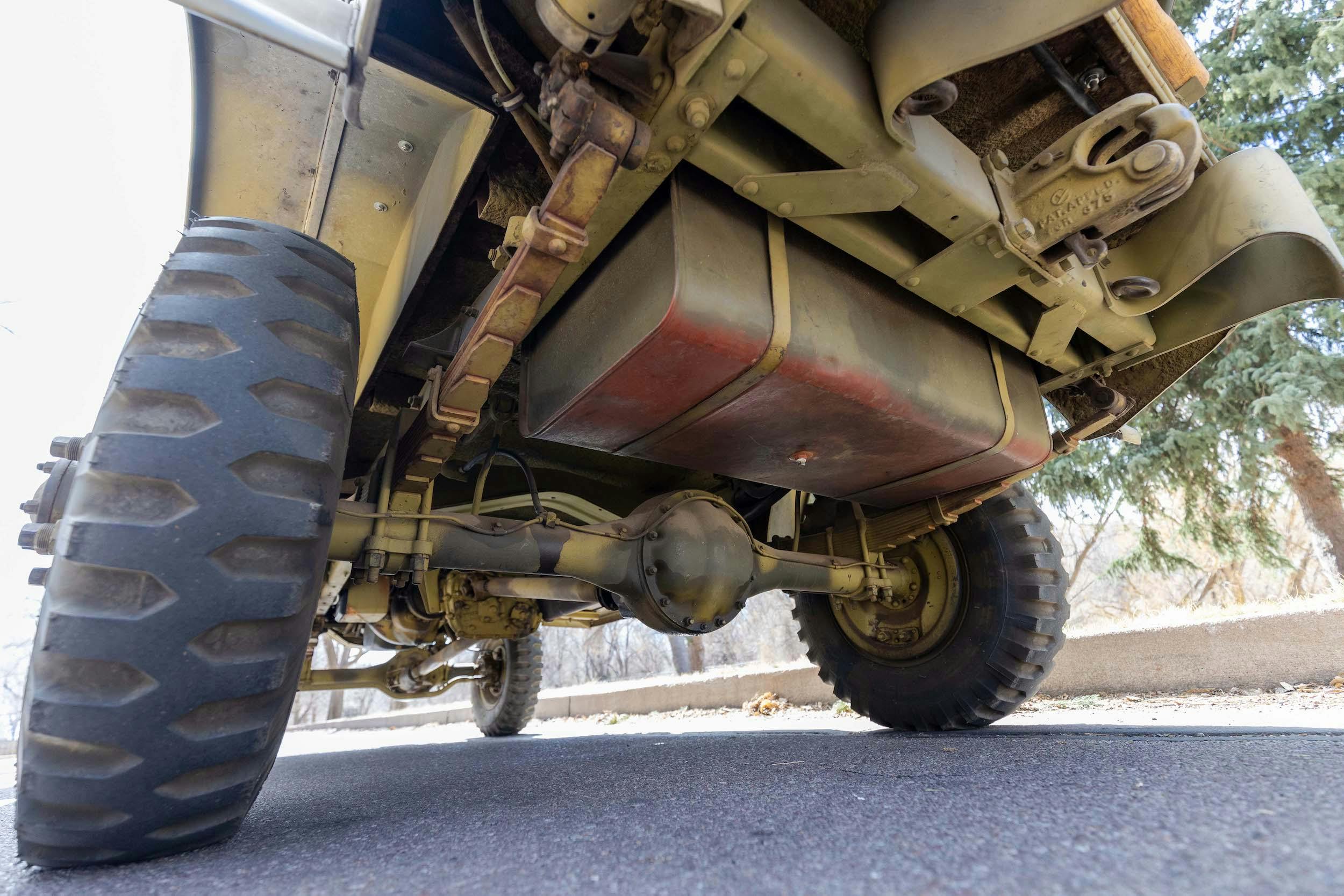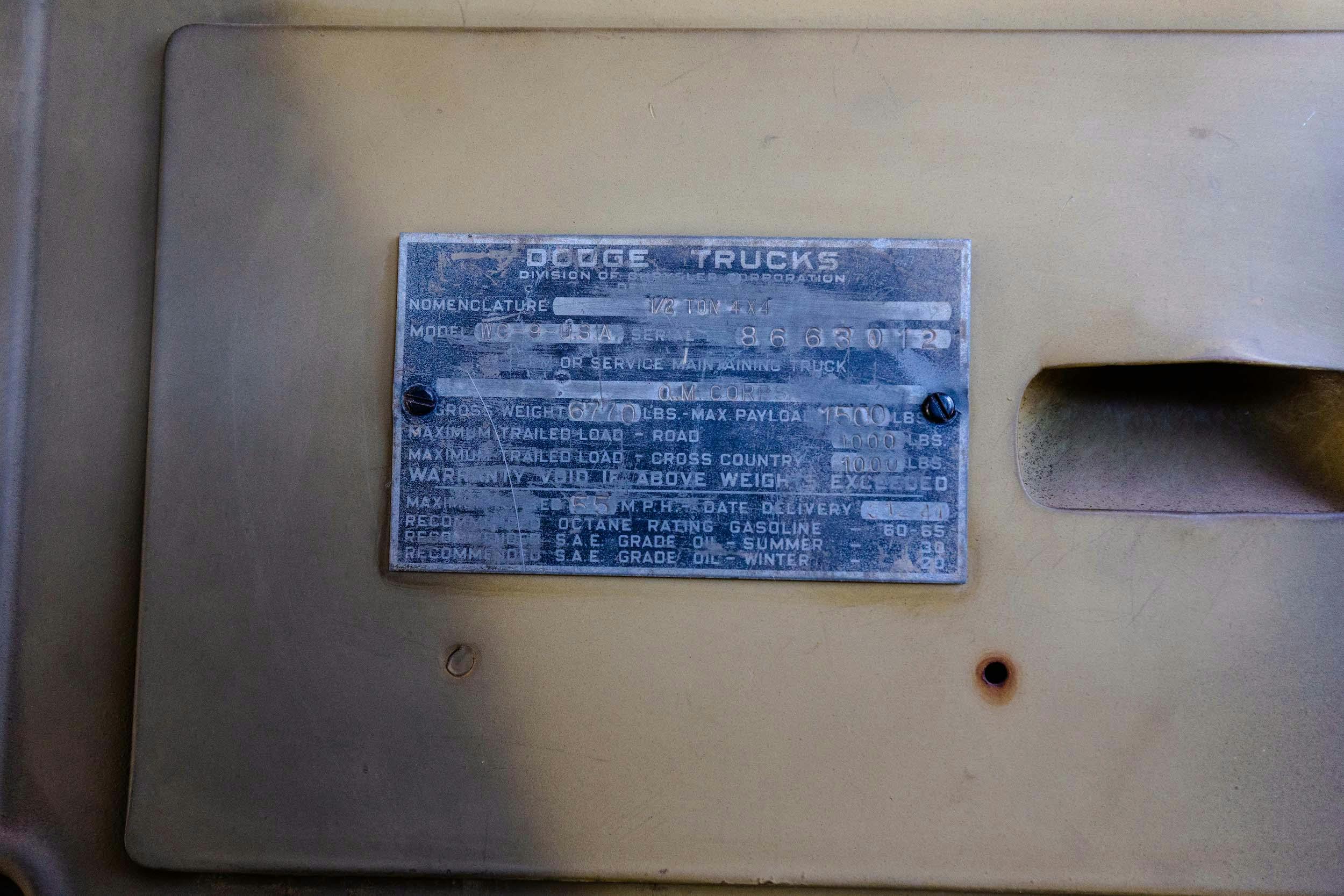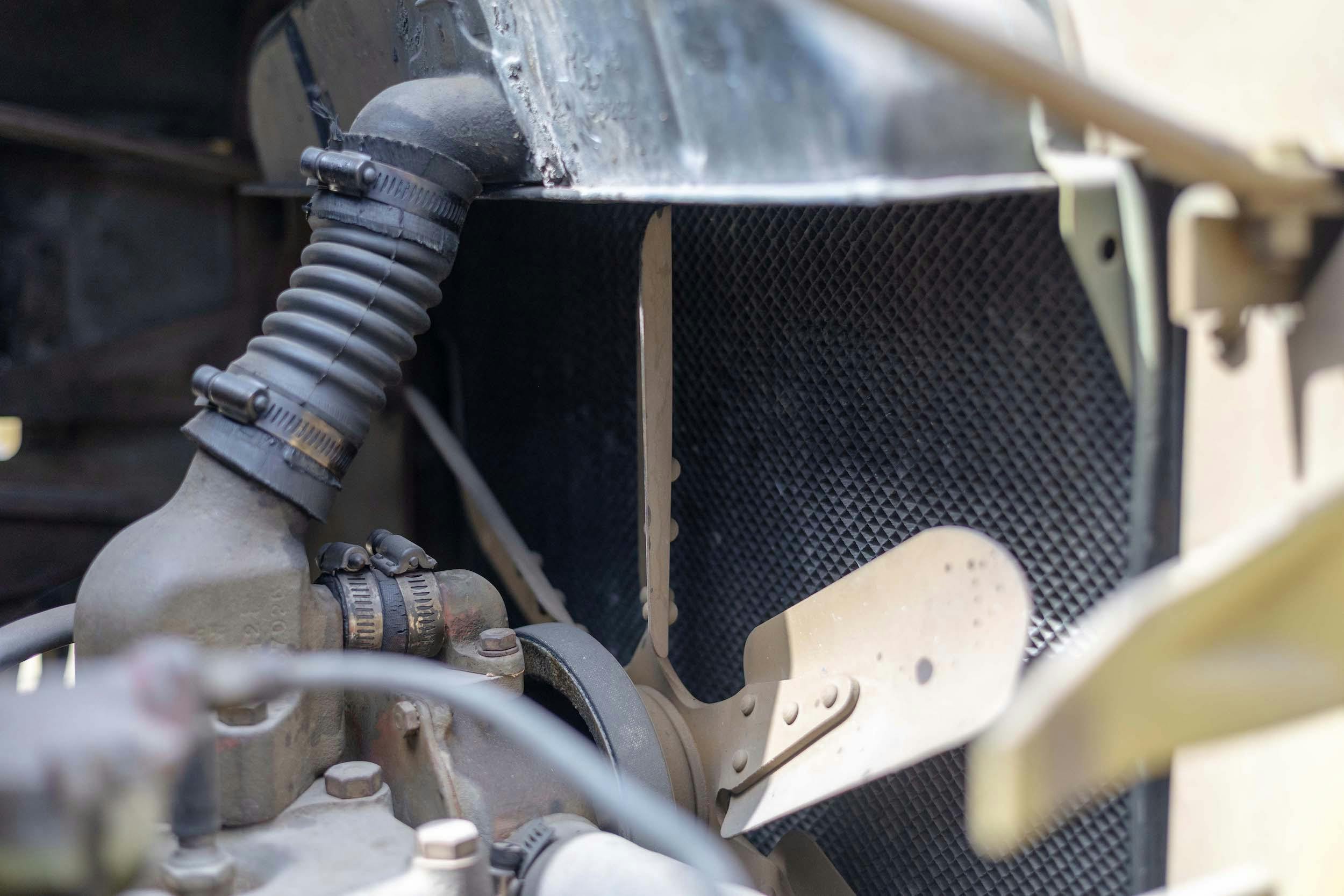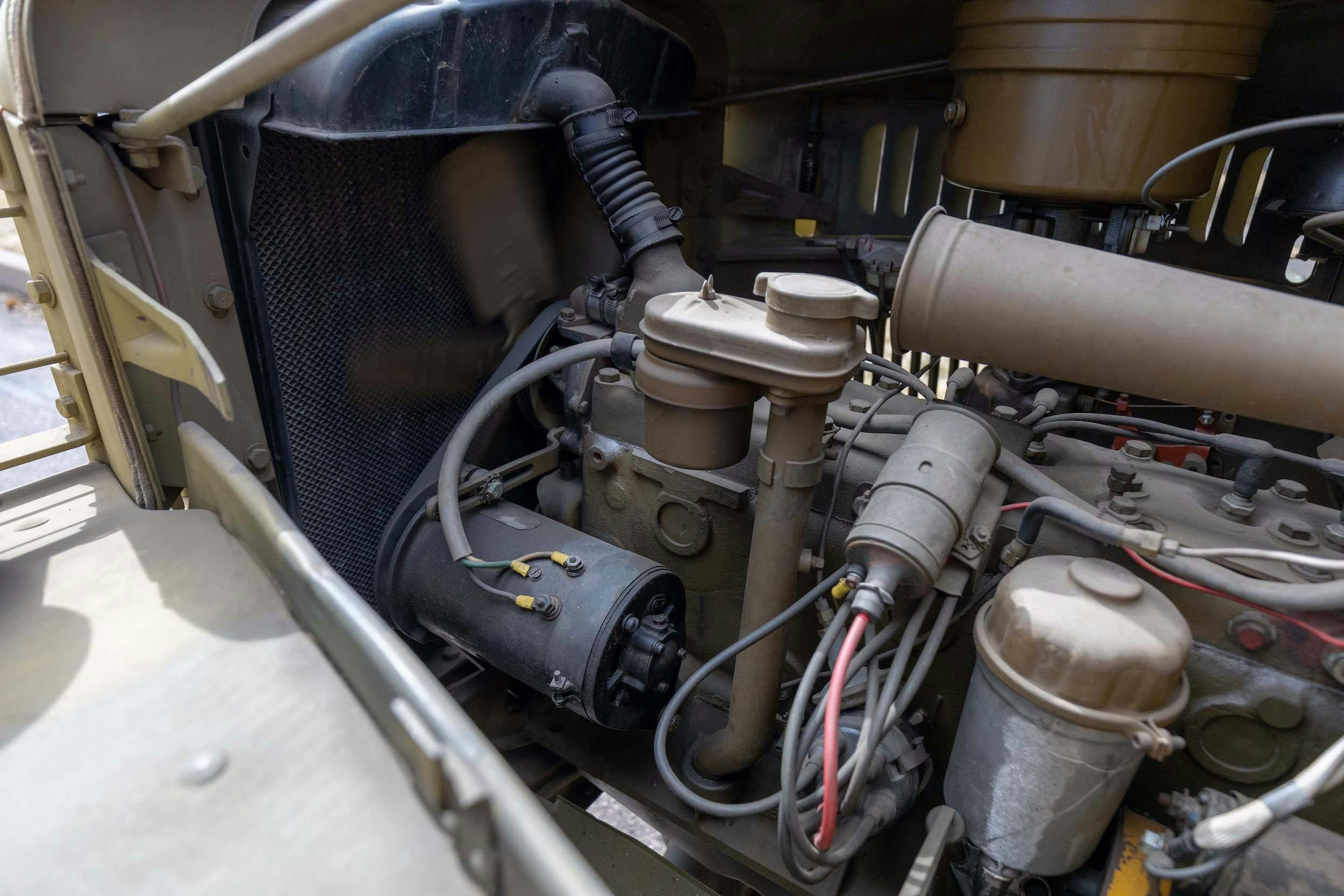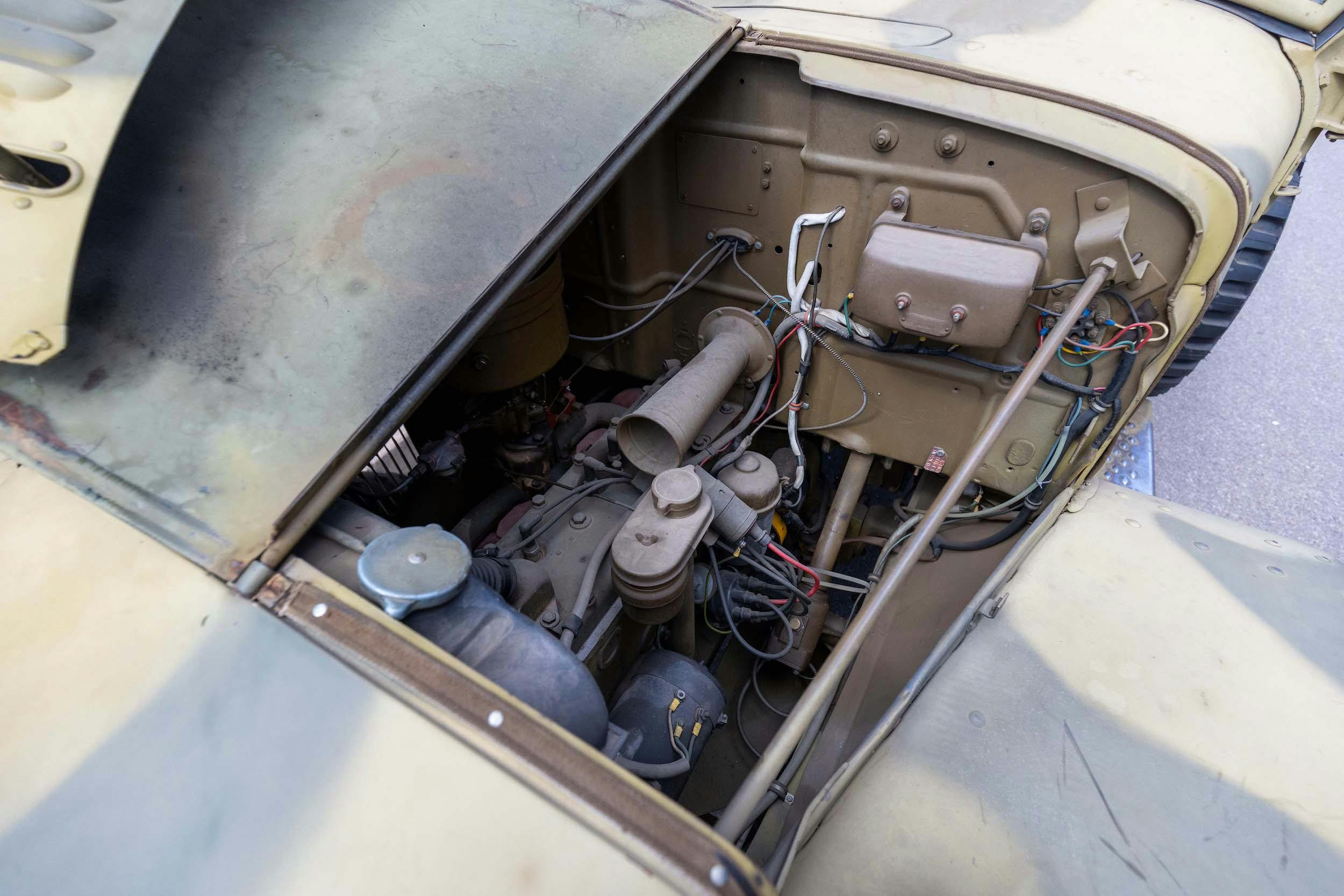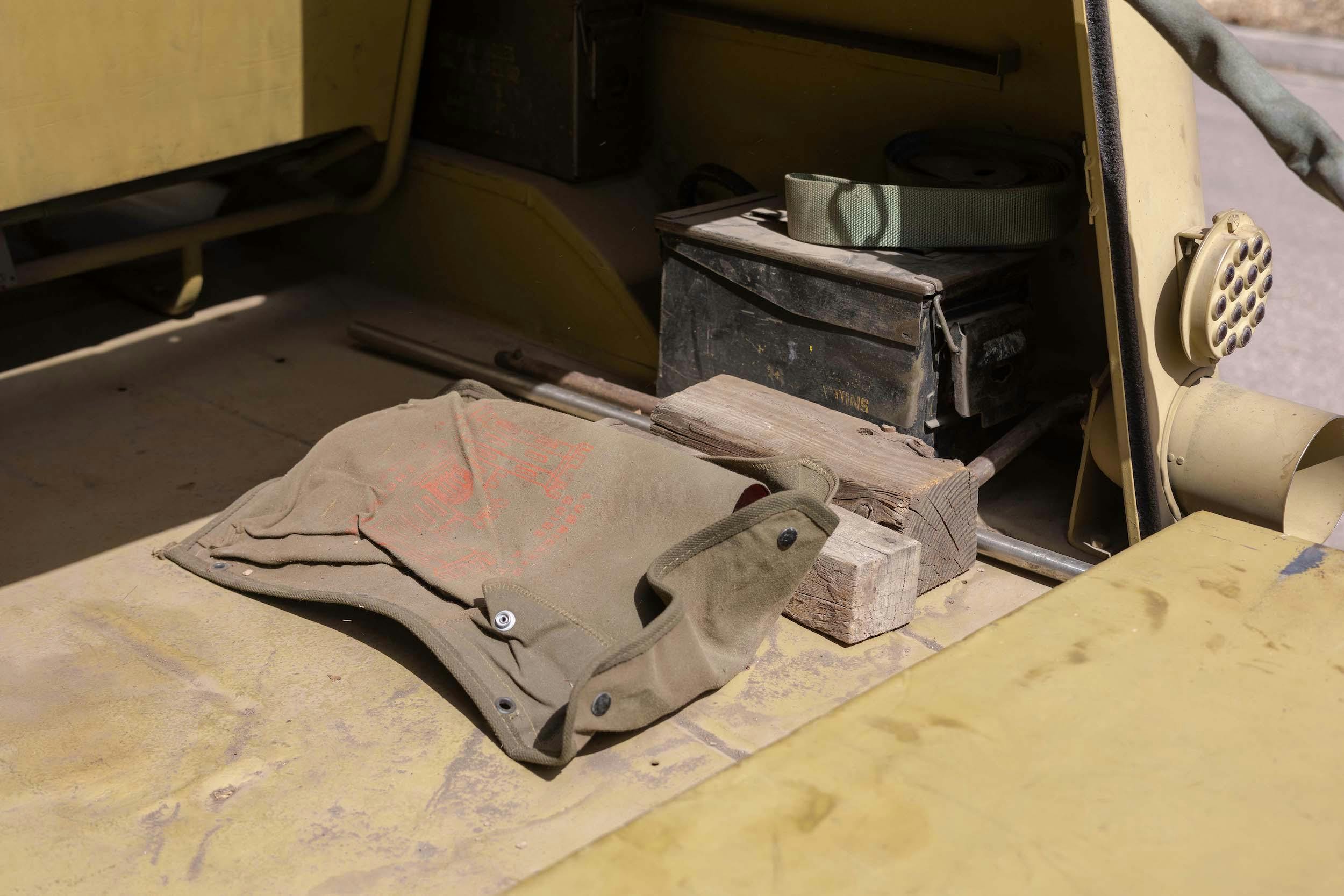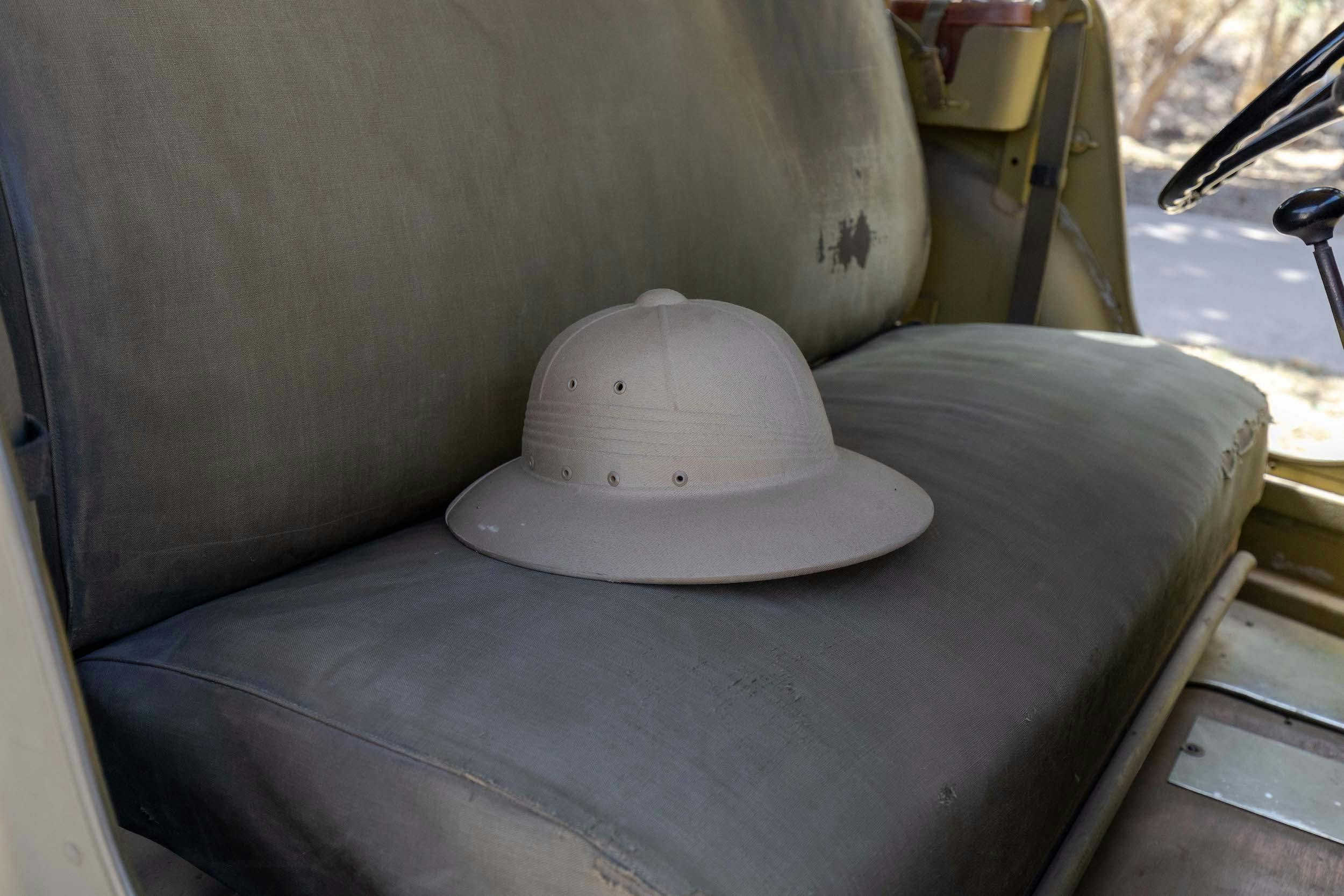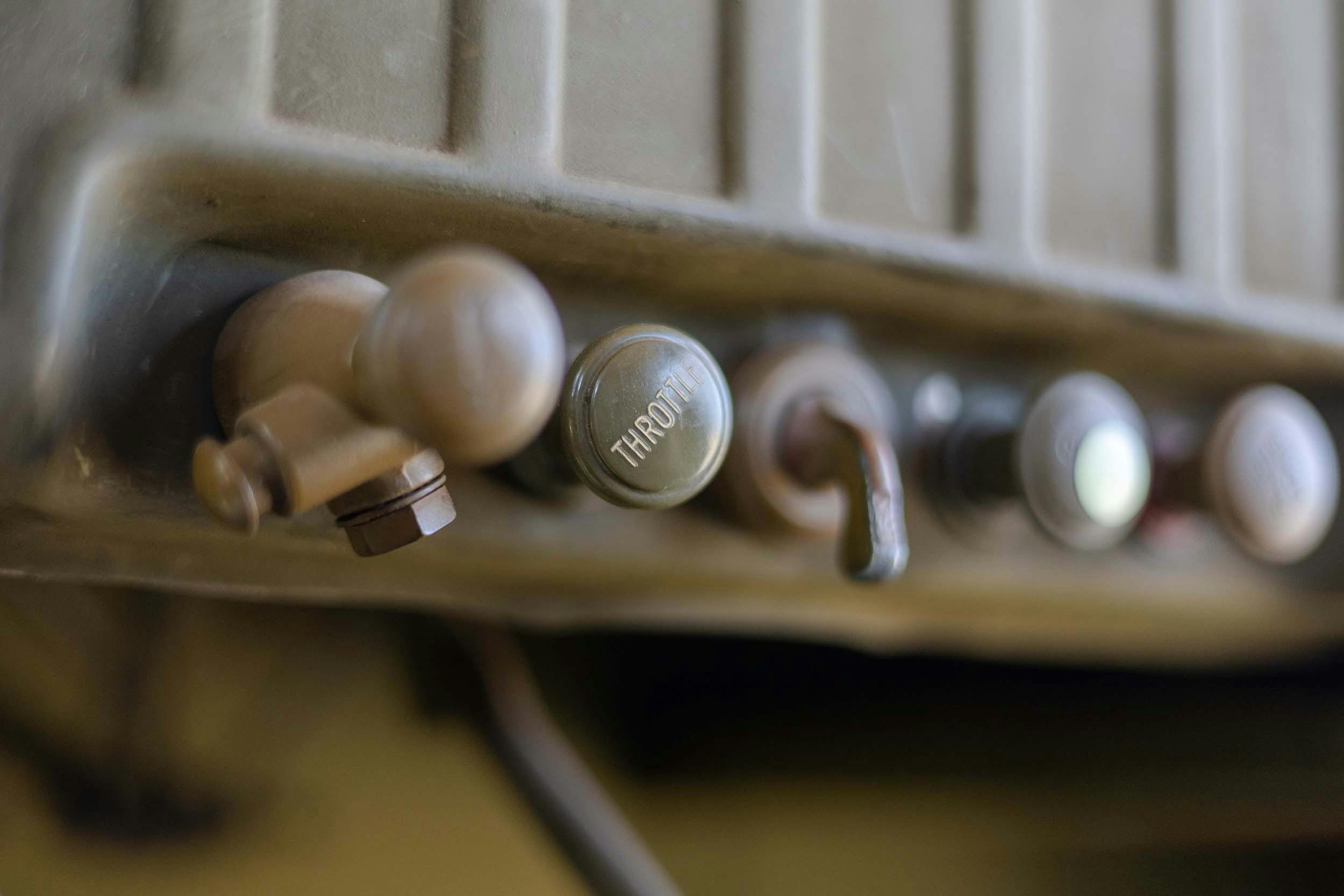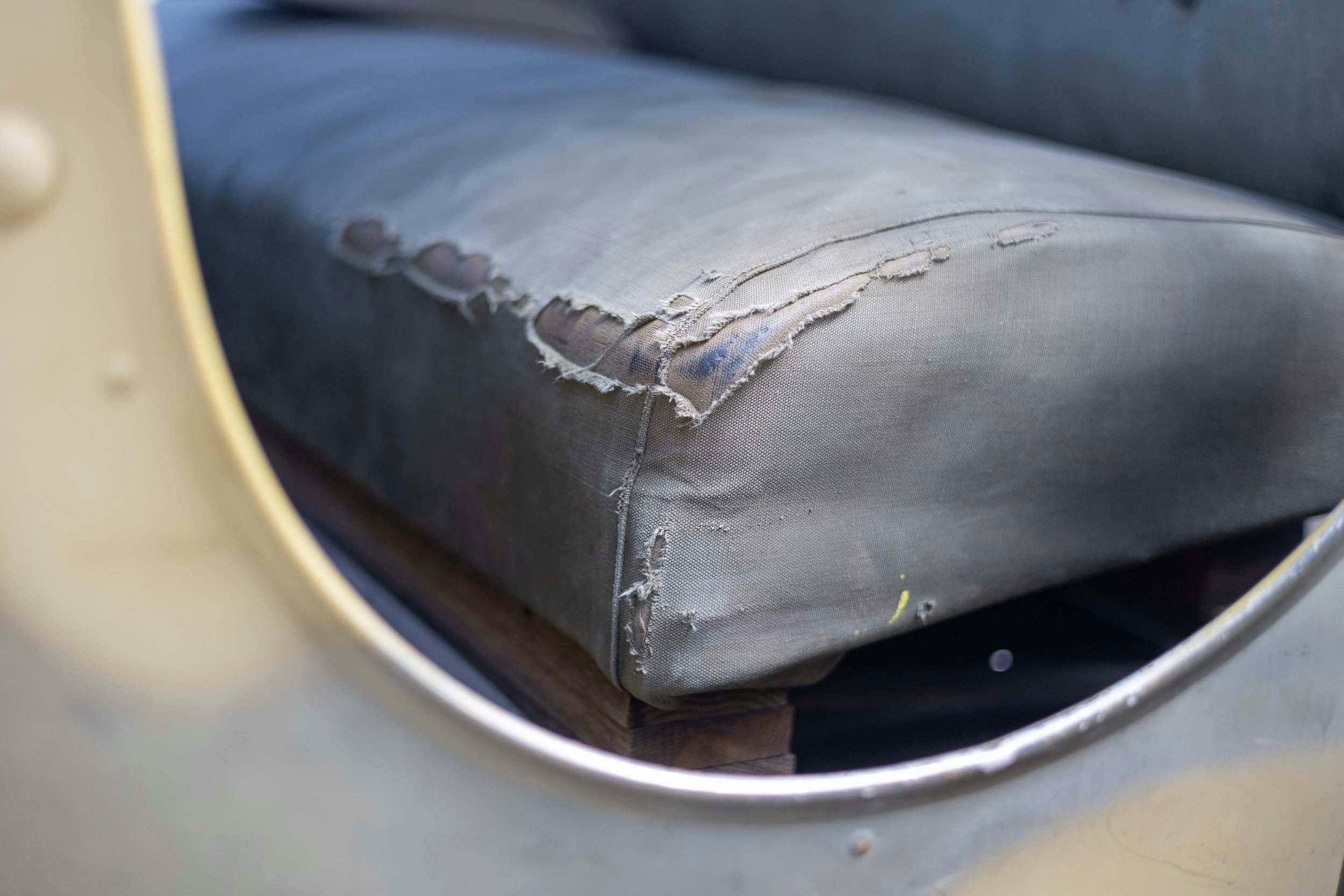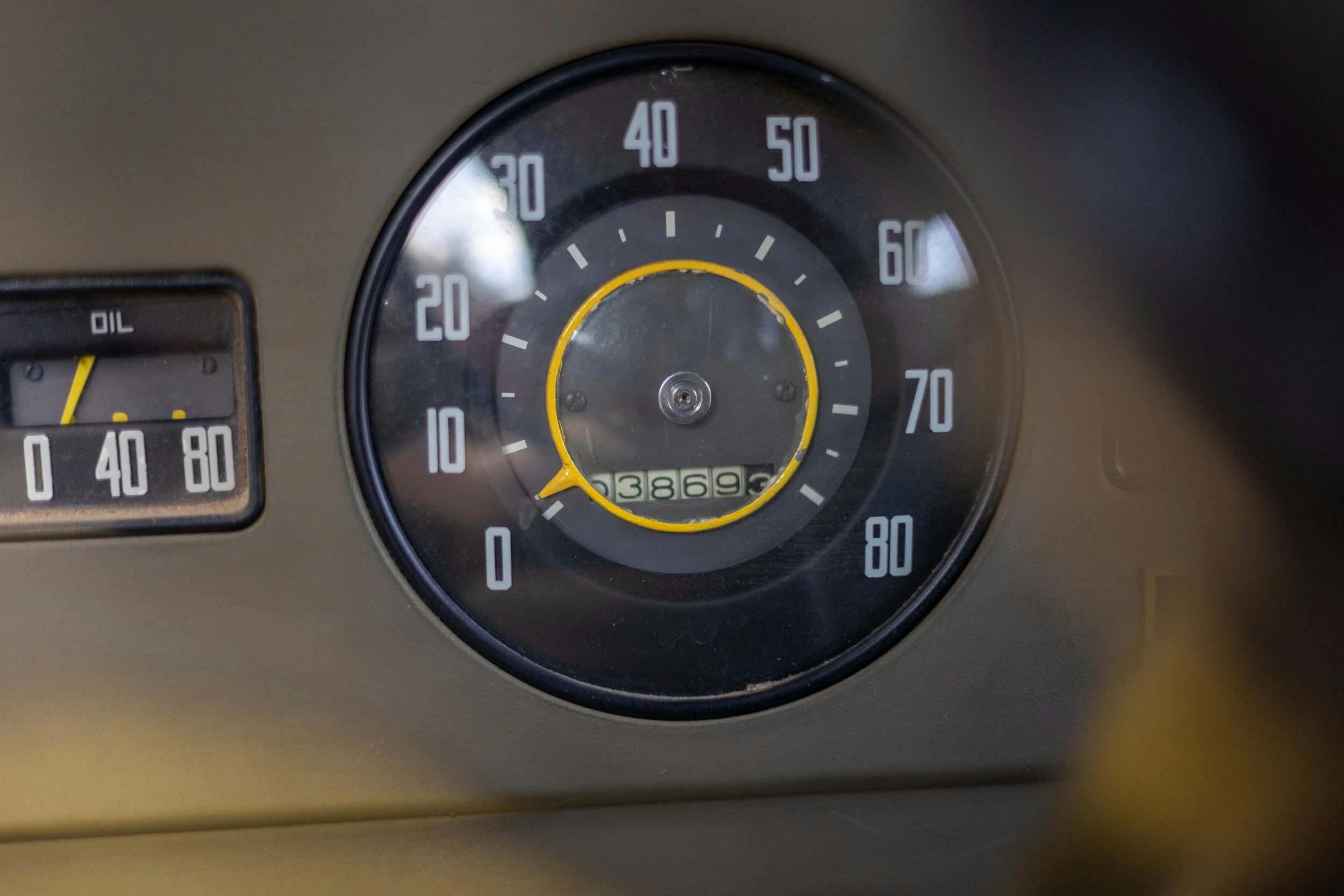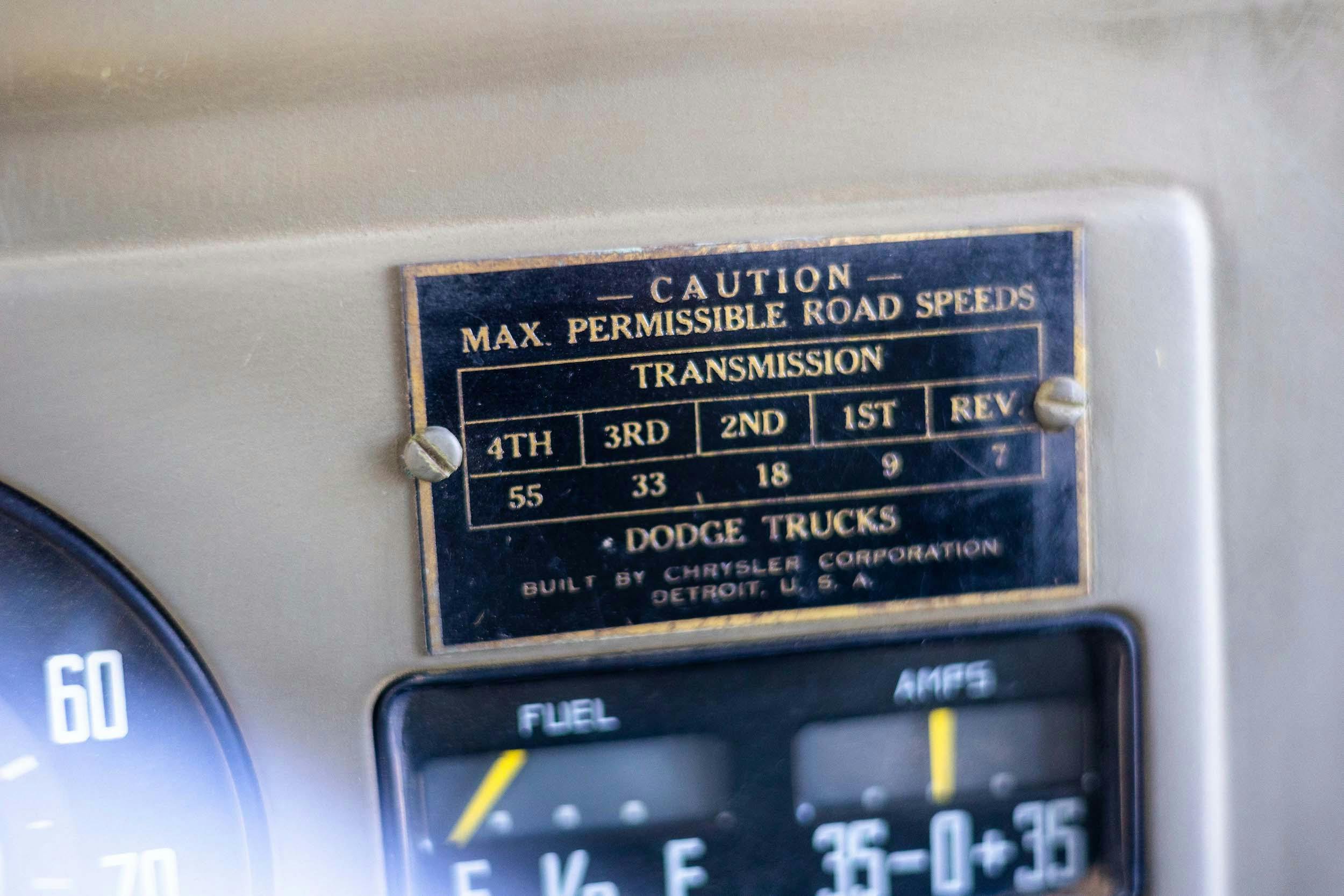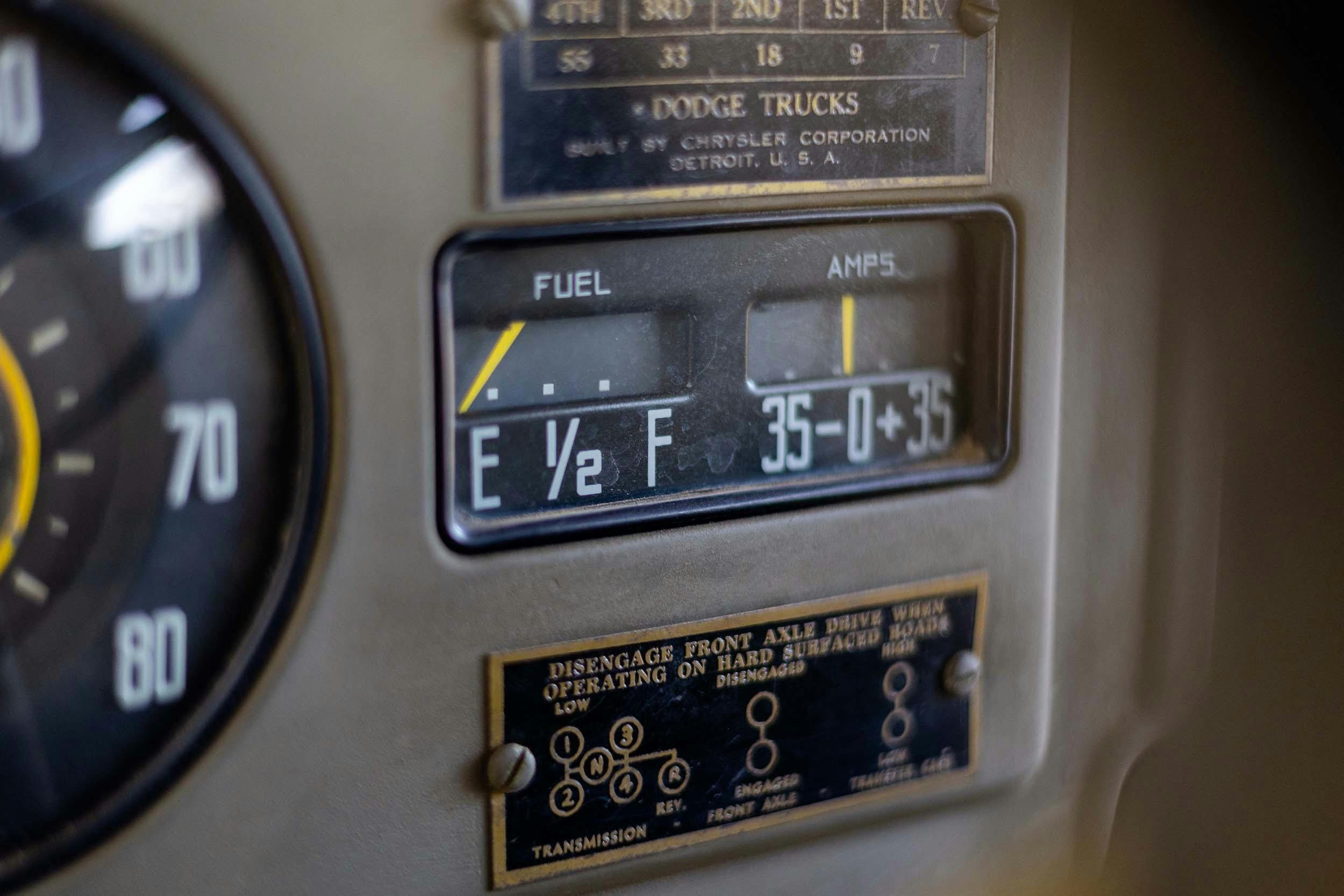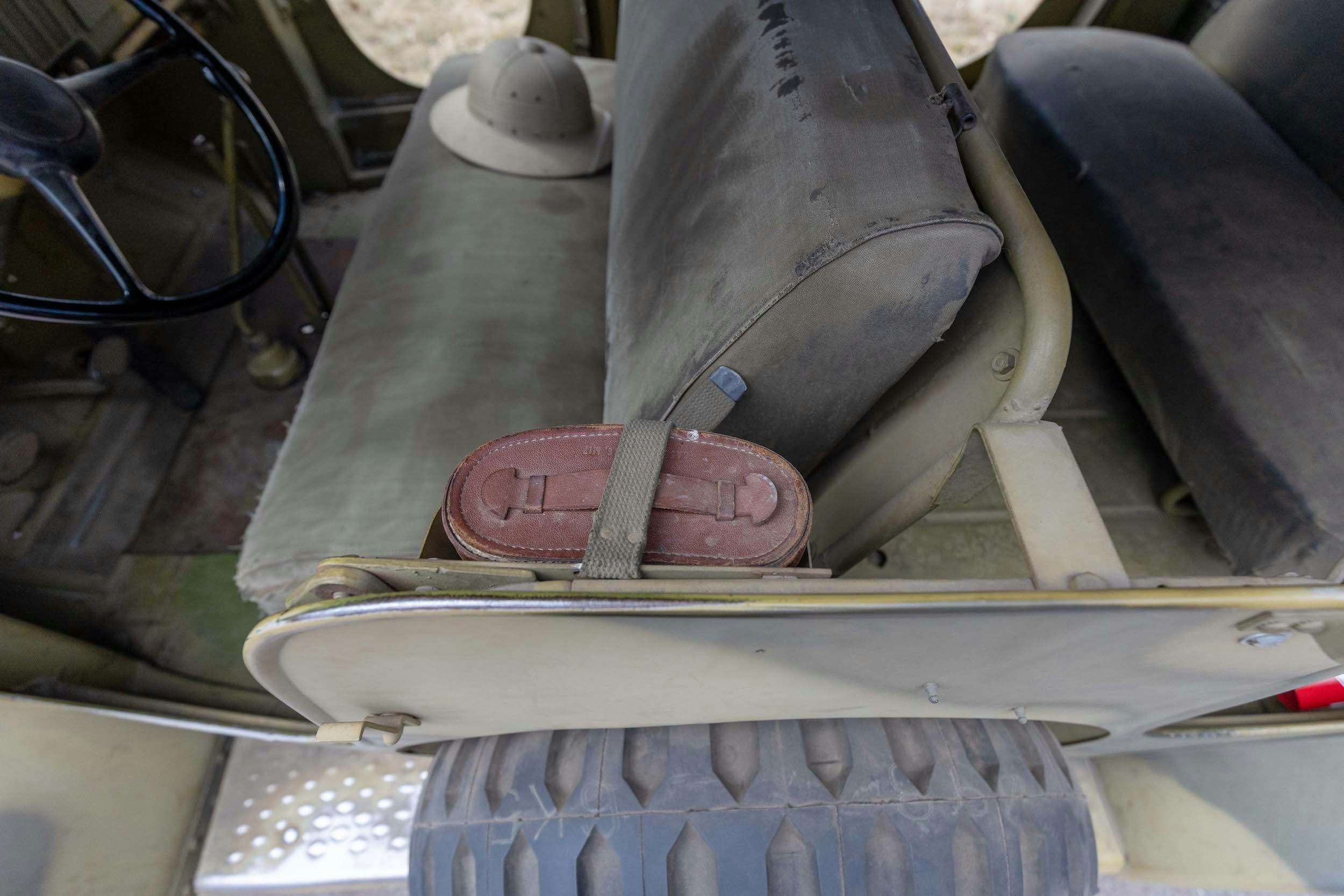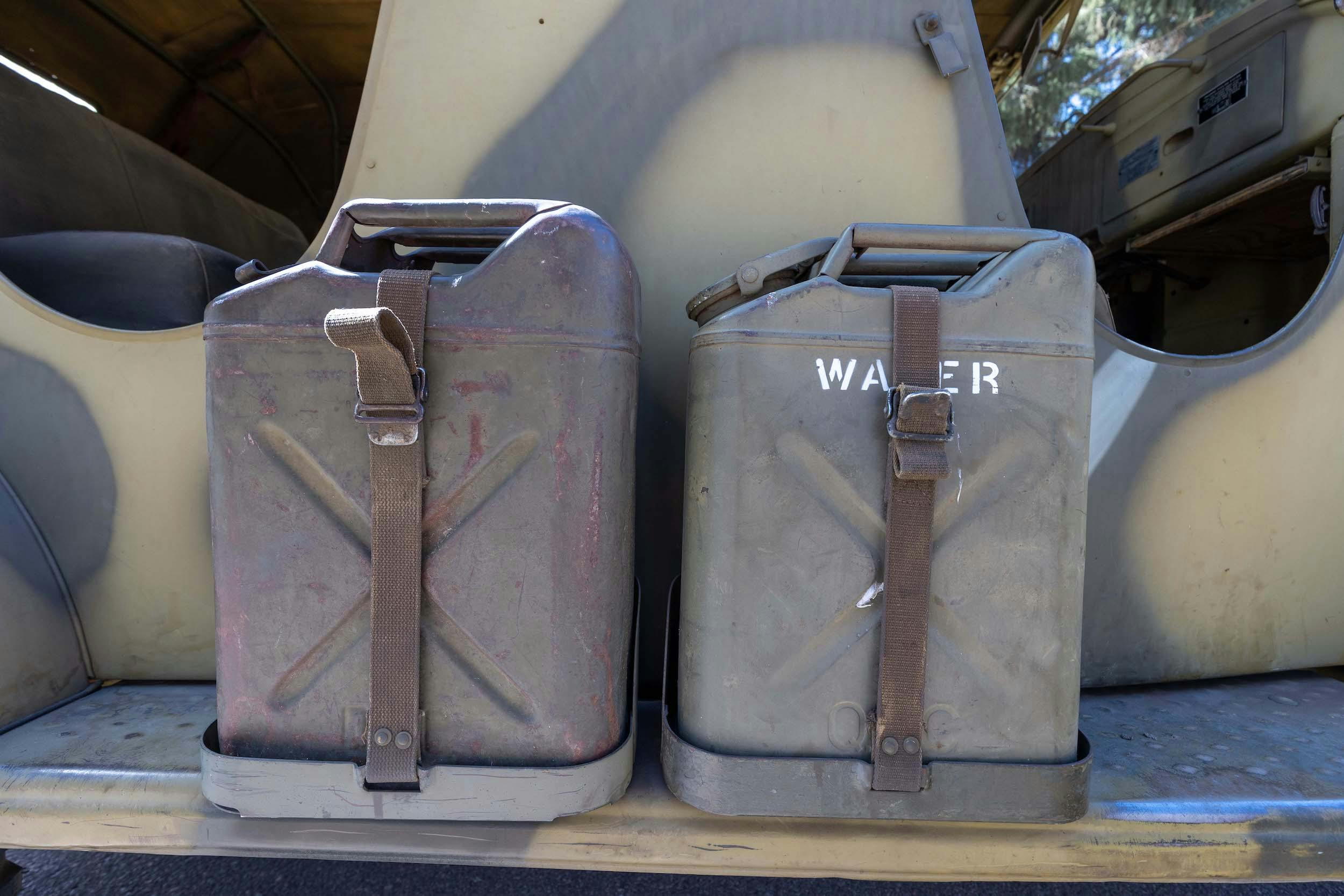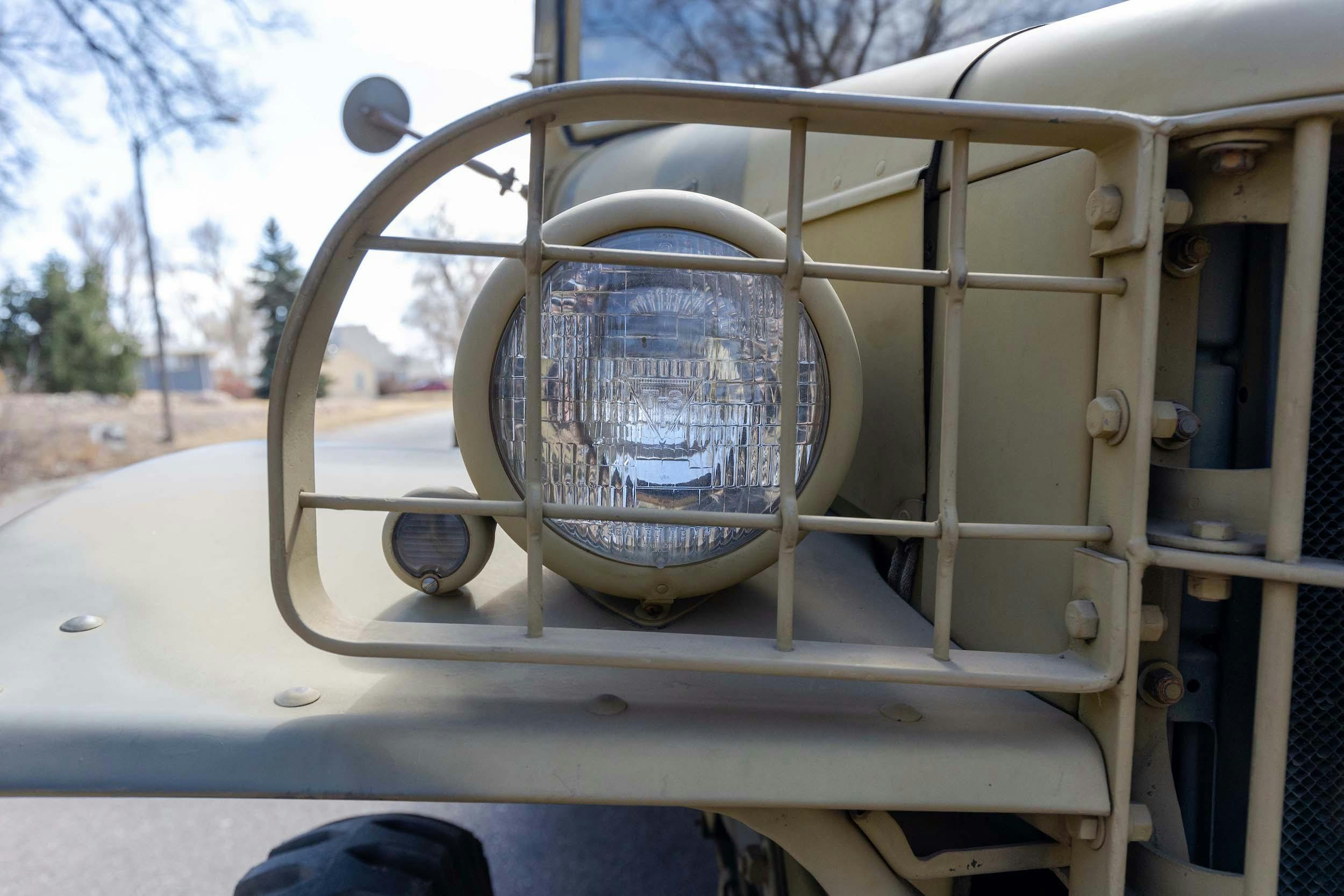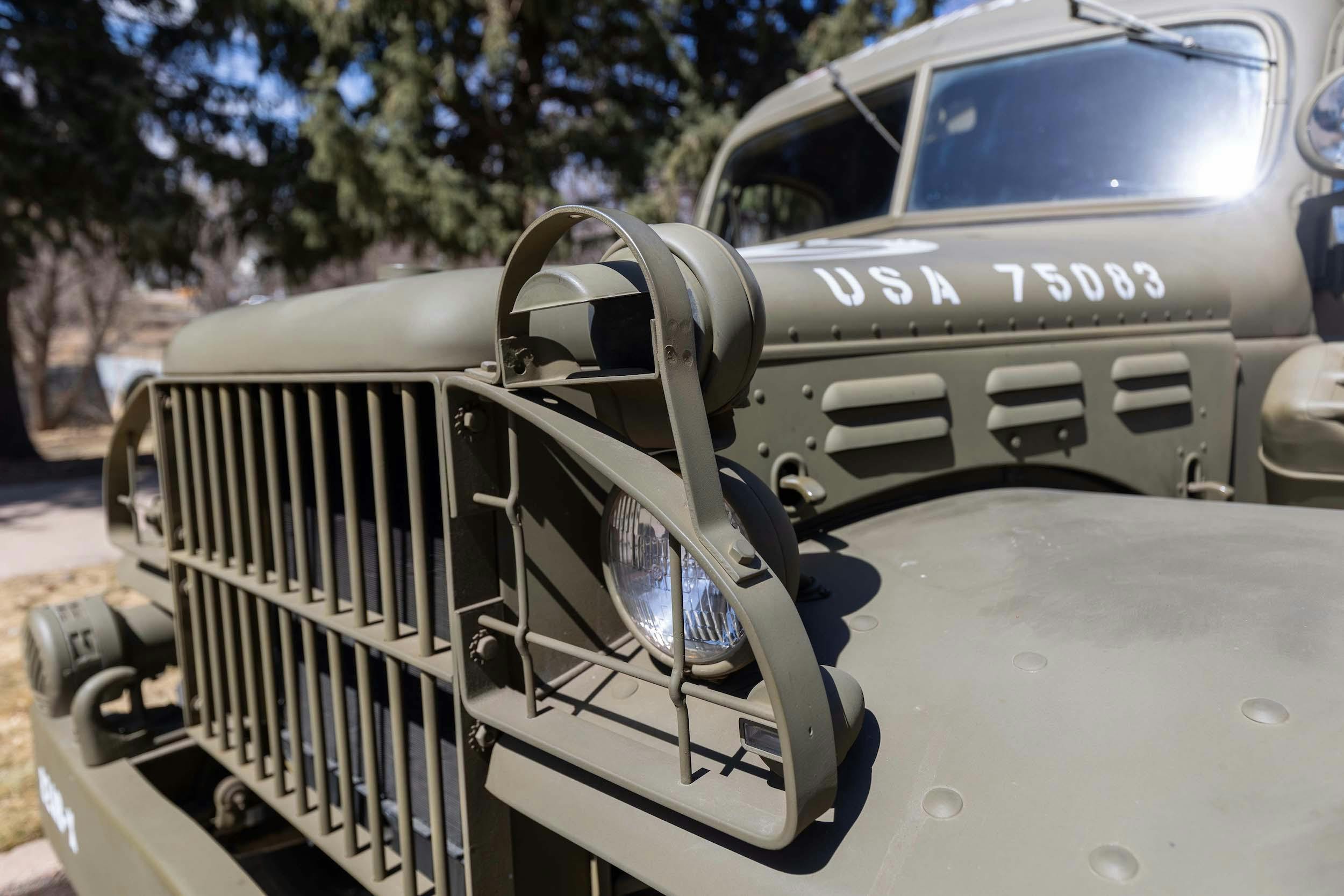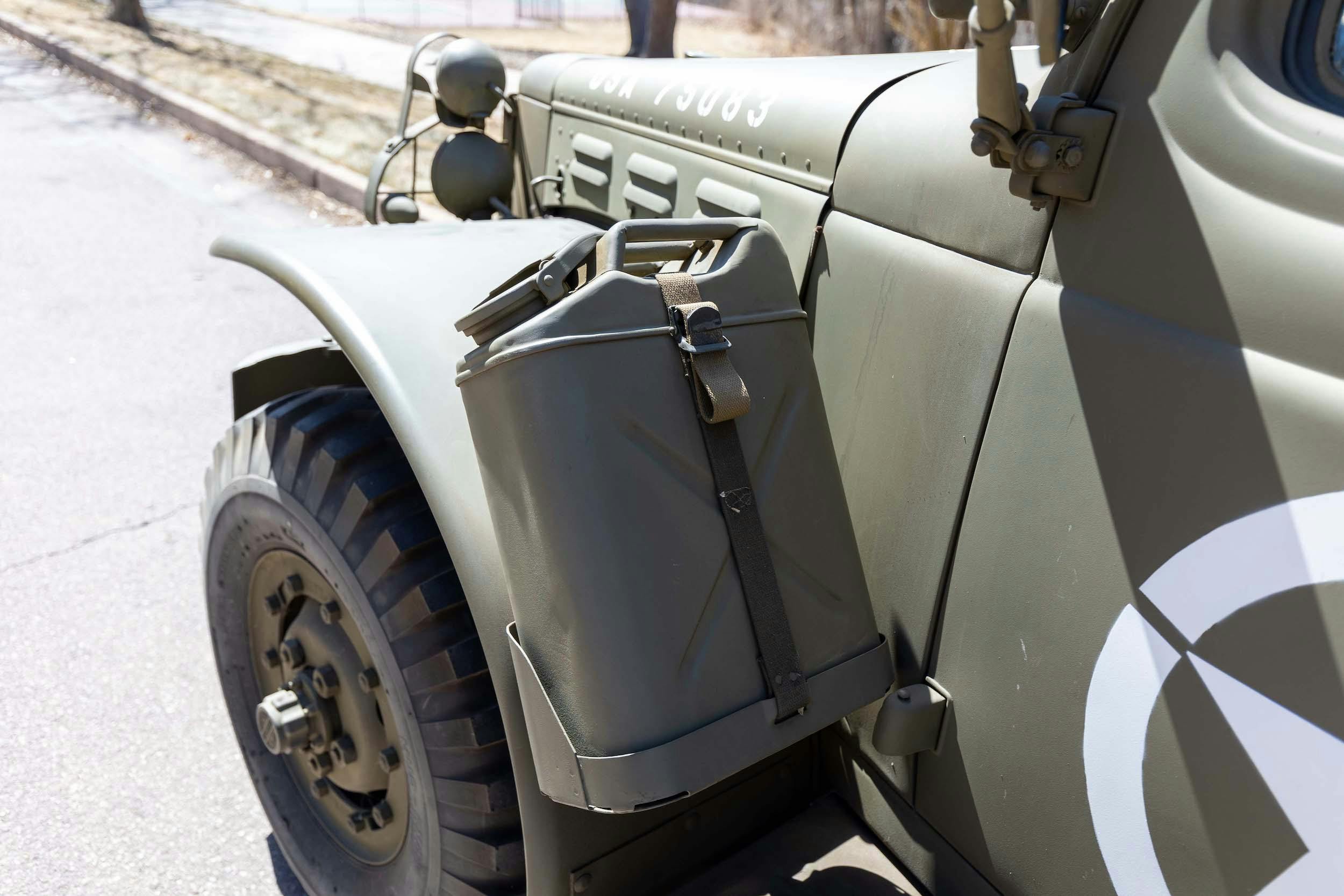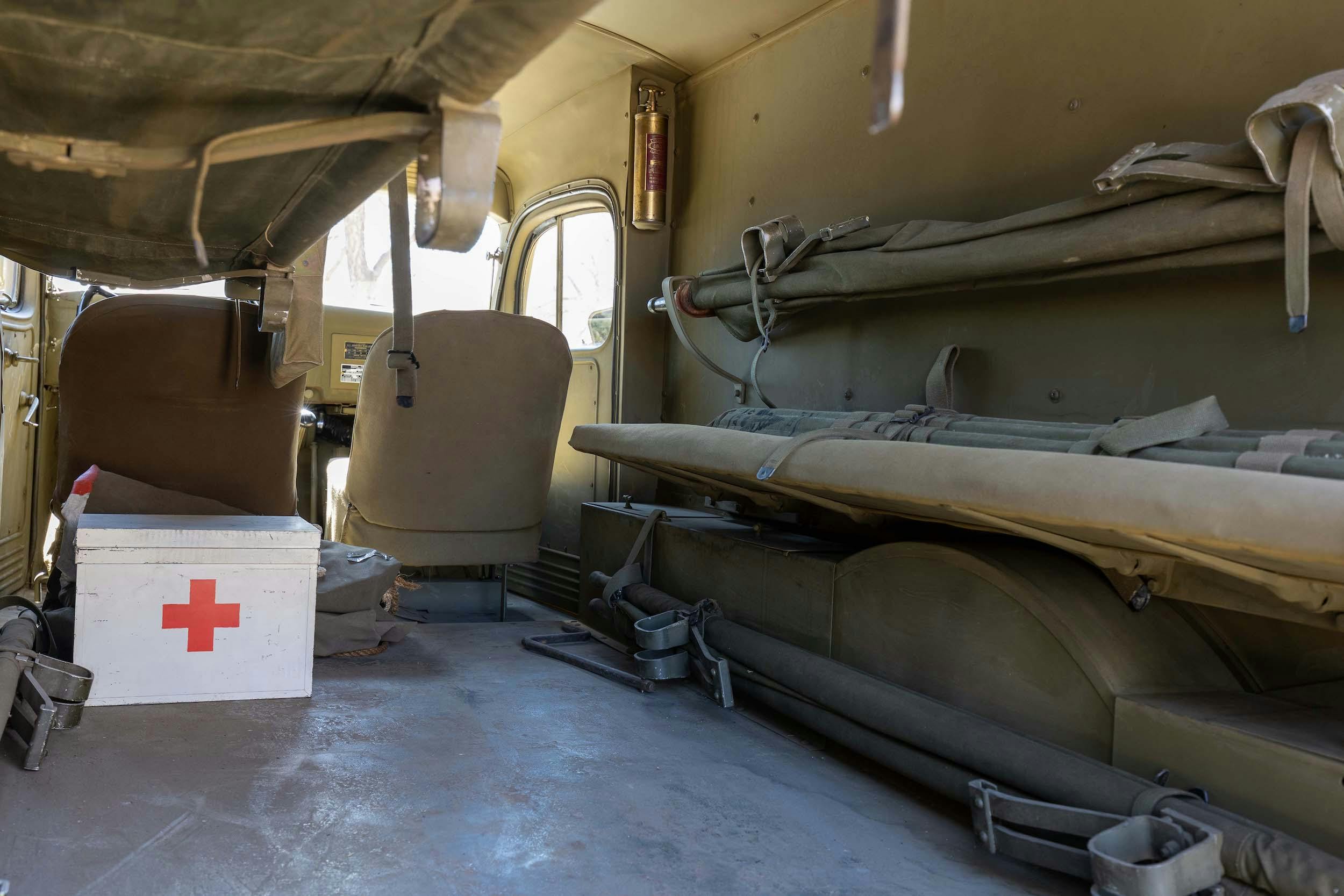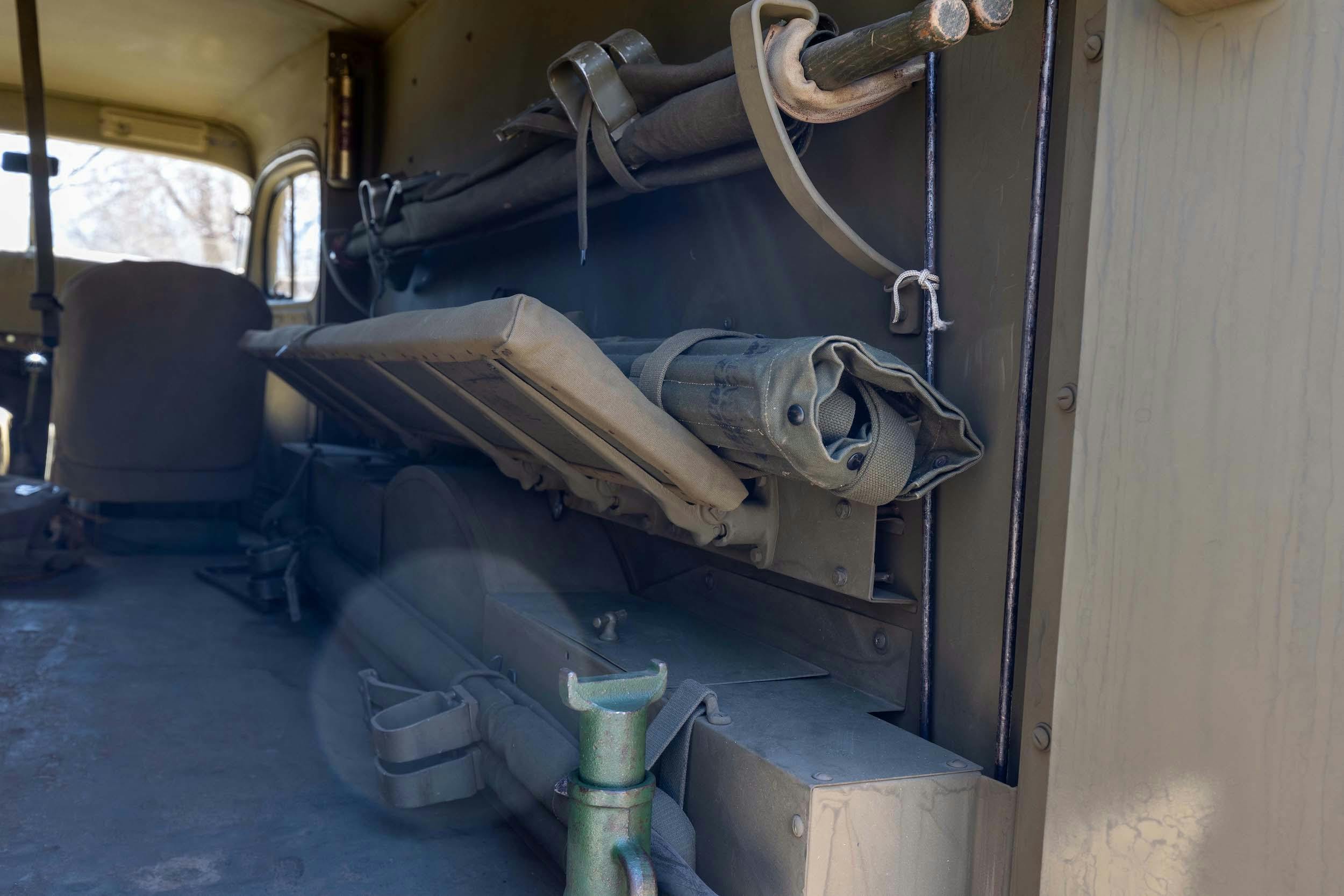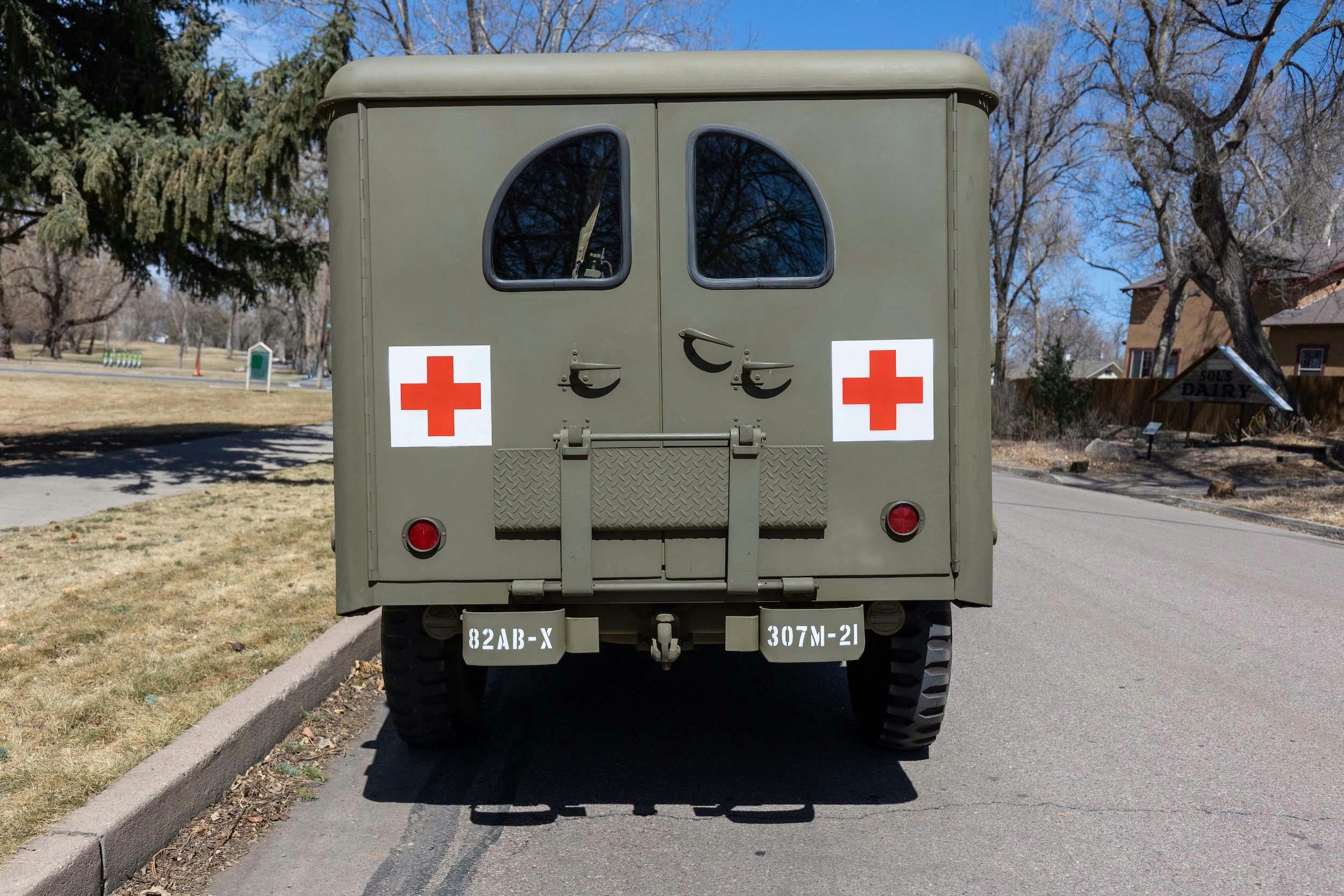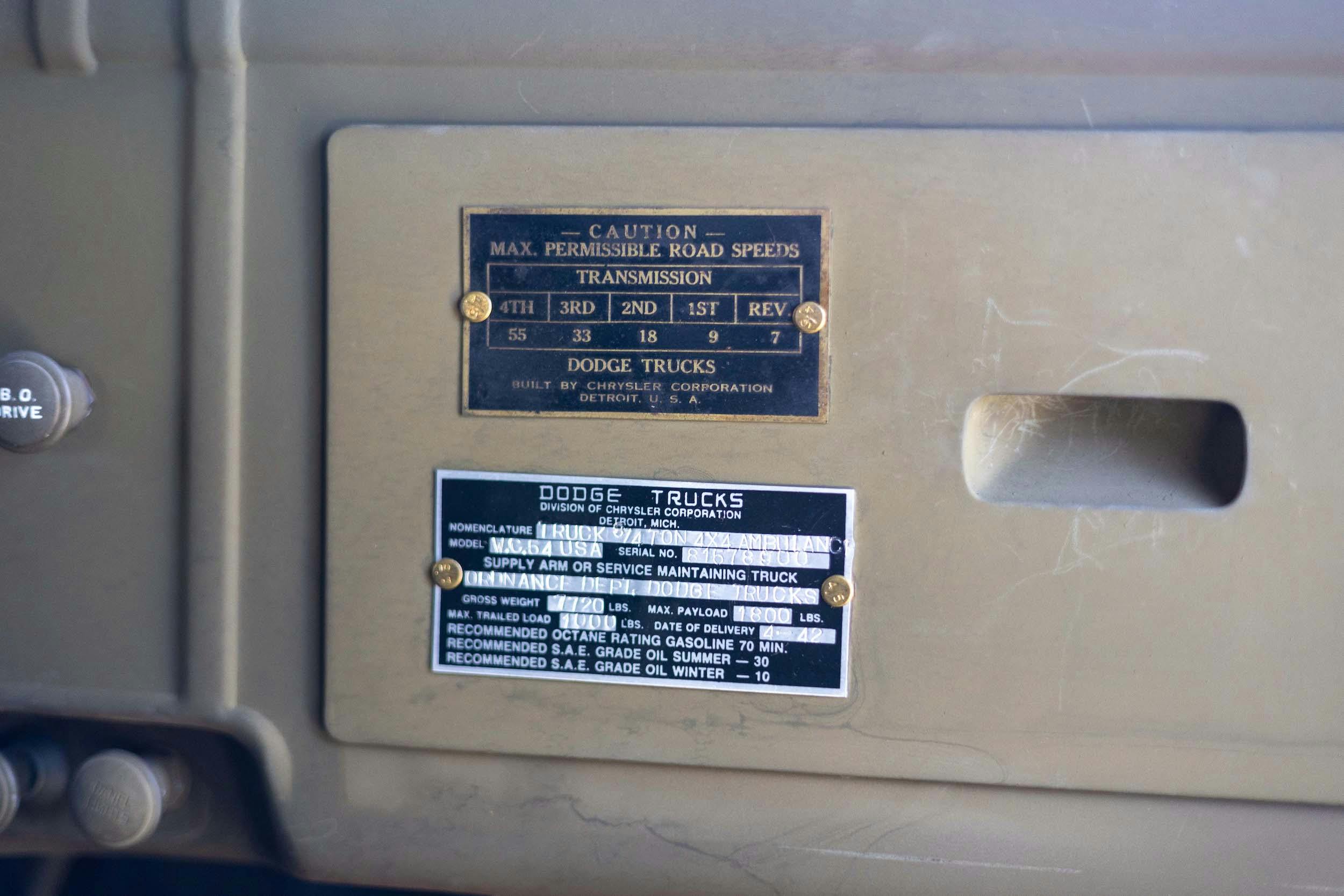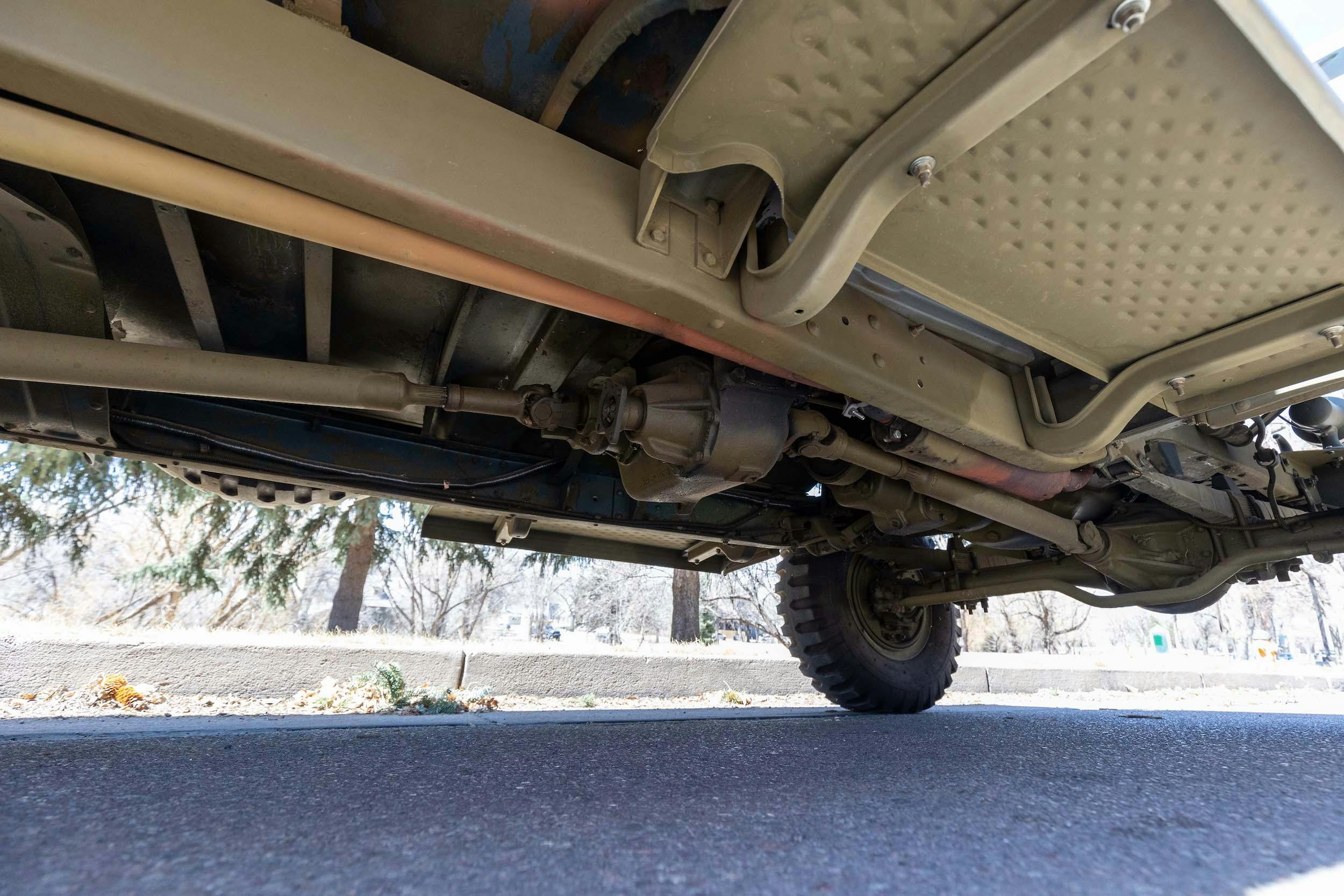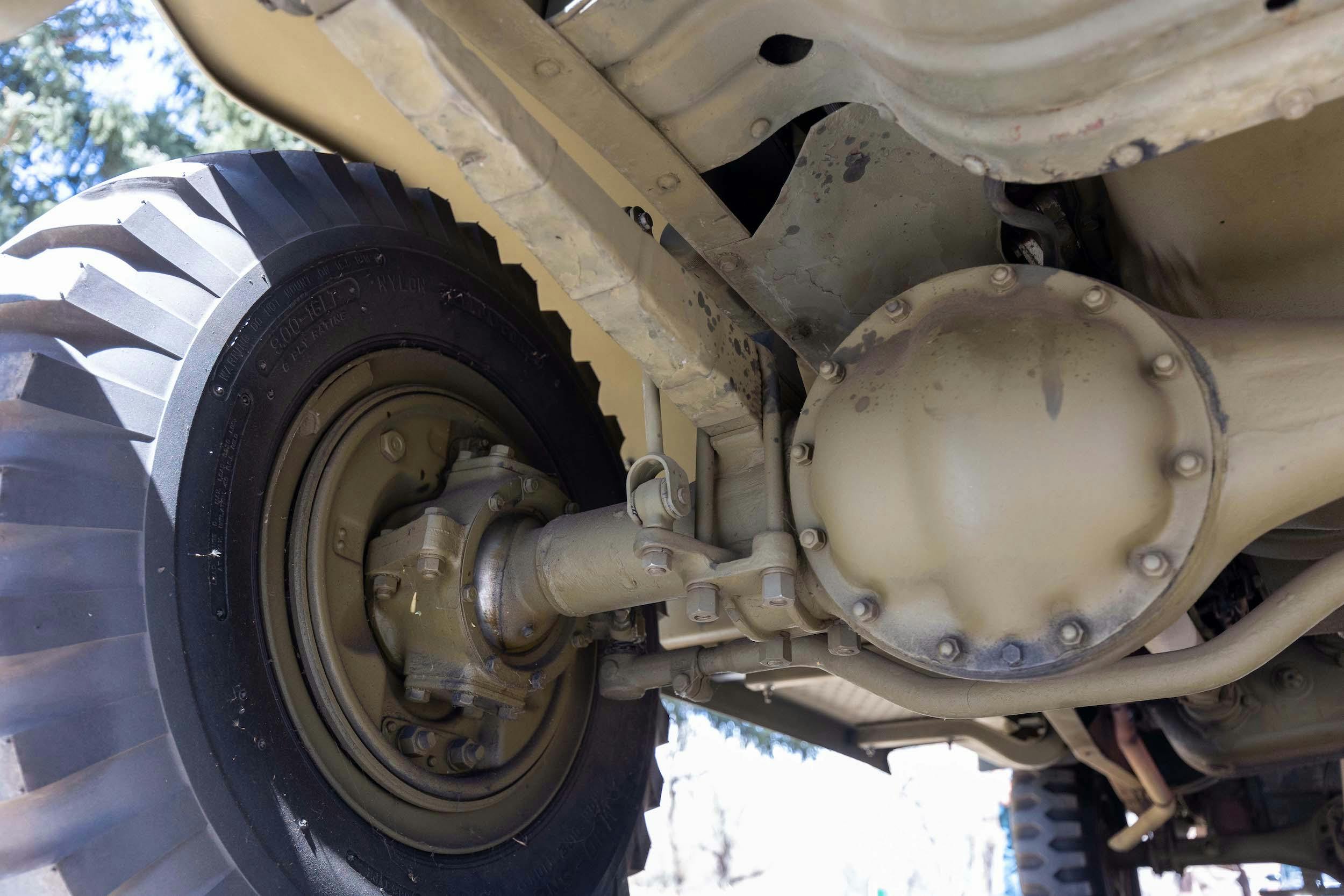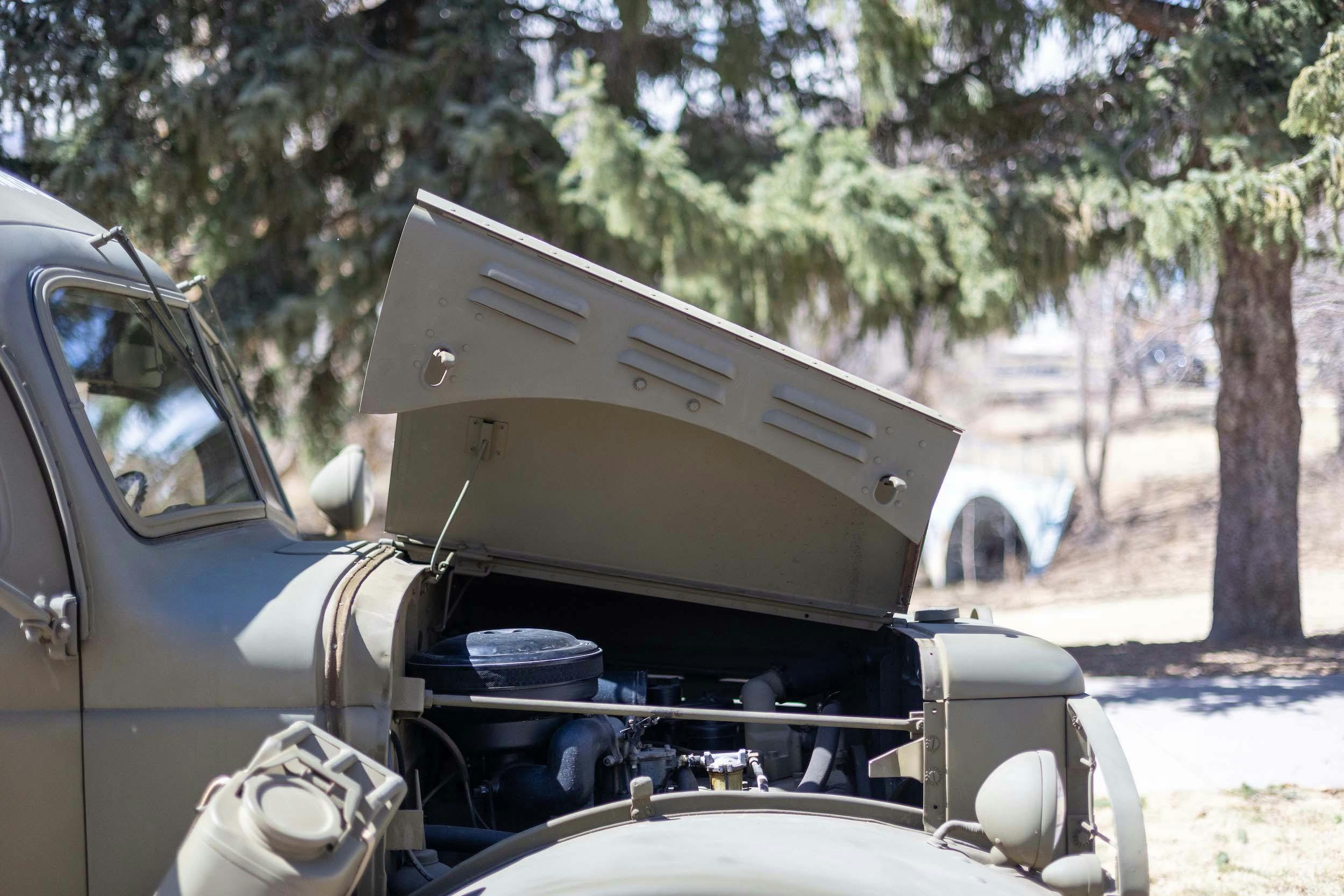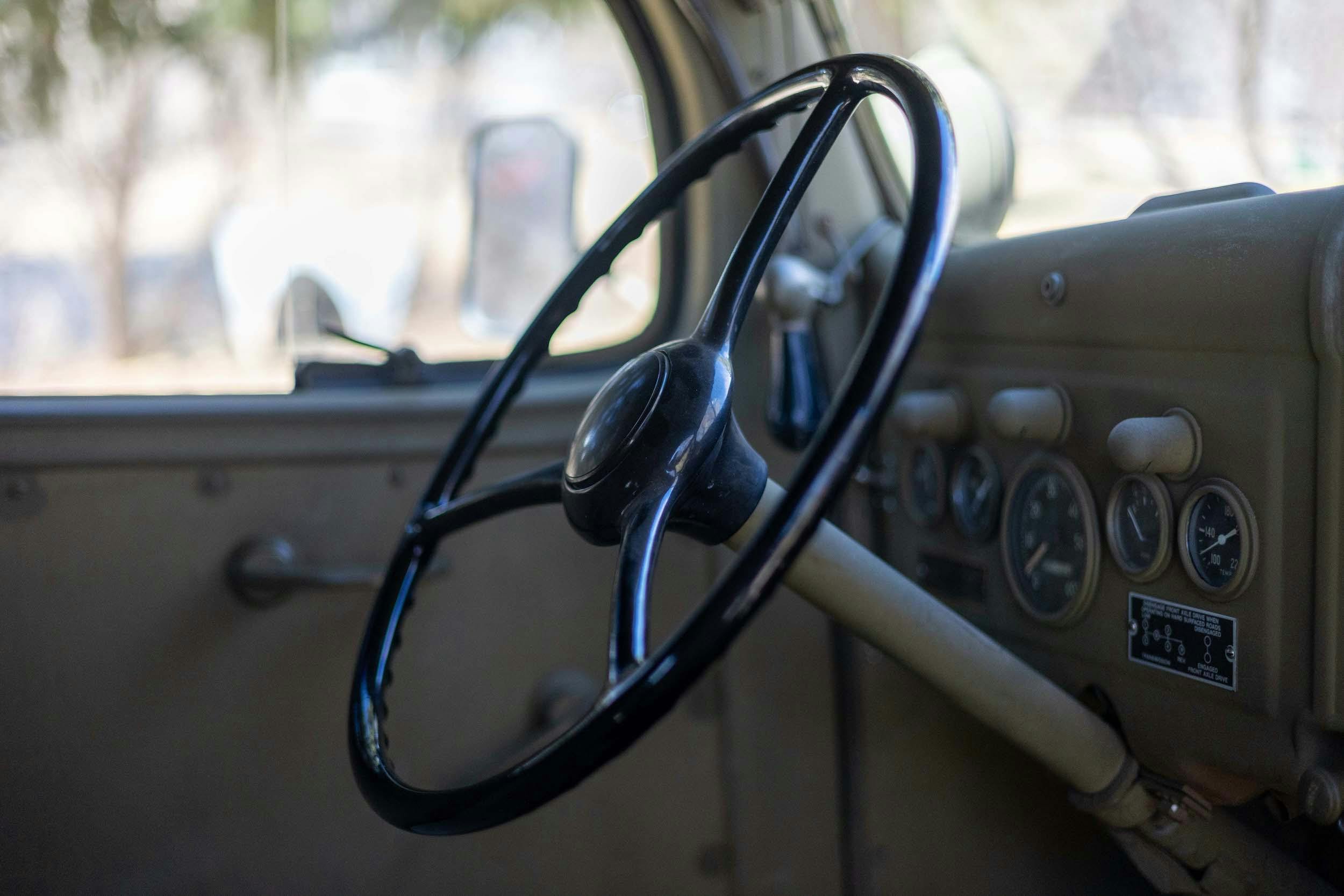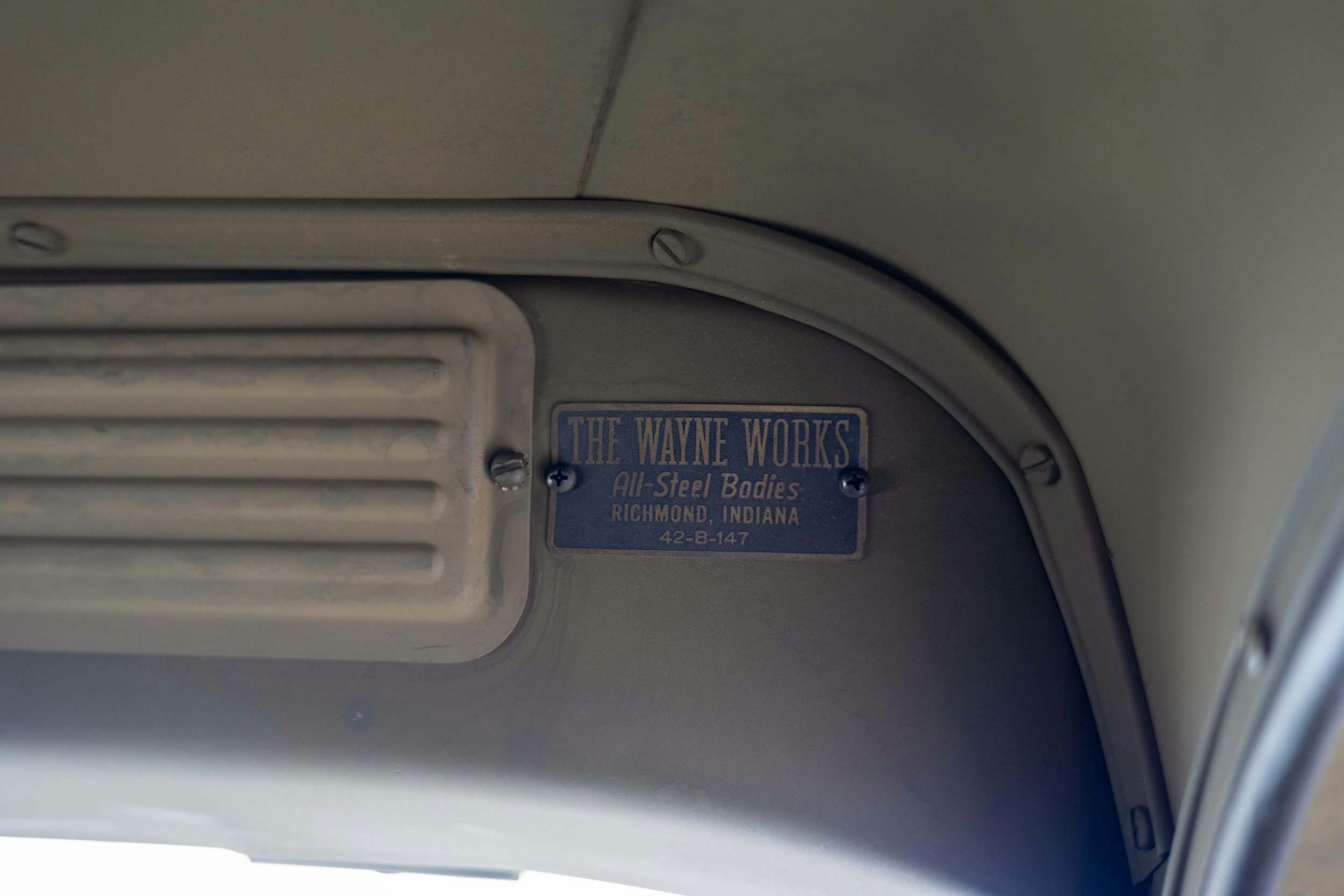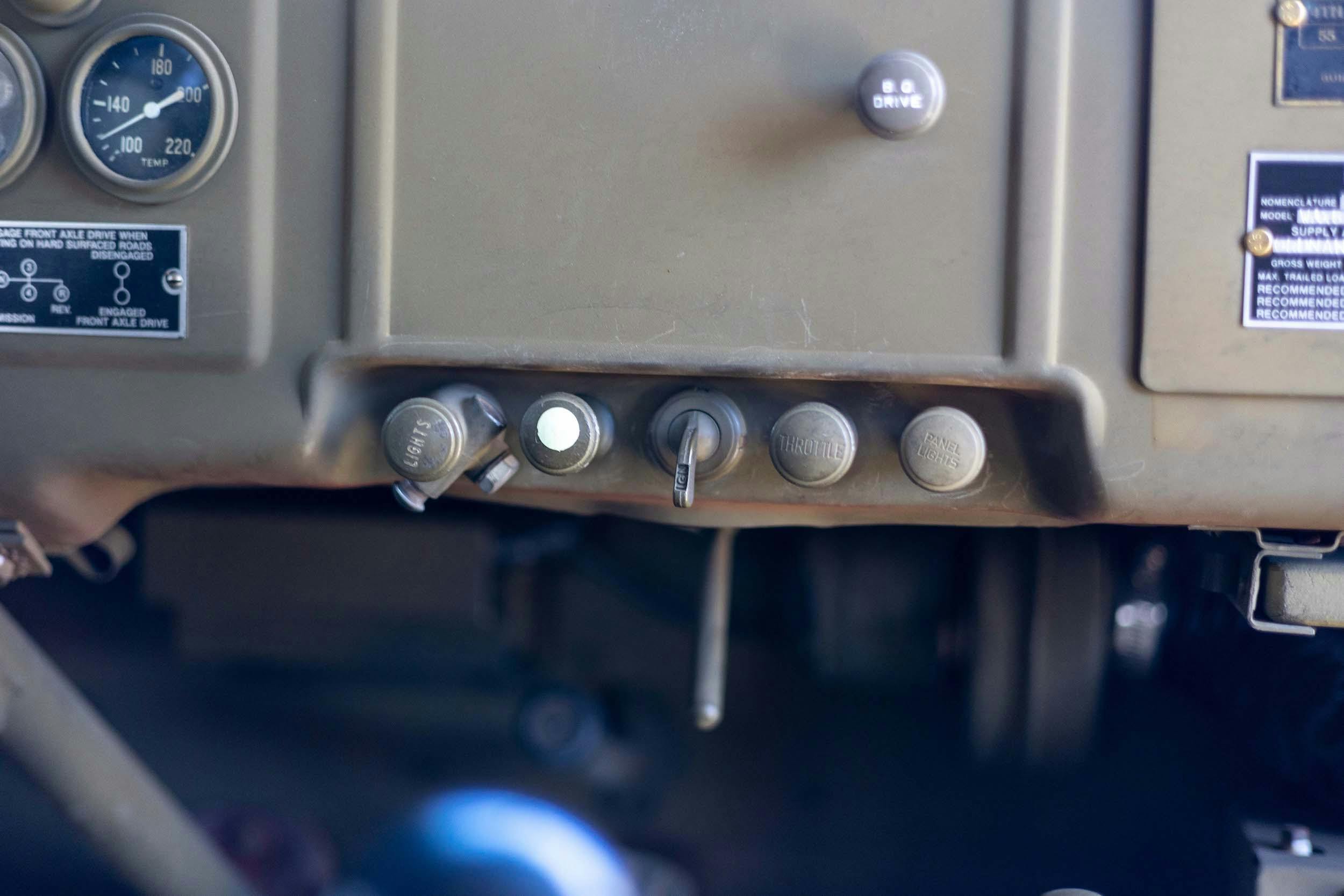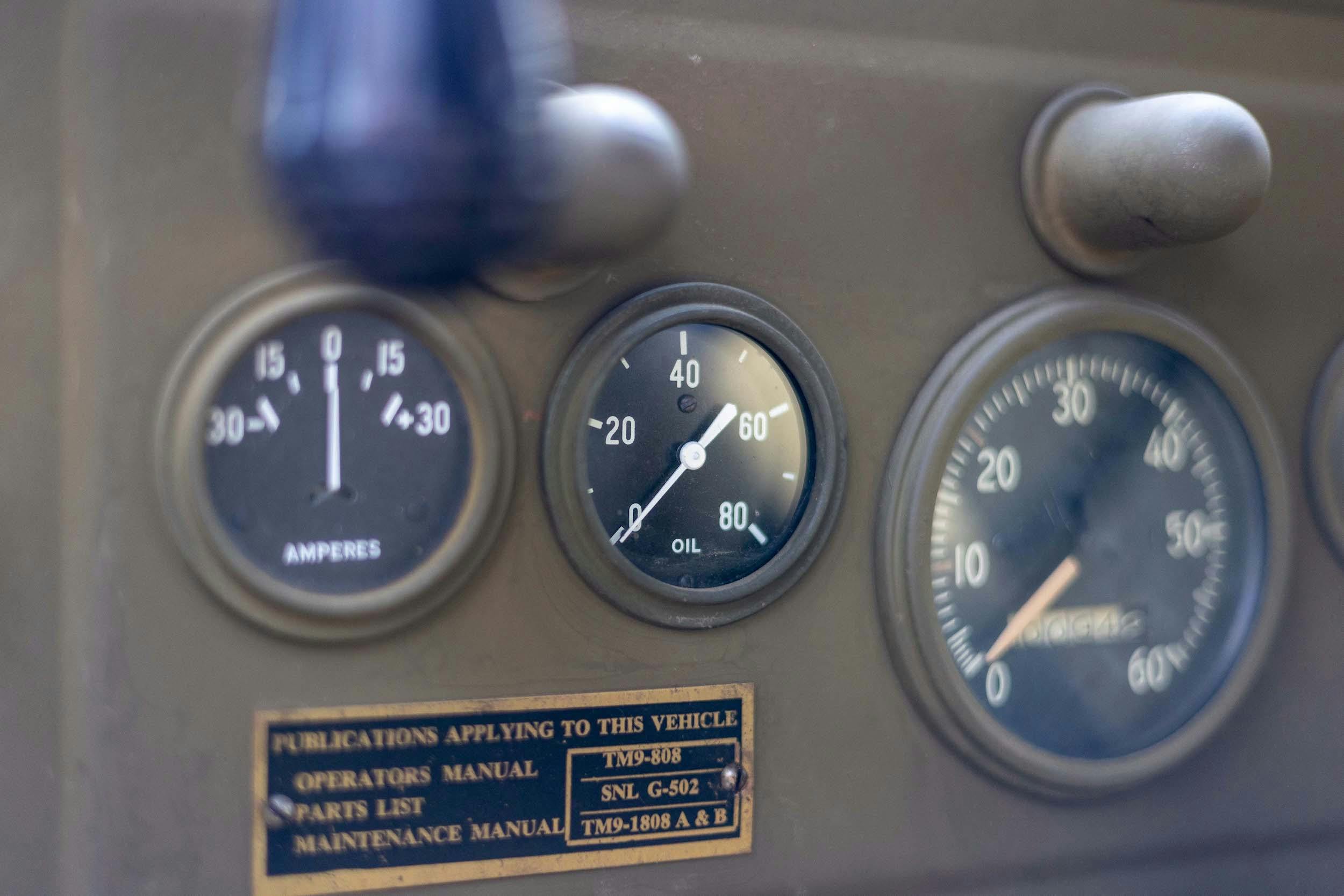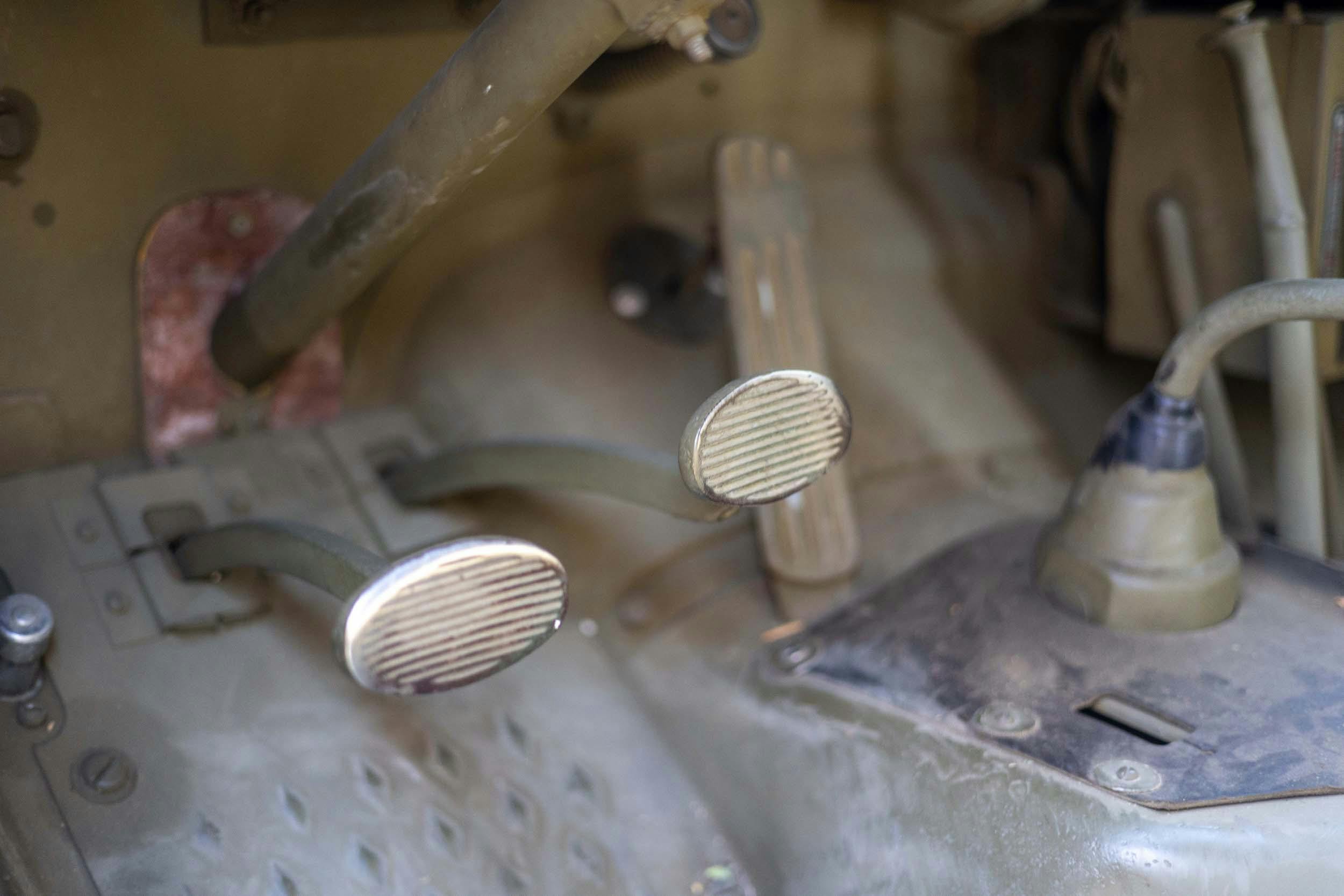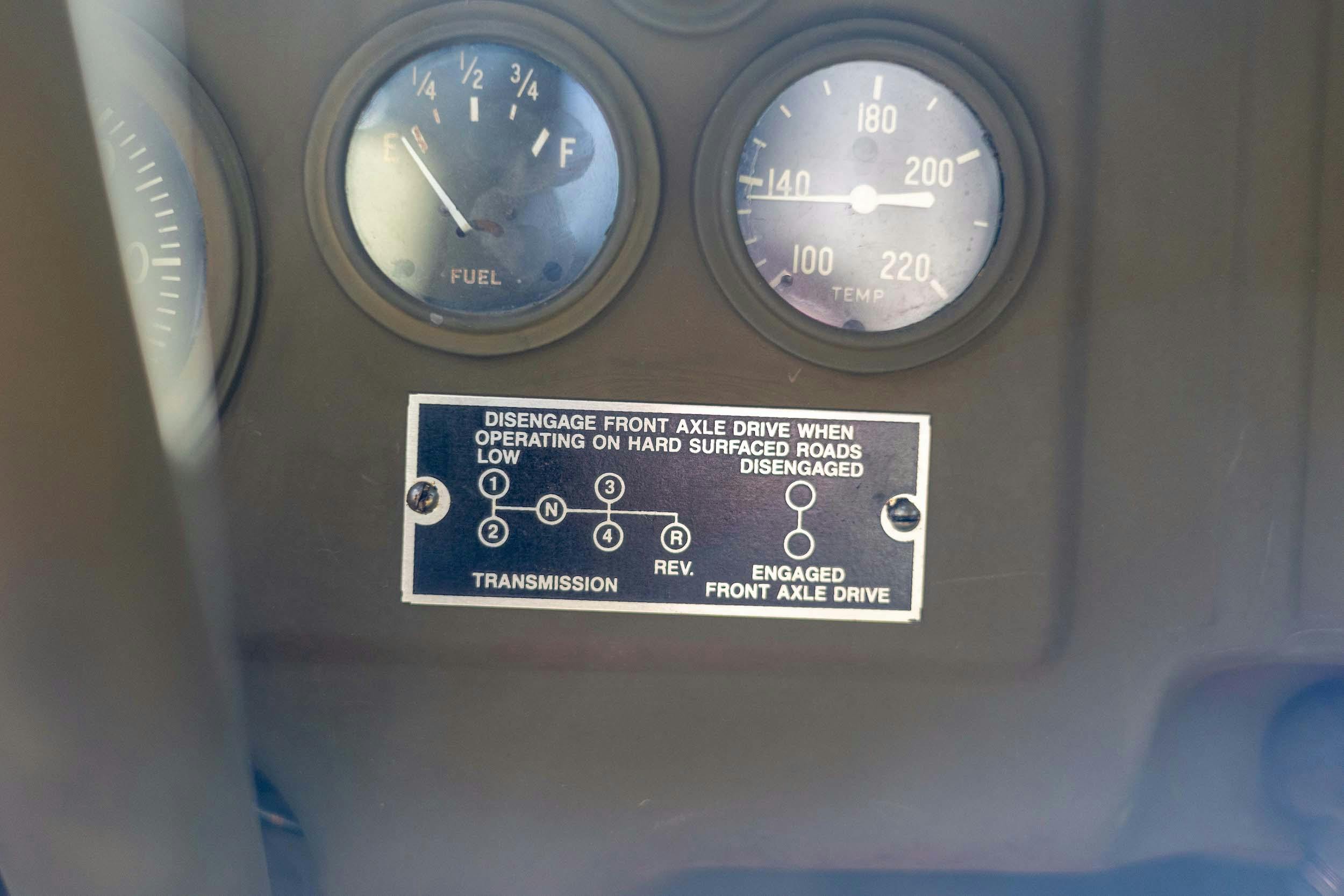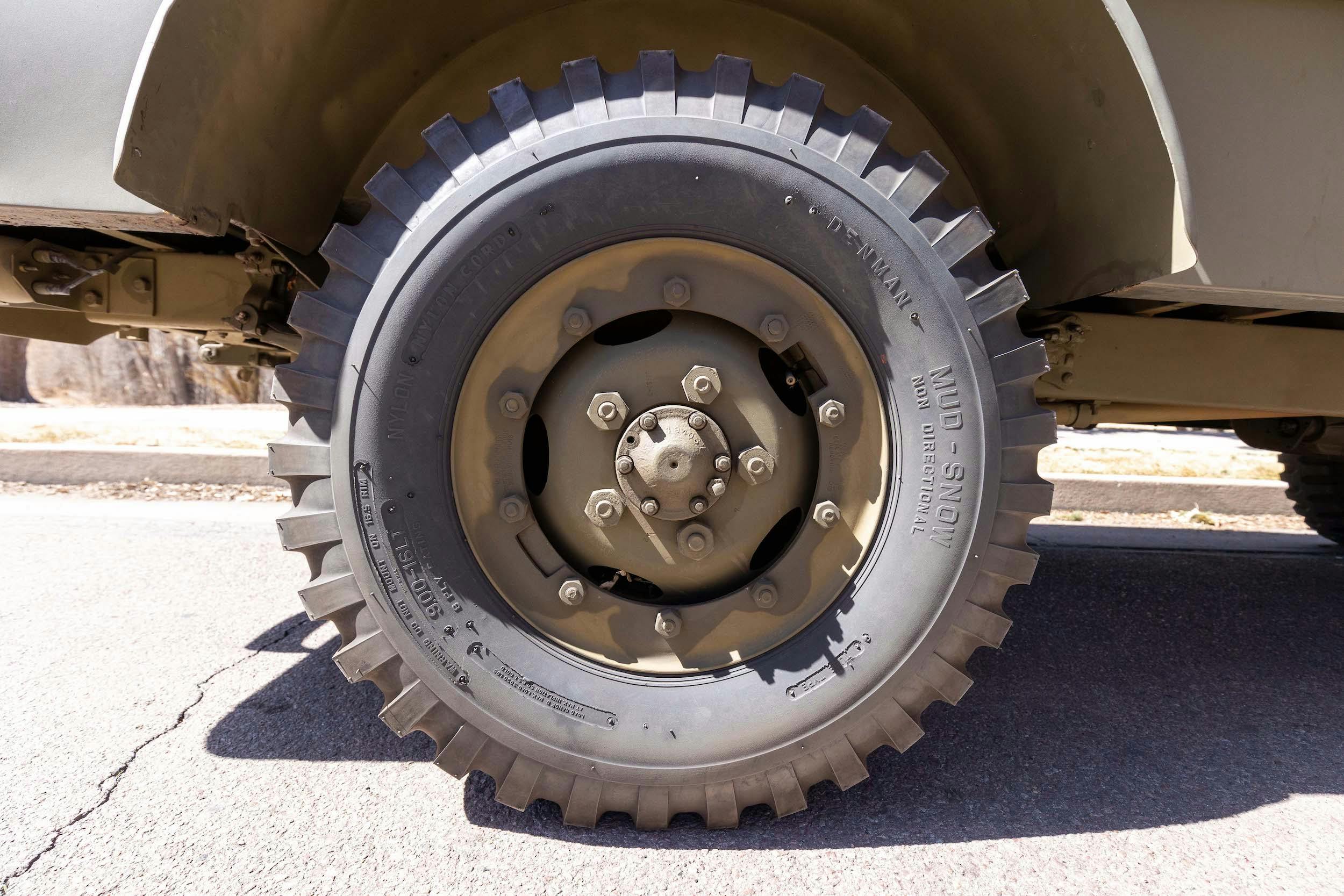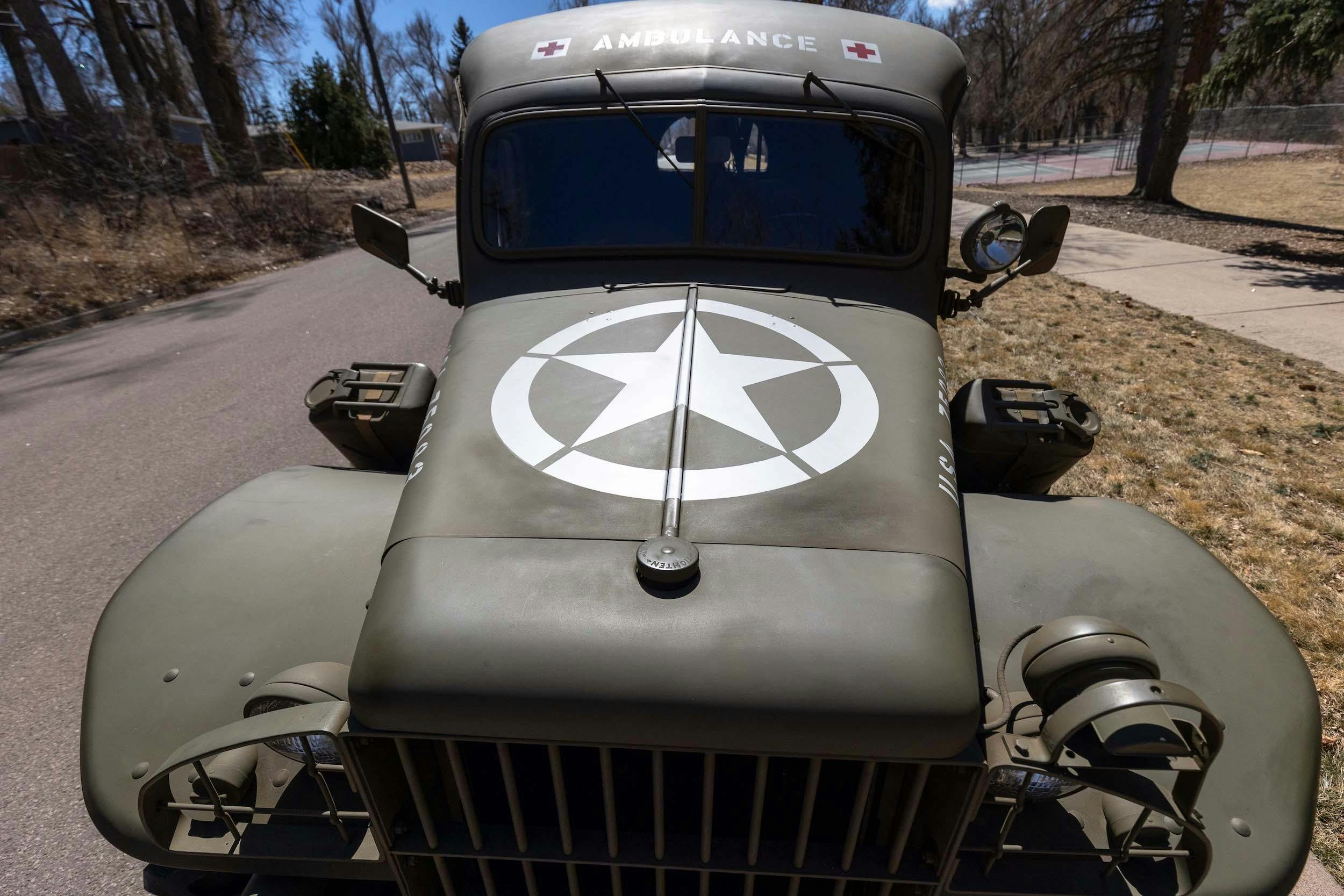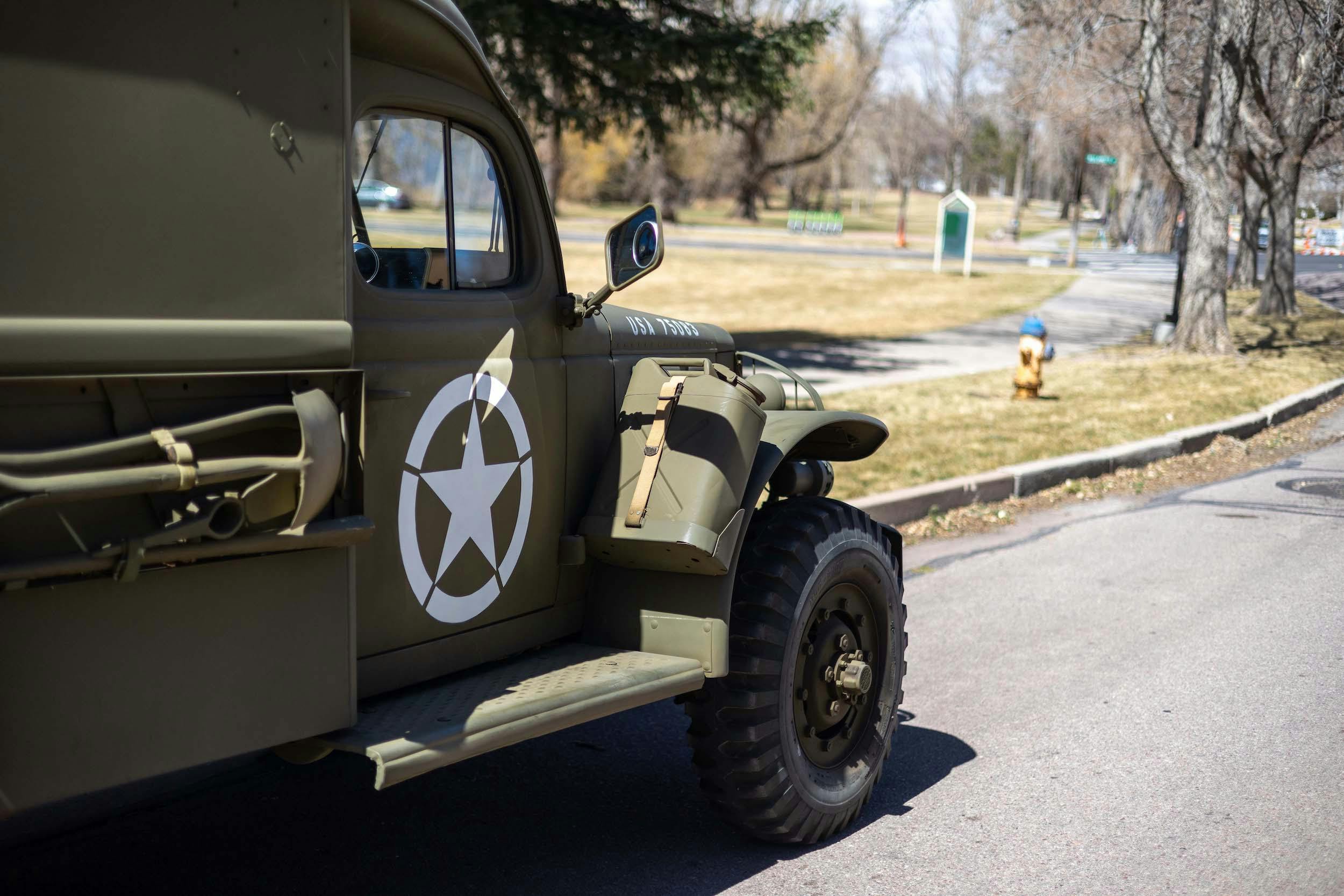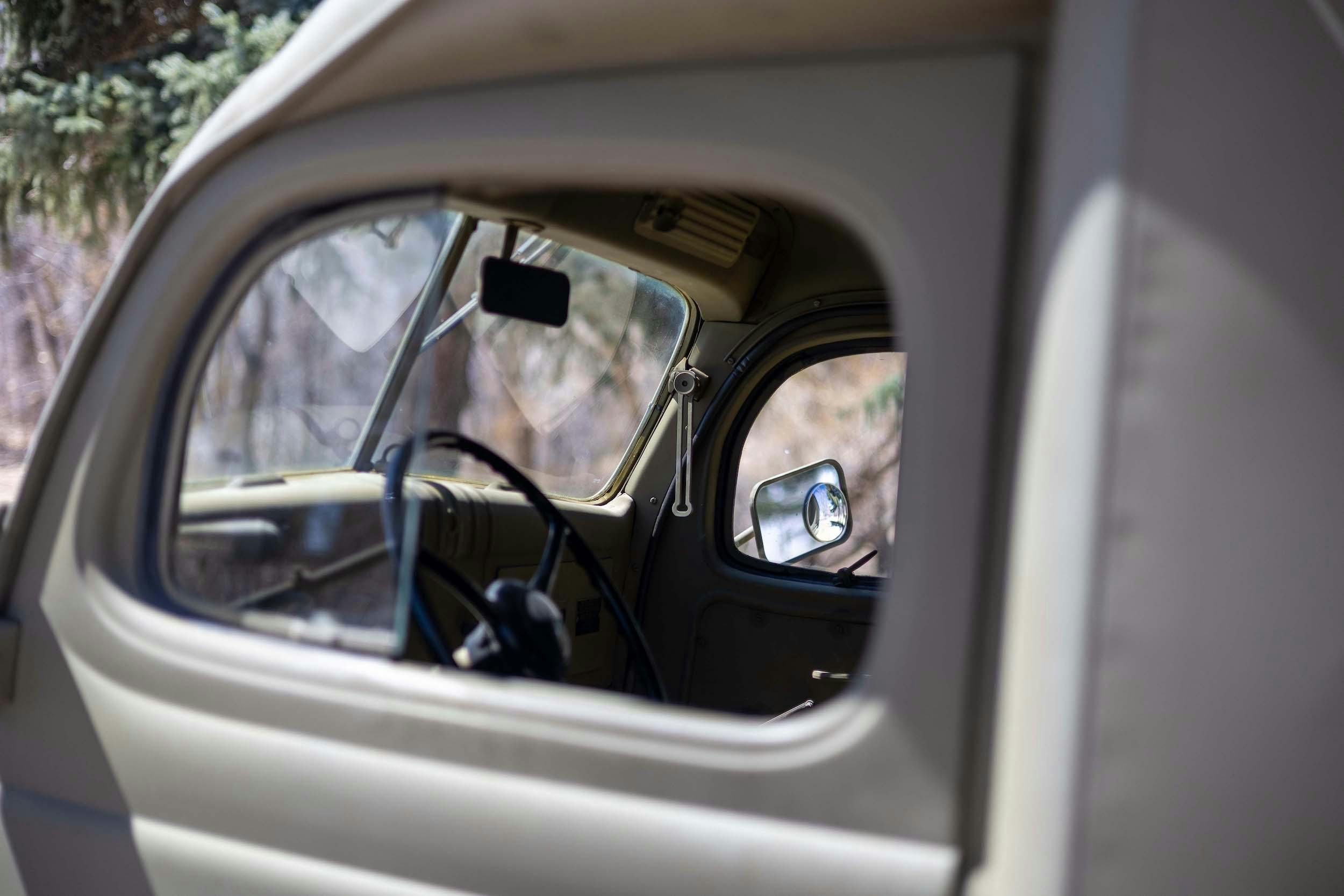Media | Articles
Auction Pick of the Week: 5 WWII classics ripe for summer romps
With spring in session and summer on the horizon, now is the time when military vehicle enthusiasts wake up their engines. Owning a wartime classic opens up a whole slate of commemorative events and reenactments to participate in, including Memorial Day and Independence Day parades. Beyond all the pomp and circumstance, however, it’s the subtle day-to-day joy of having a military classic around that often gets overlooked.
Hagerty member Rob DiNuzzo knows not to overthink it when it comes to his 1964 GAZ 69M and why it works so well amid the ranks of his family’s eclectic collection, “It will drive over anything. It’s super fun. It sits up high. It’s loud. My kids love it.” What more do you need it to do?
Finding retired military vehicles to buy isn’t difficult. Targeting those that have been restored or maintained appropriately is another matter entirely. Well-vetted examples will pop up for sale on occasion, but certainly not as often as your common muscle or sports car. Five vehicles of WWII-era militaria currently on Hagerty Marketplace are rare examples of well-cared-for machines that stem from a single collection—a history buff’s passing of the torch if you will—and each will make immediate enjoyment for the next steward(s) even easier.
1941 White Scout Car
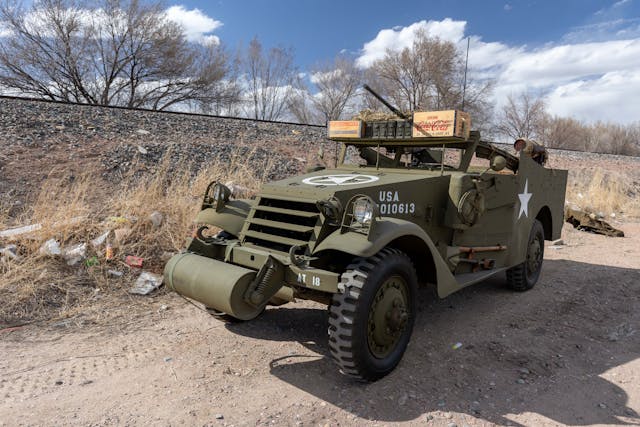
Hey friend, want to man the .50? Sorry, this one is obviously a de-militarized prop, but don’t let that stop you and your closest pals from rumbling around in this fully kitted M3A1 Scout Car searching for era-appropriate play dates.
Produced by the White Motor Company of Cleveland, Ohio, and deployed in the Pacific and European theaters during WWII, the M3A1 Scout Car grew out of the previous M3, with more refinement and an extended wheelbase. As the scout car designation implies, it was outfitted primarily for reconnaissance use, with space for up to eight personnel. A front-mounted roller may give it an awkward face, but that advancement helped the M3A1 unstuck itself when going over narrow trenches and pits. Power is supplied from a 320-cubic-inch Hercules JXD inline-six making 110 hp, enough for a tolerable, 55-mph cruising speed with a stiff wind at your back. So avoid the interstate, Private, and let it shine in a different arena.
Marketplace
Buy and sell classics with confidence
The seller bought it locally in the Colorado Springs area in 2019 (along with the rest of the collection). Prior to his ownership, in the 1990s it underwent a head-to-toe restoration, with either original or new old stock parts sourced as much as possible. As you’ll see in the gallery below, there’s no shortage of goodies to play around with.
The other four vehicles up for grabs in this party are all mil-spec WC-series Dodges, from 1941–42. Looking to expand on its prior VC series, Dodge manufactured its half-ton WC series trucks in over 38 different configurations, with 30 of them being 4×4-equipped. The chassis was incredibly popular for serving a variety of roles, as WCs became closed-cab pickups, open-cab pickups, weapons carriers, command cars, radio cars, and ambulances, to name a few.
1941 Dodge WC-3 and WC-21 Weapons Carriers
Trailing only Jeeps, Weapons Carriers are quite popular in WWII collector circles, with these two featuring less common open-cab layouts. At one point, these Dodges were even informally referred to as “jeeps” by some G.I.s, before Willys and Ford quarter-ton 4x4s arrived on the scene and mainstreamed the nickname.
The WC-3 here wears the newer restoration of the pair, finished in 2009 to “motor-pool-ready” operating standards. It even got a repaint that involved stripping the entire truck down to the metal, rare treatment for a vehicle of its type. Both feature 230-cubic-inch flathead inline-six engines and four-speed manual transmissions. The WC-3’s six burbles out 85 hp, while the WC-21 can make 90 hp from its correct, T-211-coded engine. Unfortunately, no prop guns are included with these, but nearly anyone can use some more jerrycans, shovels, and axes in their arsenal. Both trucks tote up to eight passengers and are true-blue body haulers.
1941 Dodge WC-6 Command Car
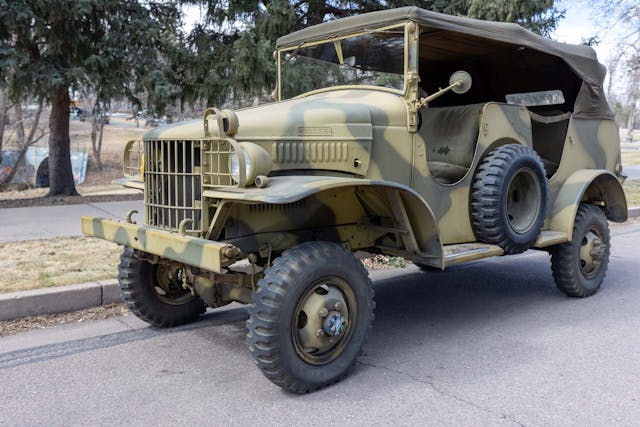
Only produced in 1941 by Dodge, this WC-6 made for a great candidate to go after some hardware. Restored in 1974 to award-winning shape, four years later it took home best in show at the inaugural Military Vehicle Preservation Association convention in Denver, Colorado. Later ditching the standard 230-cubic-inch flathead engine, this truck received a 251-cubic-inch Chrysler “Spitfire” transplant in the late ’80s, which gave it 30 additional hp, from 85 to 115. WC-6s have a rear storage compartment and seating for up to six. Inset tools and spare tires, along with swooping ingress/egress dips, give the body an unconventional shape in the world of utilitarian military cars.
1942 Dodge WC-54 Ambulance
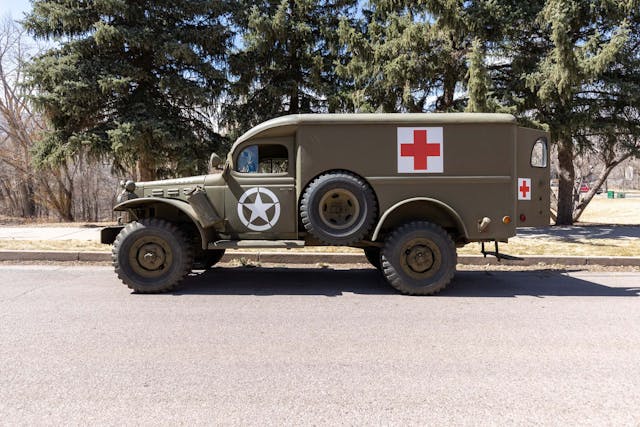
It’s hard to resist staring at the eye-catching big red cross. Once manned by the best who saw the worst, this WC-54 ambulance got the restoration treatment in the ’80s and has only seen 94 miles on the ticker since. Unoriginal to the WC-54 is a two-speed transfer case that came from a WC-62, a later one-and-a-half-ton Dodge. Creature comforts like a matrix cab heater and the fully enclosed rear box make this historical relic a real life-saver during shows when inclement weather rolls in.
By 1942, Willys and Ford quarter-ton 4x4s were more abundant and had begun rooting into the Jeep nomenclature, so naturally the larger half-ton Dodge trucks were affectionately dubbed Beeps, for big Jeeps. The moniker didn’t stick, however, and the Power Wagon brand grew out of the Dodge military truck lineage on the civilian side of the fence. Pushing this WC-54 down the road is a 320-cubic-inch flathead six that generates 92 hp. Stretchers and all, this ambulance is in resplendent shape. We do suggest calling up the real thing in case of emergency, however, as this one will get you to the E.R. at a rather uncomfy 55-mph max. If only style could heal.
Happy bidding or browsing, and always, support our Veterans. Auctions will end on Friday, May 12, at 4:00 pm EDT.
***
Check out the Hagerty Media homepage so you don’t miss a single story, or better yet, bookmark it. To get our best stories delivered right to your inbox, subscribe to our newsletters.
